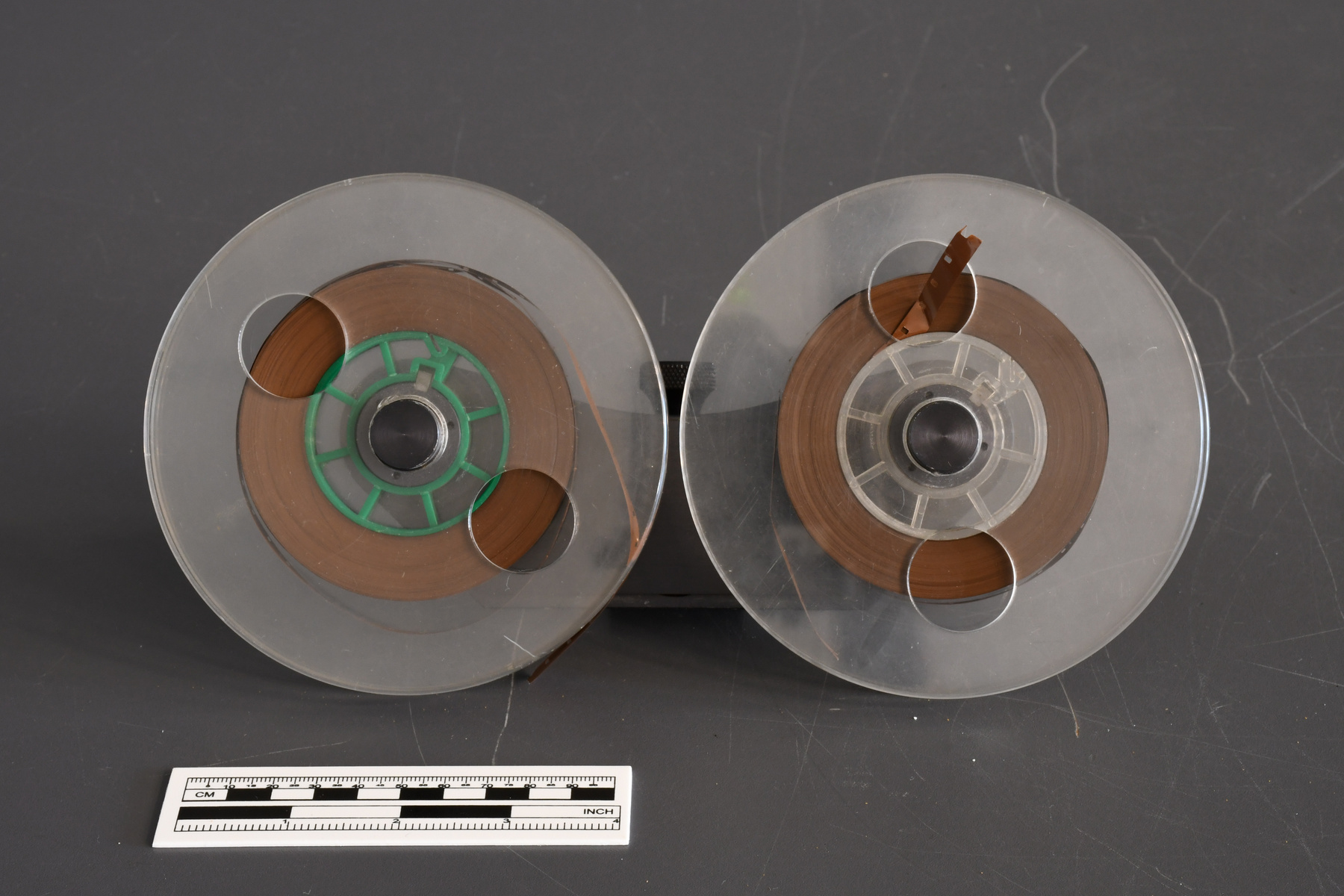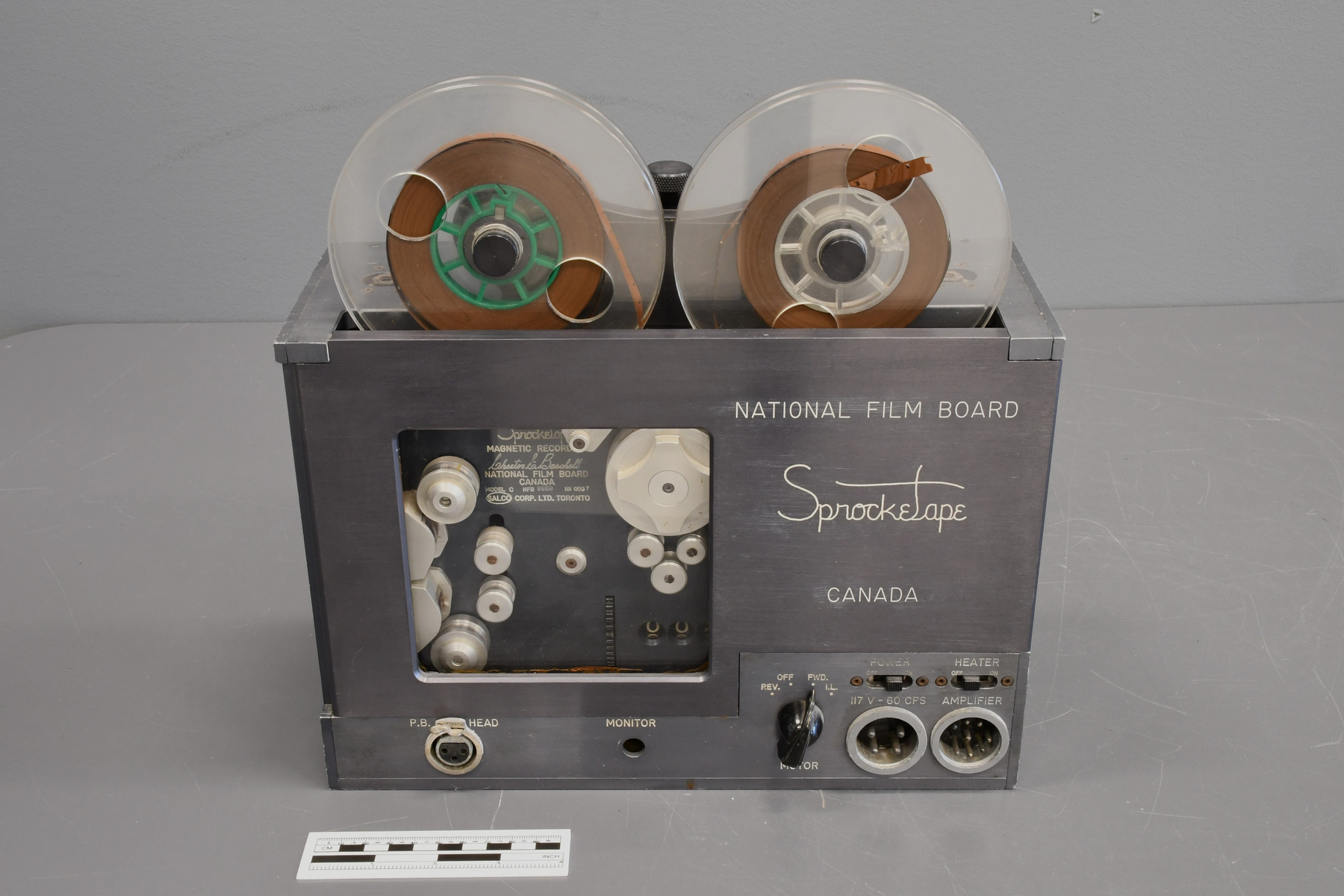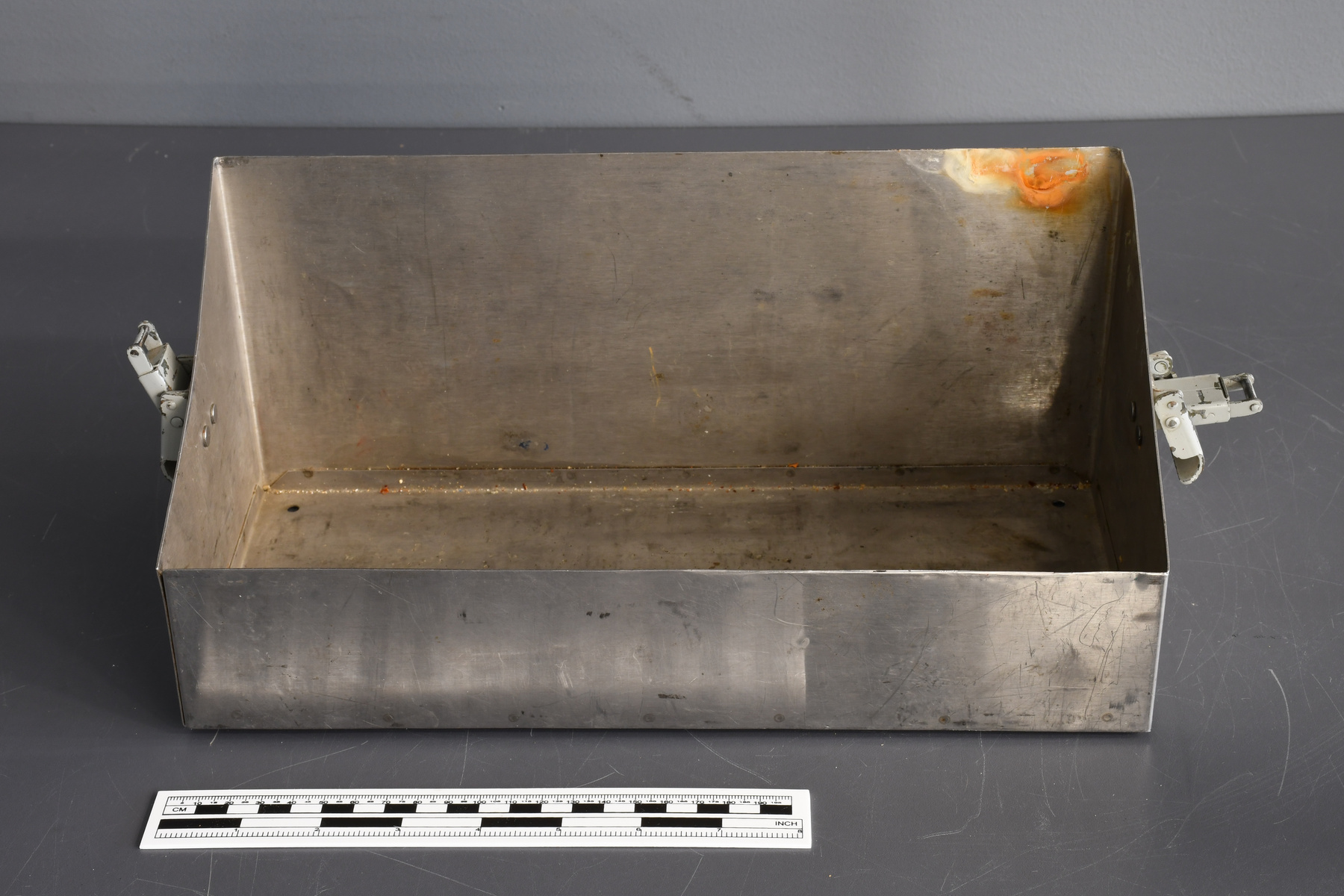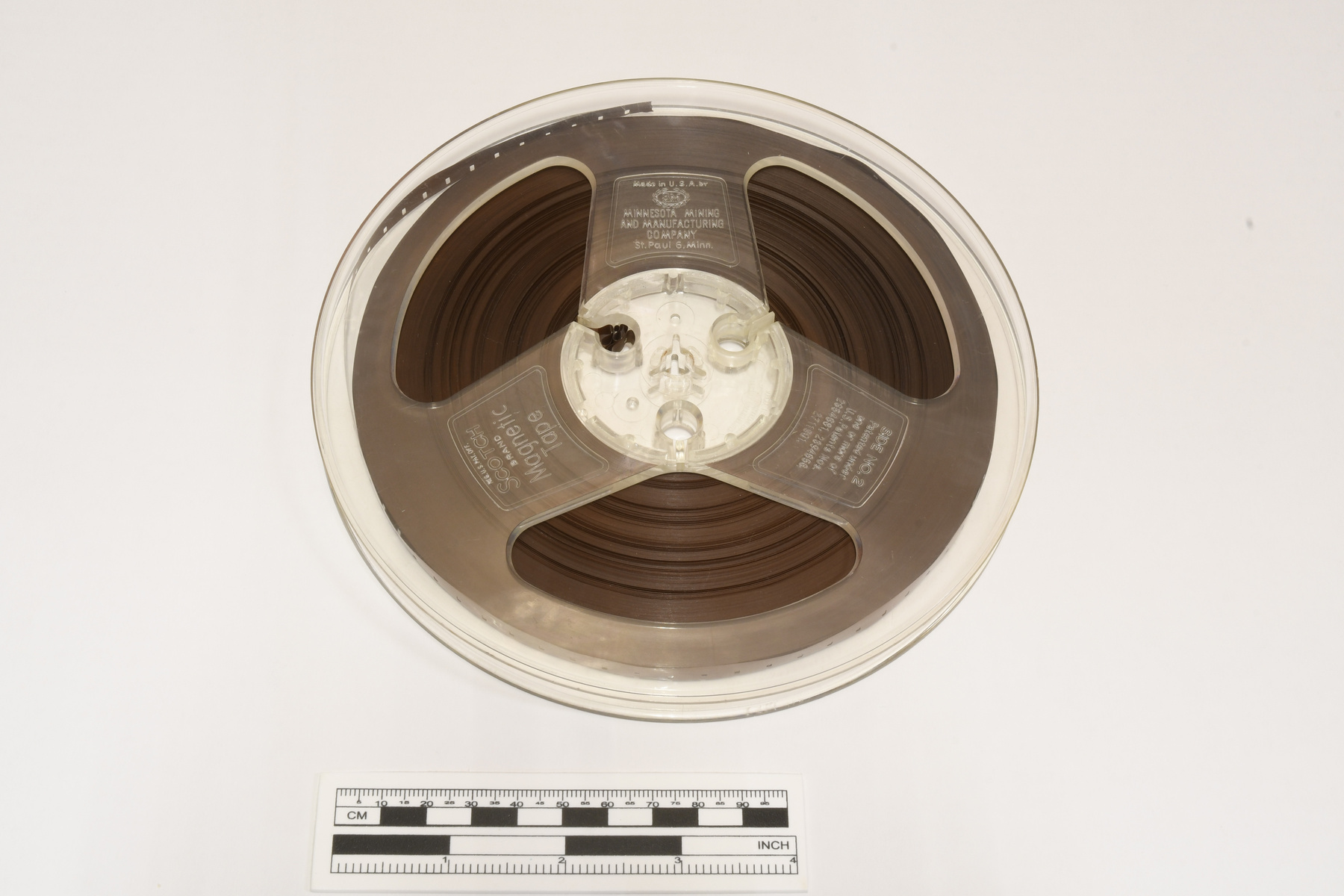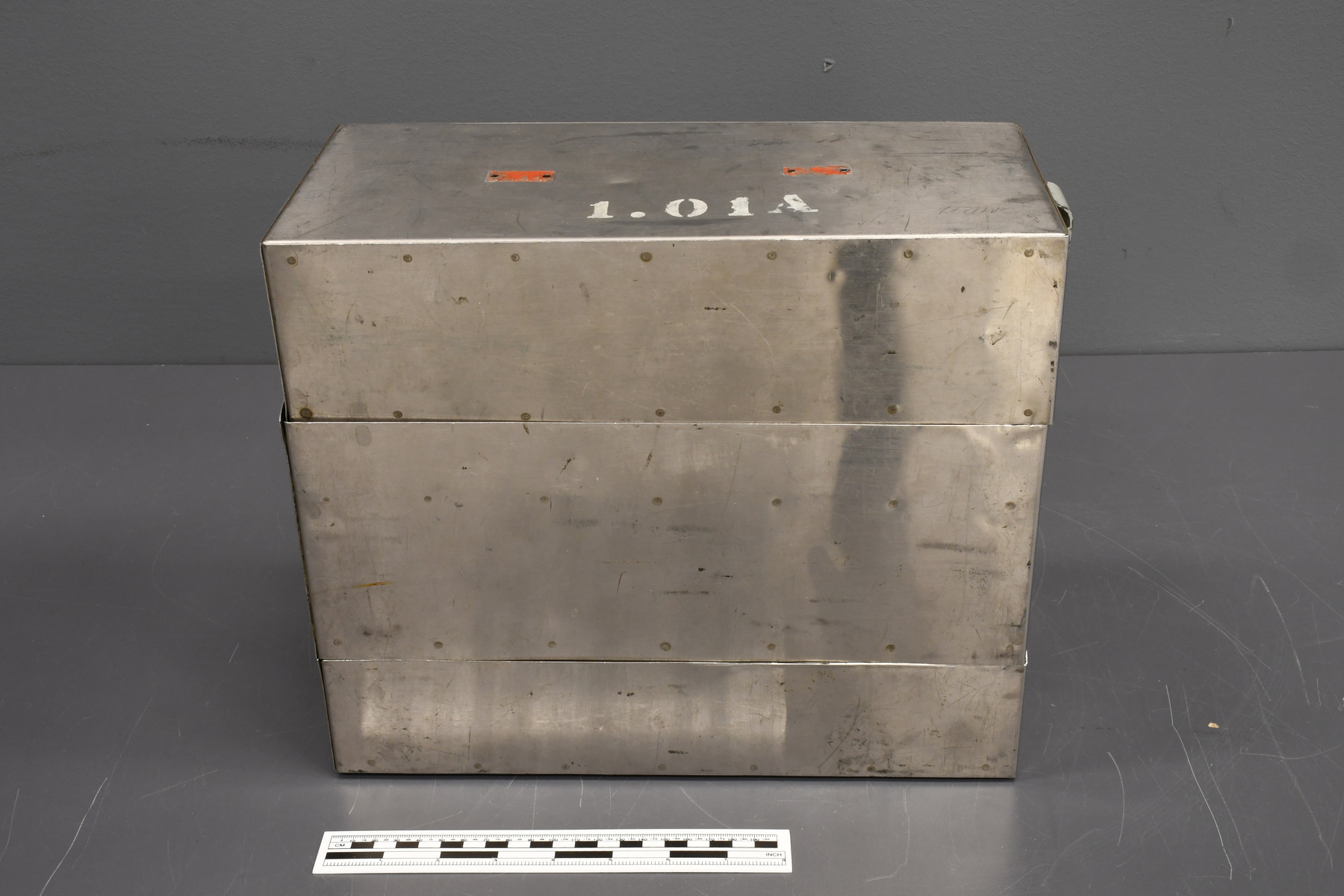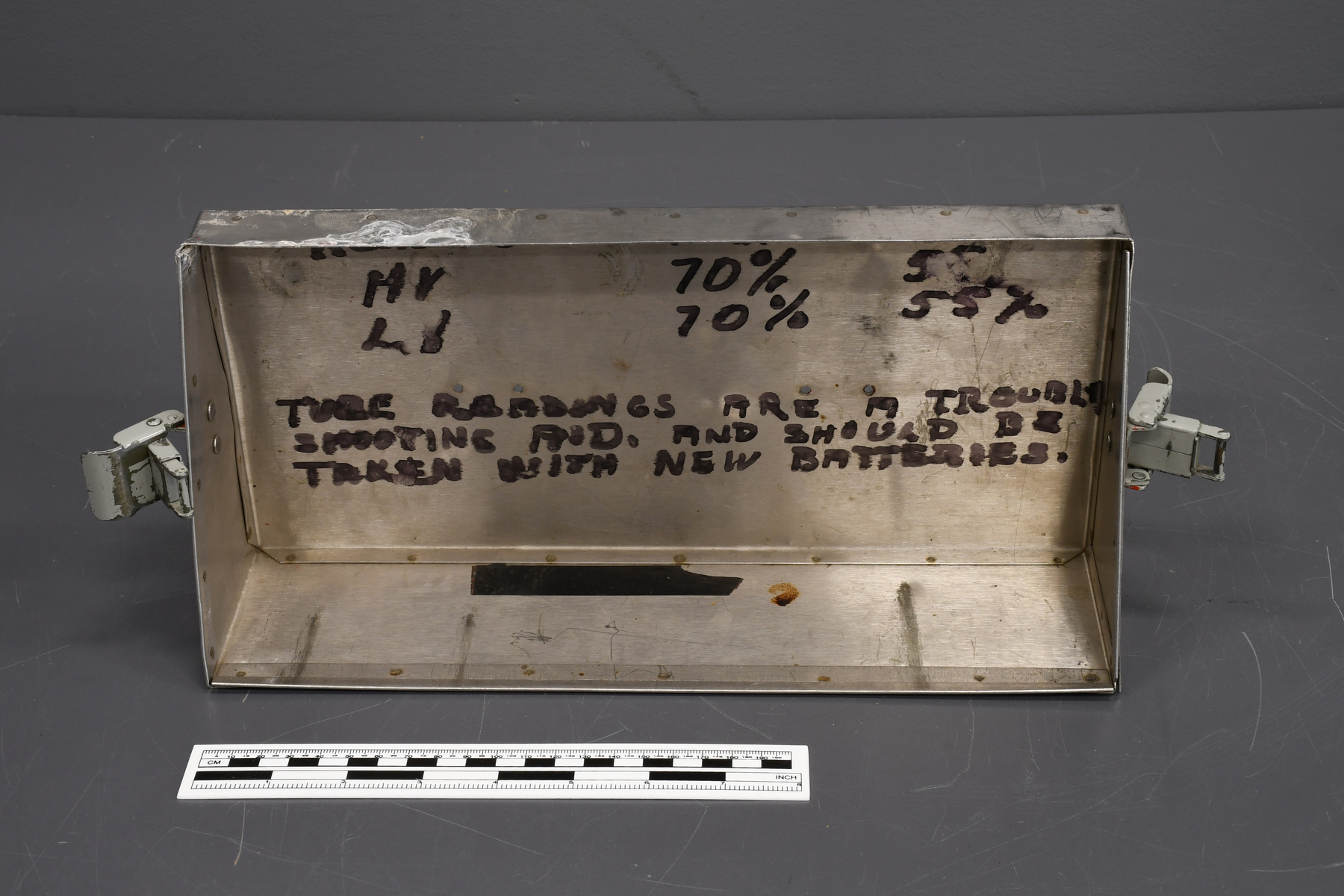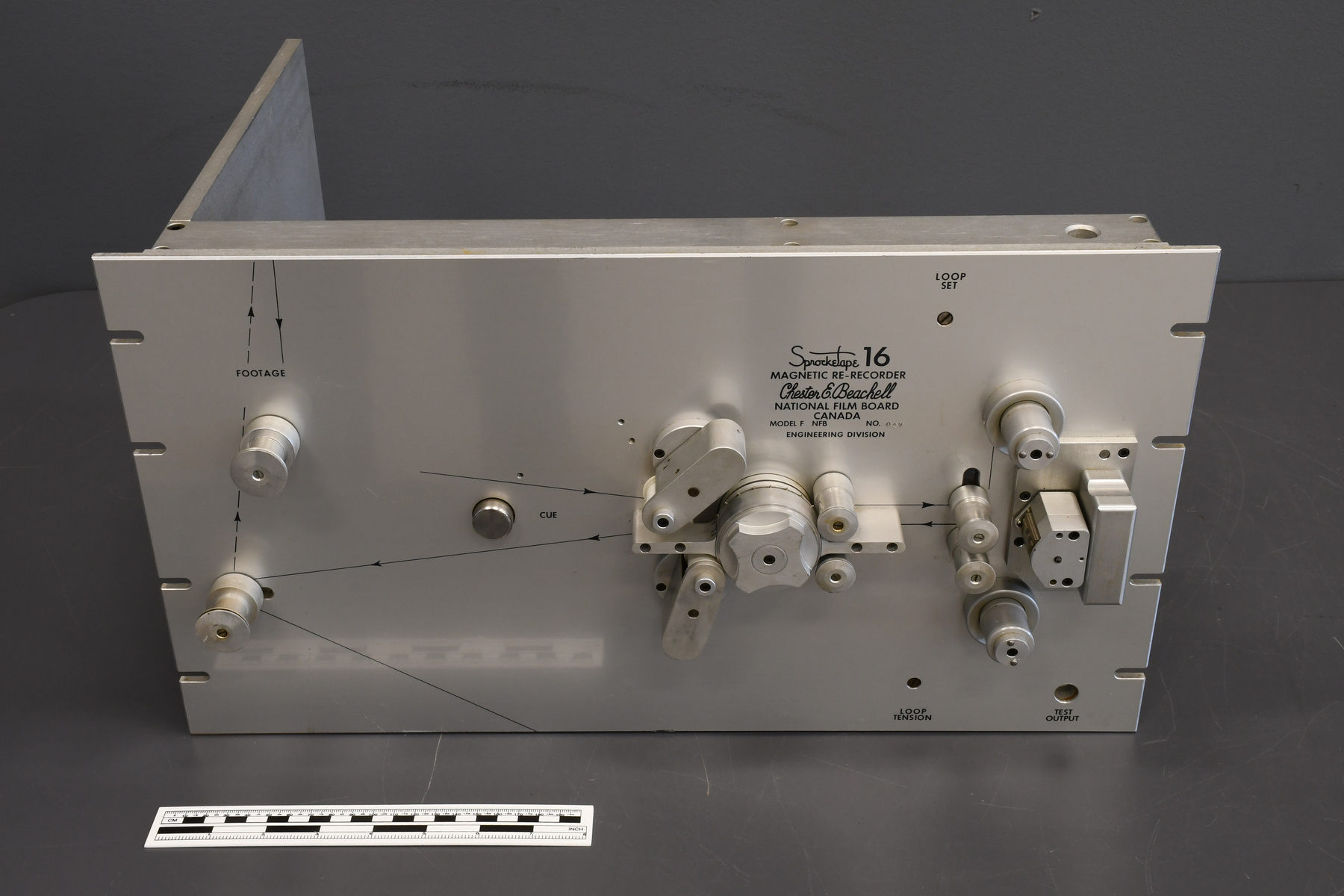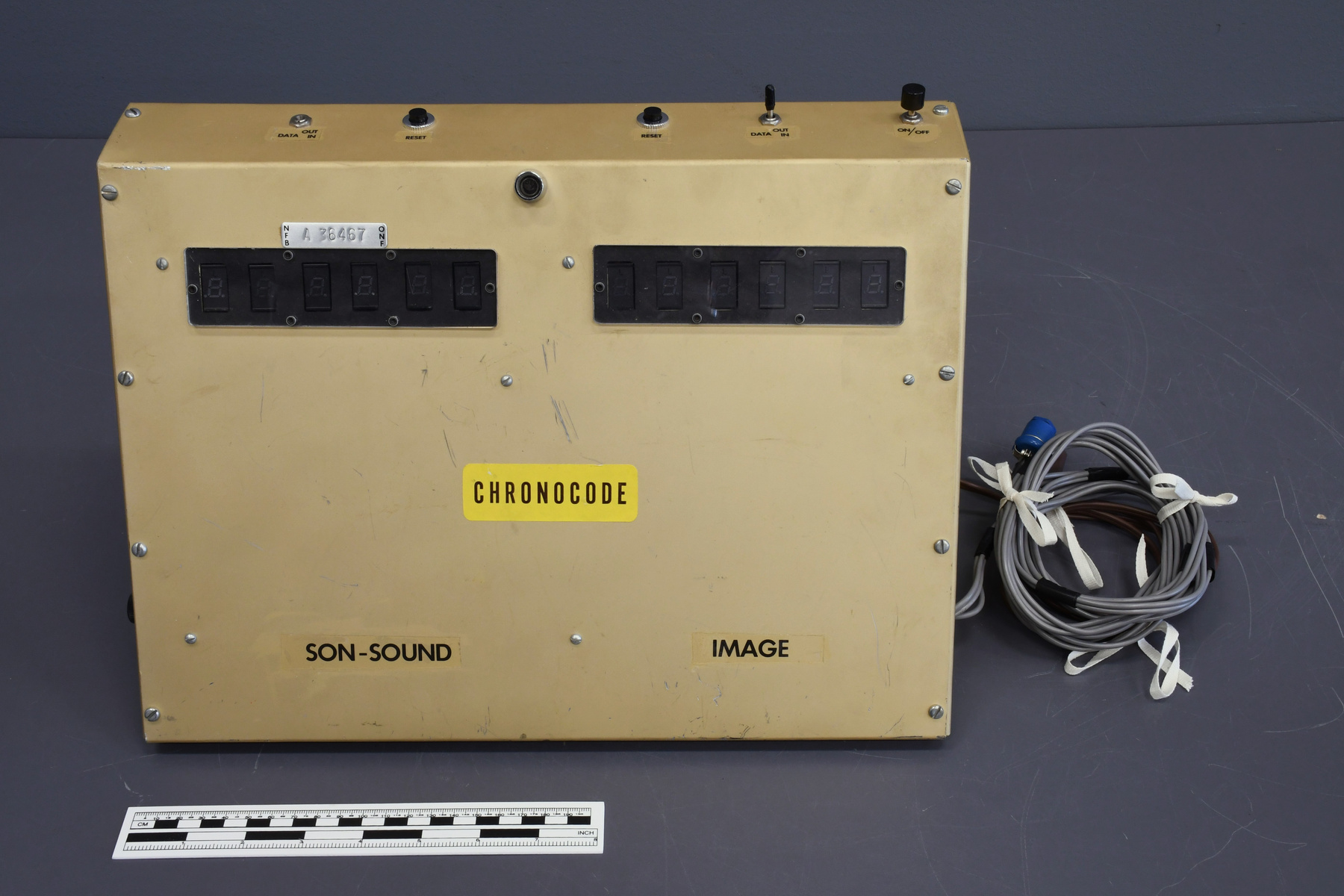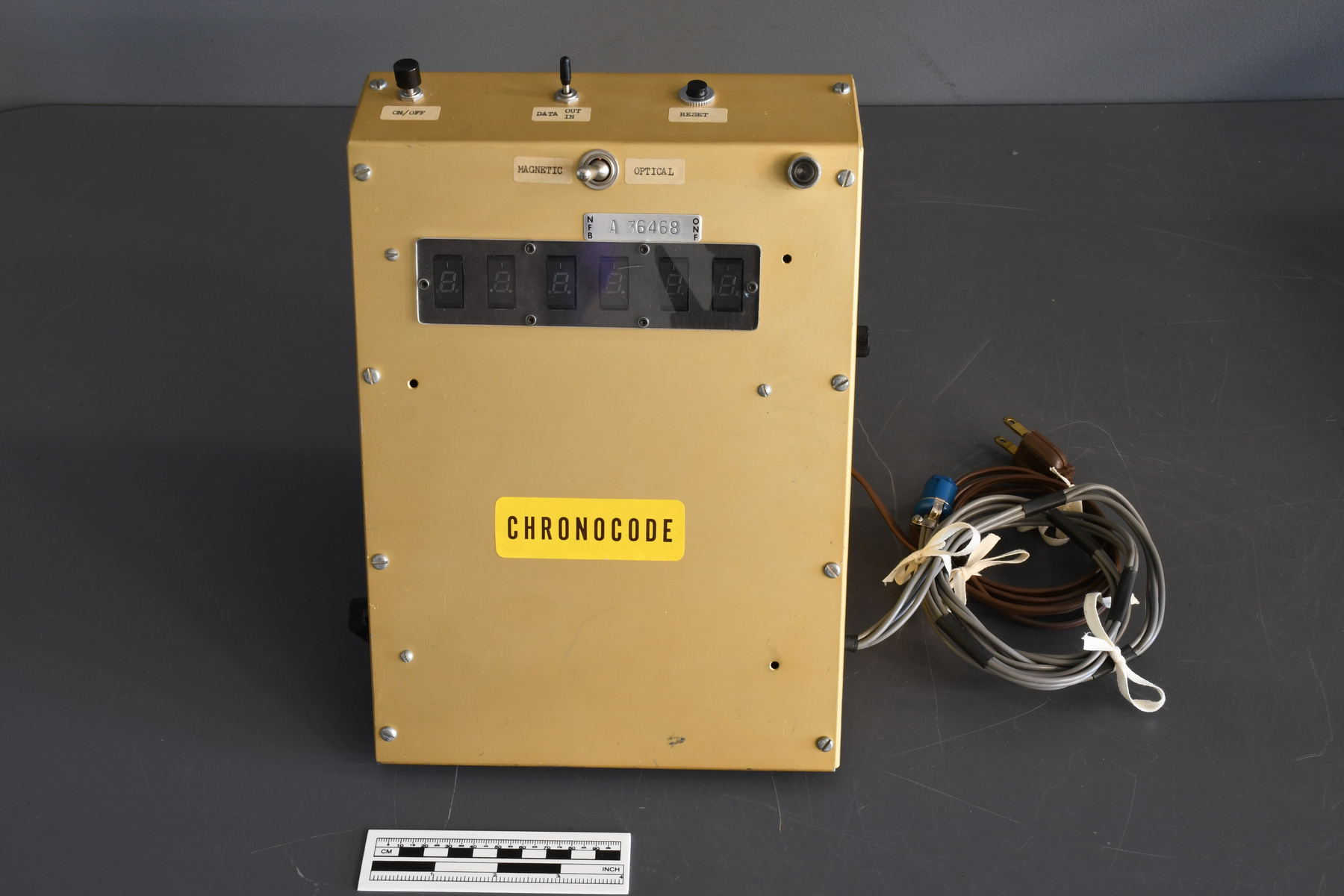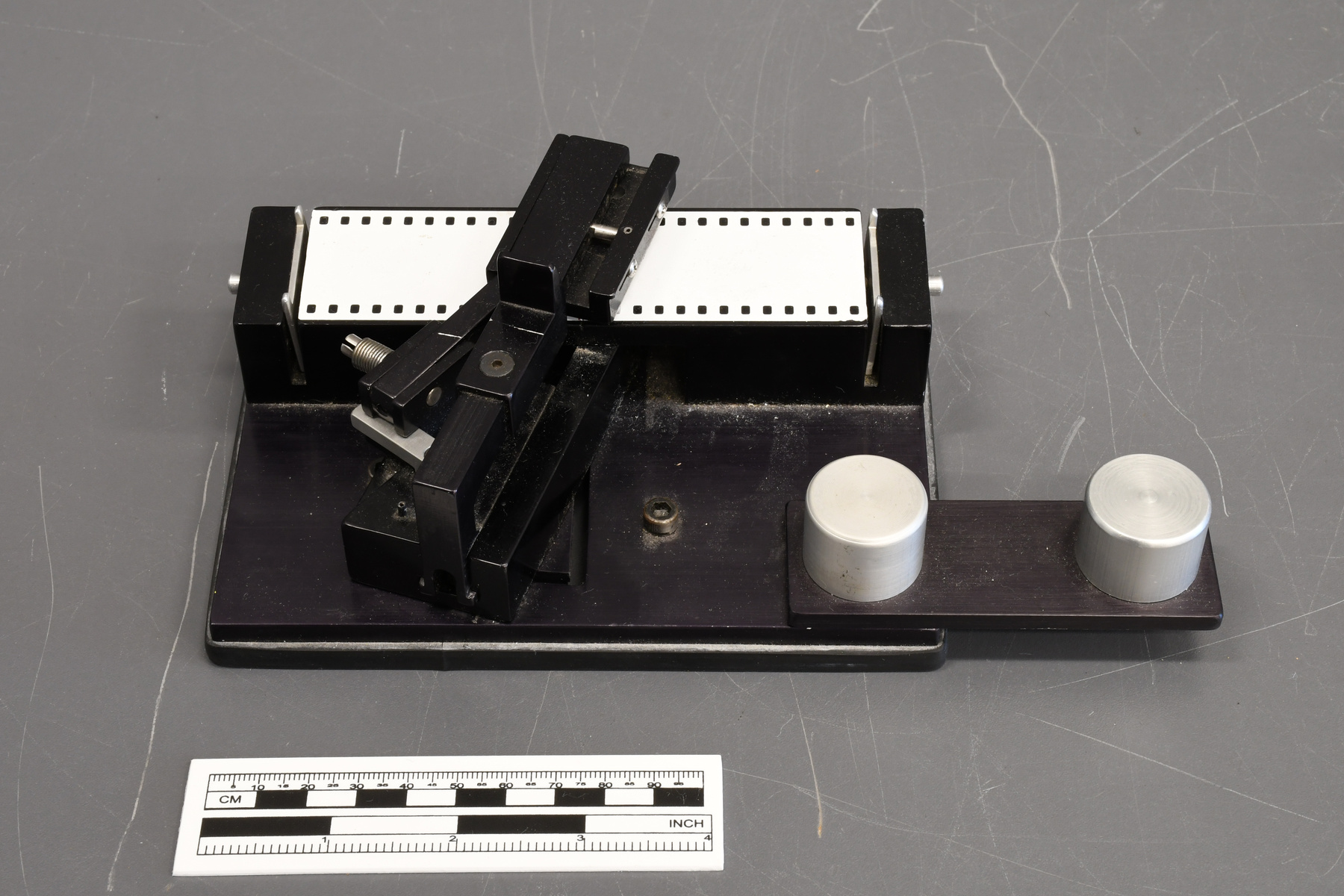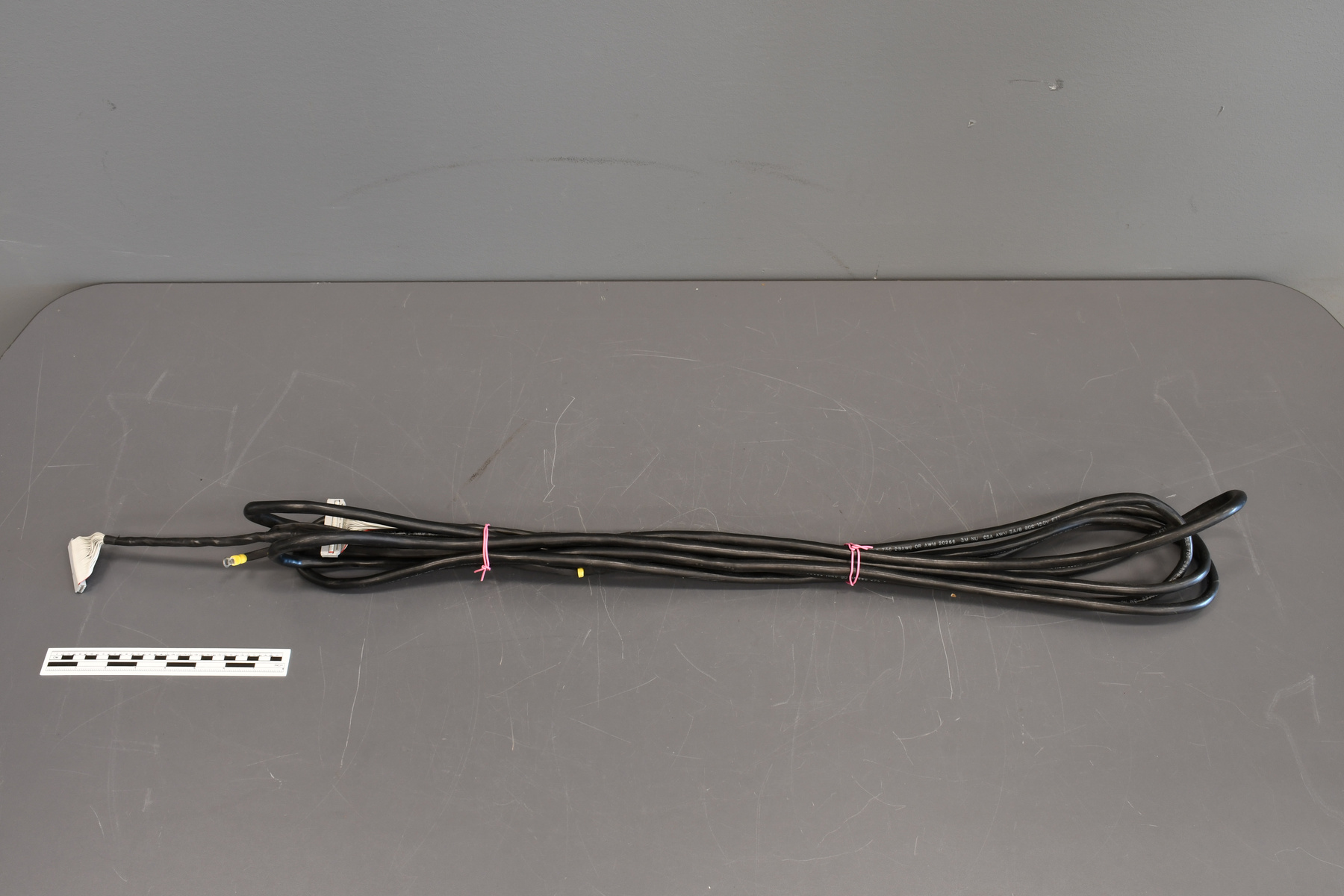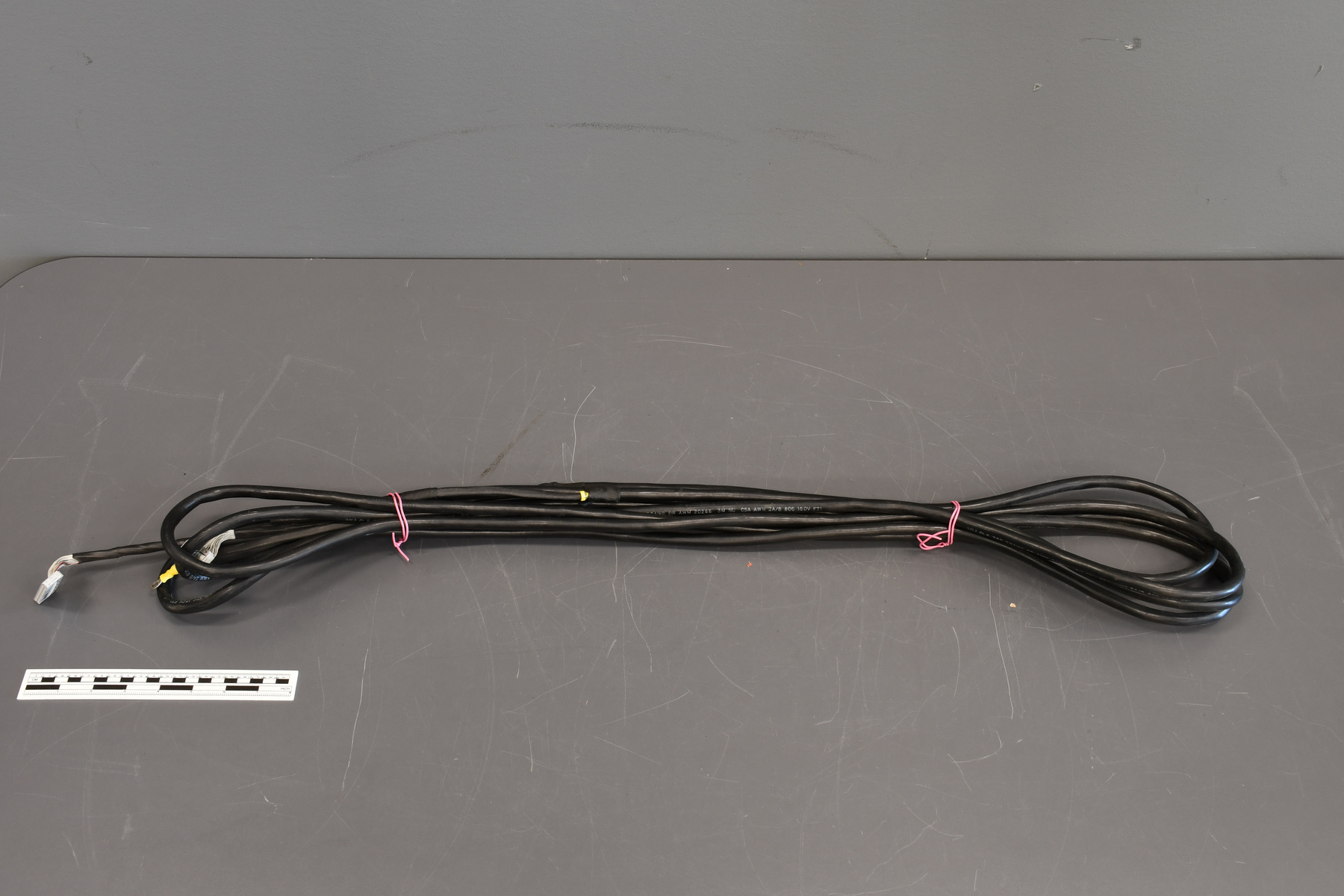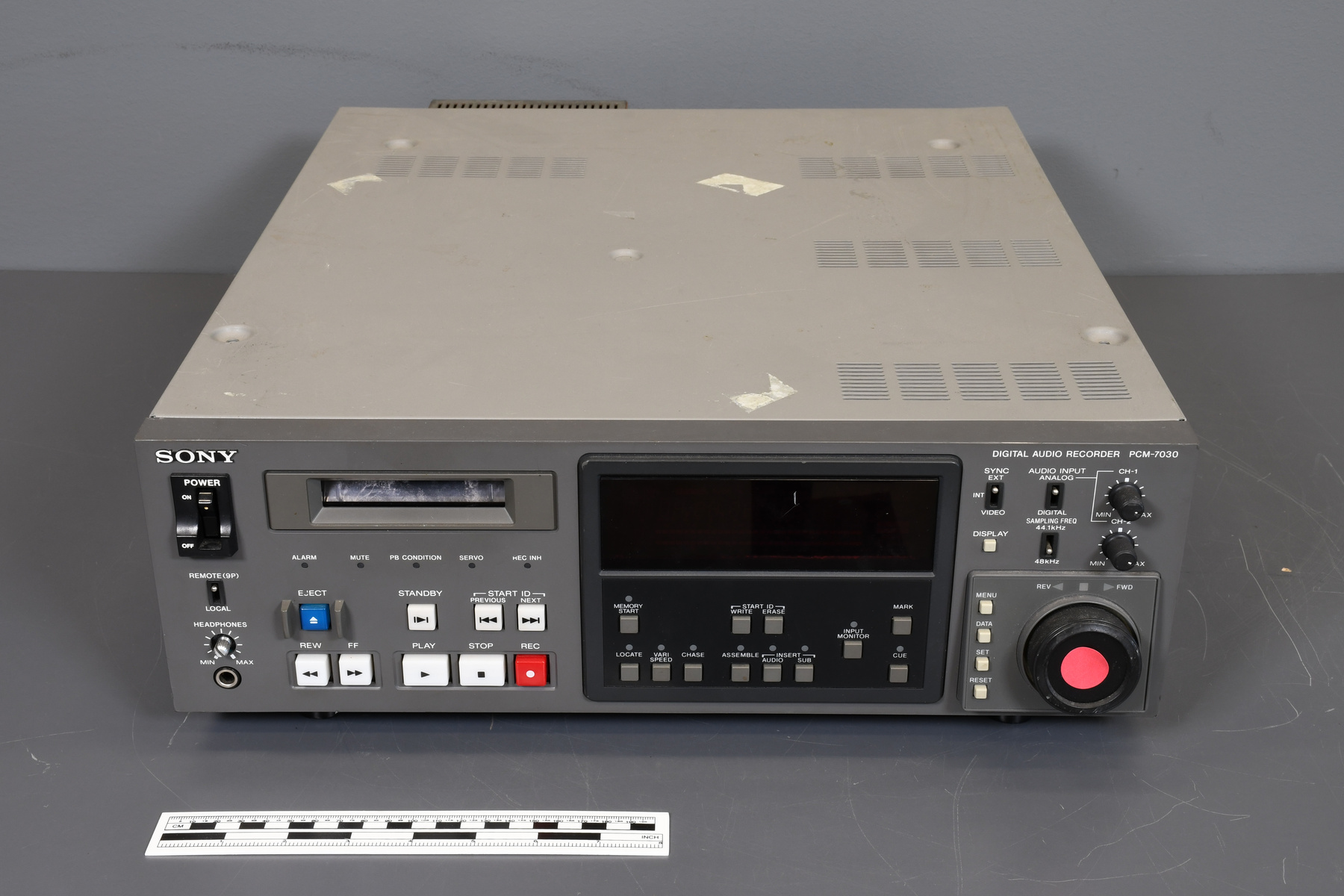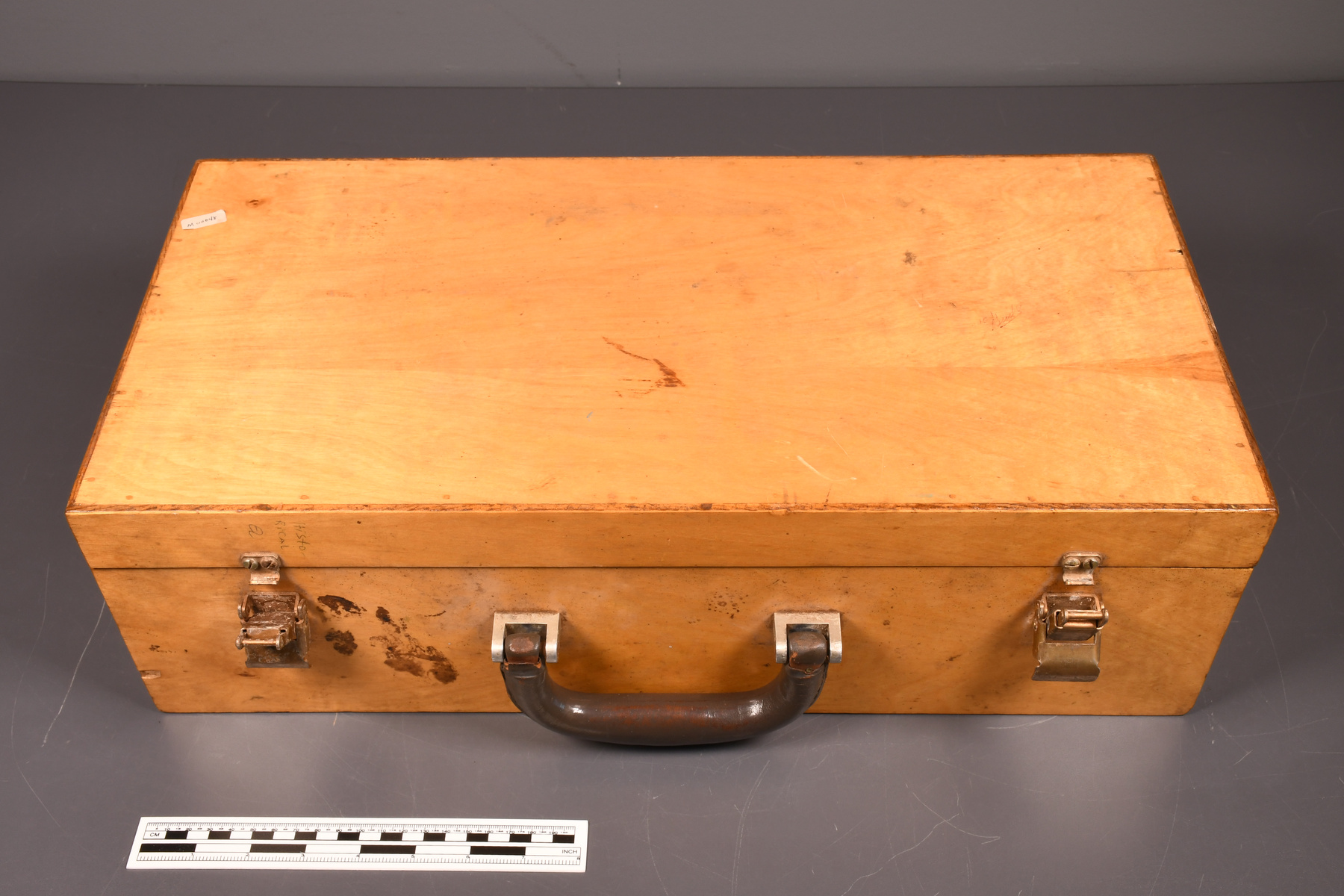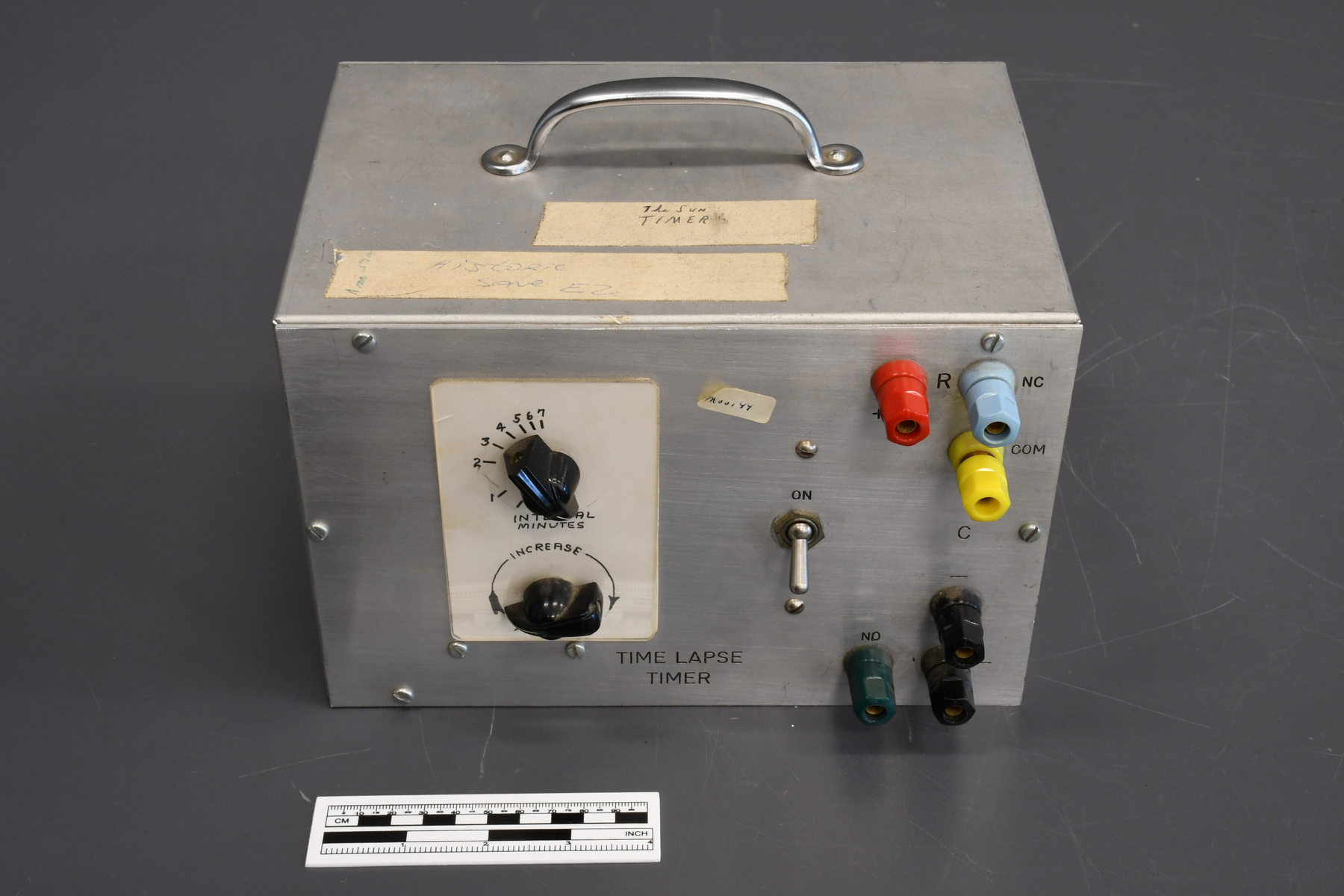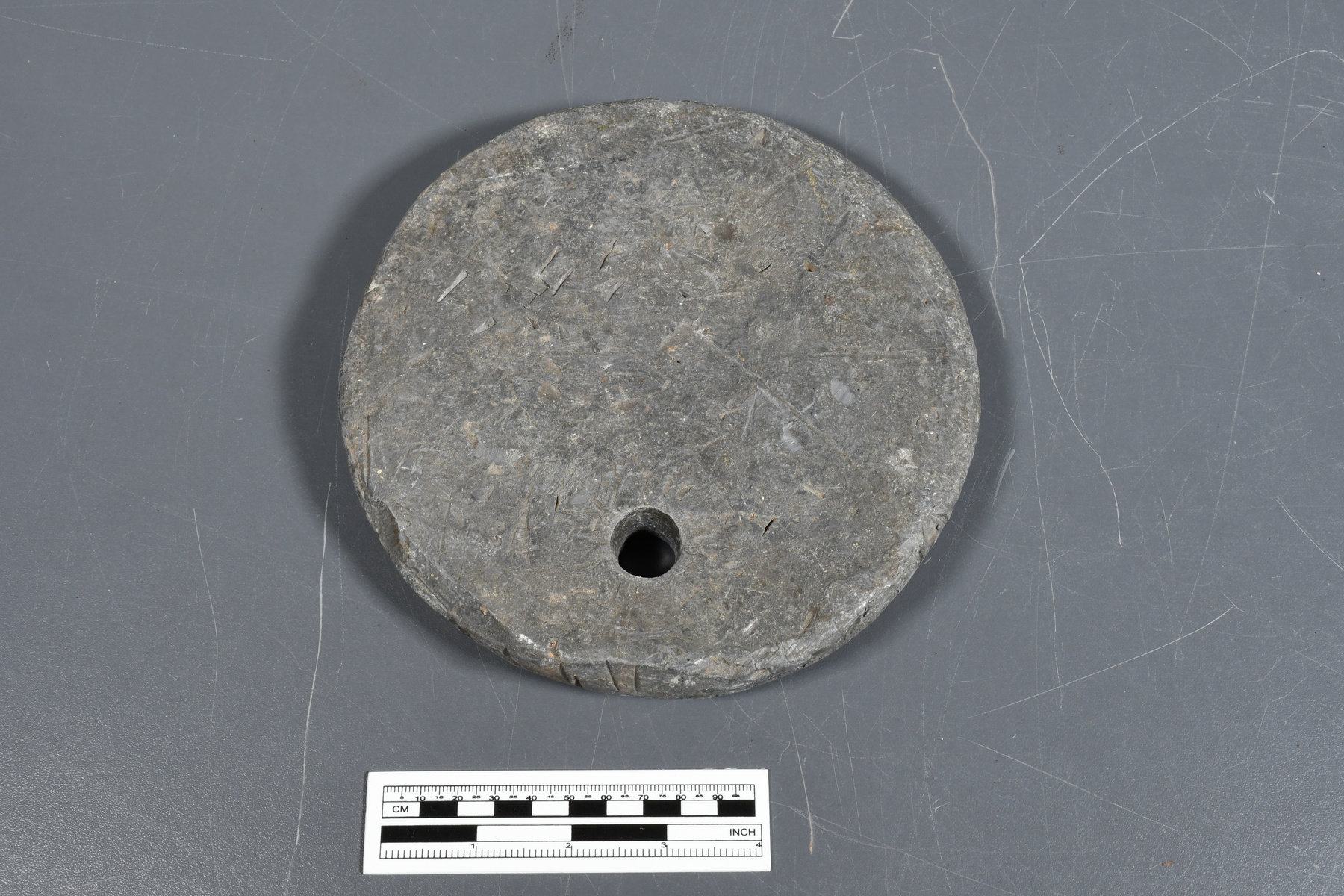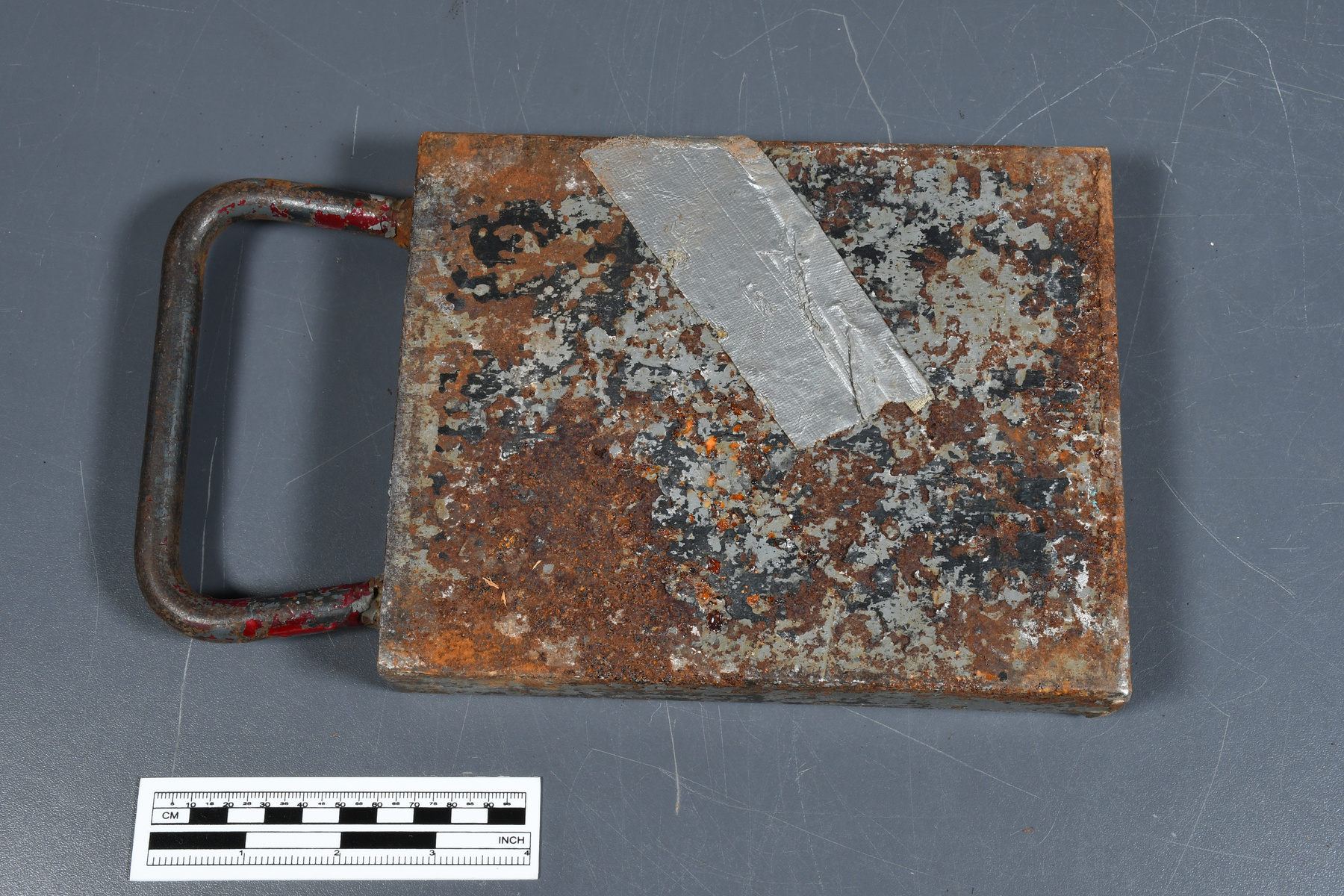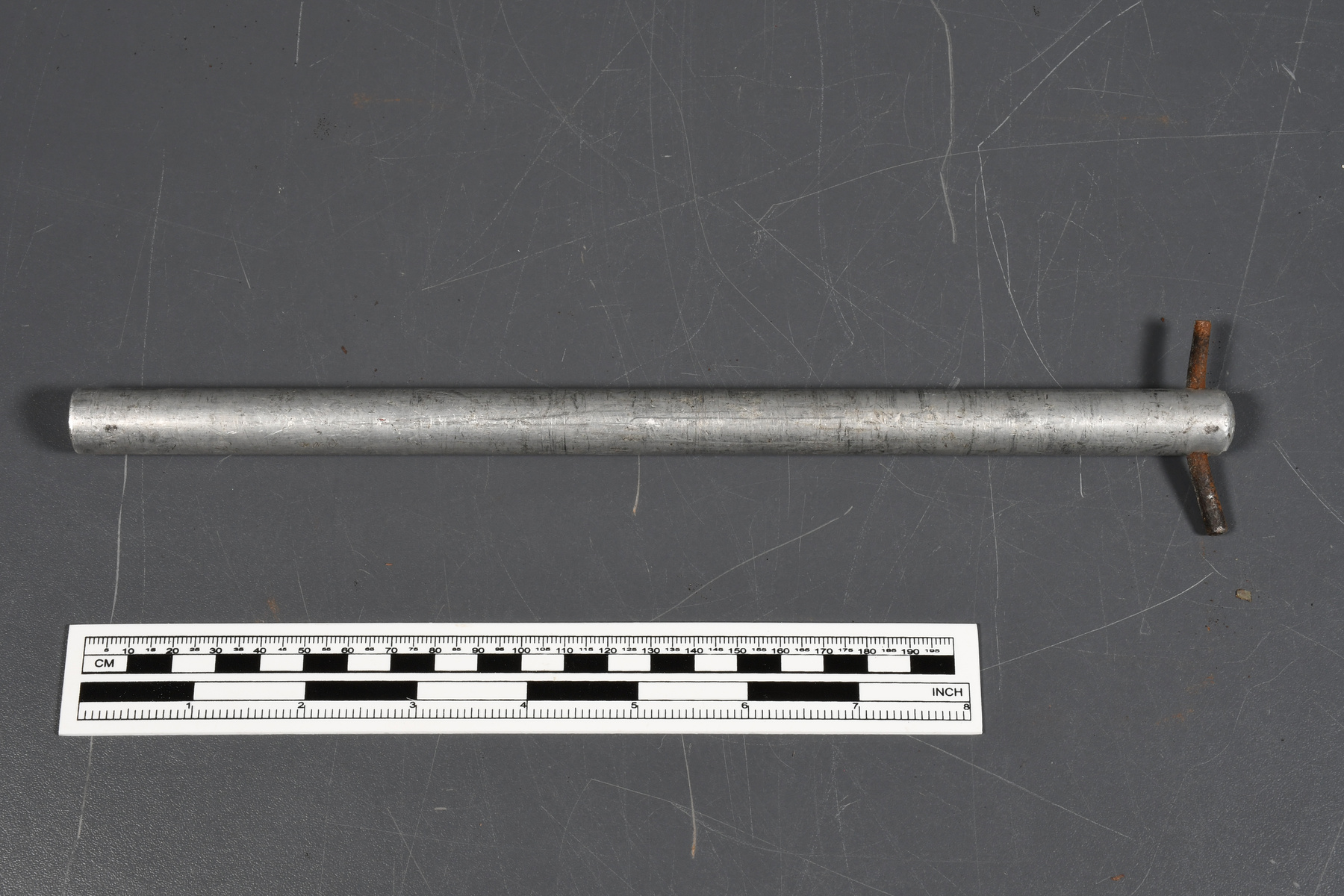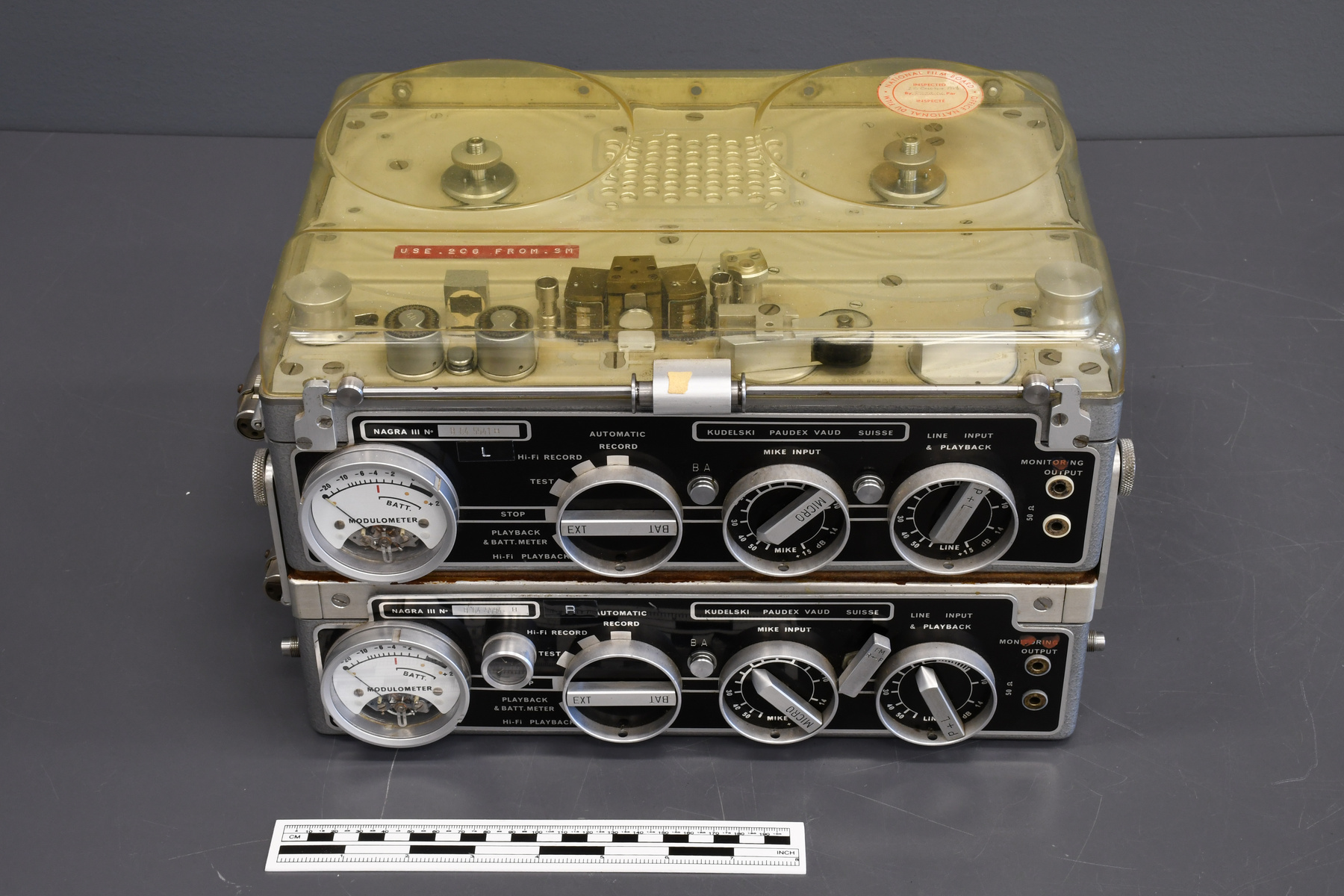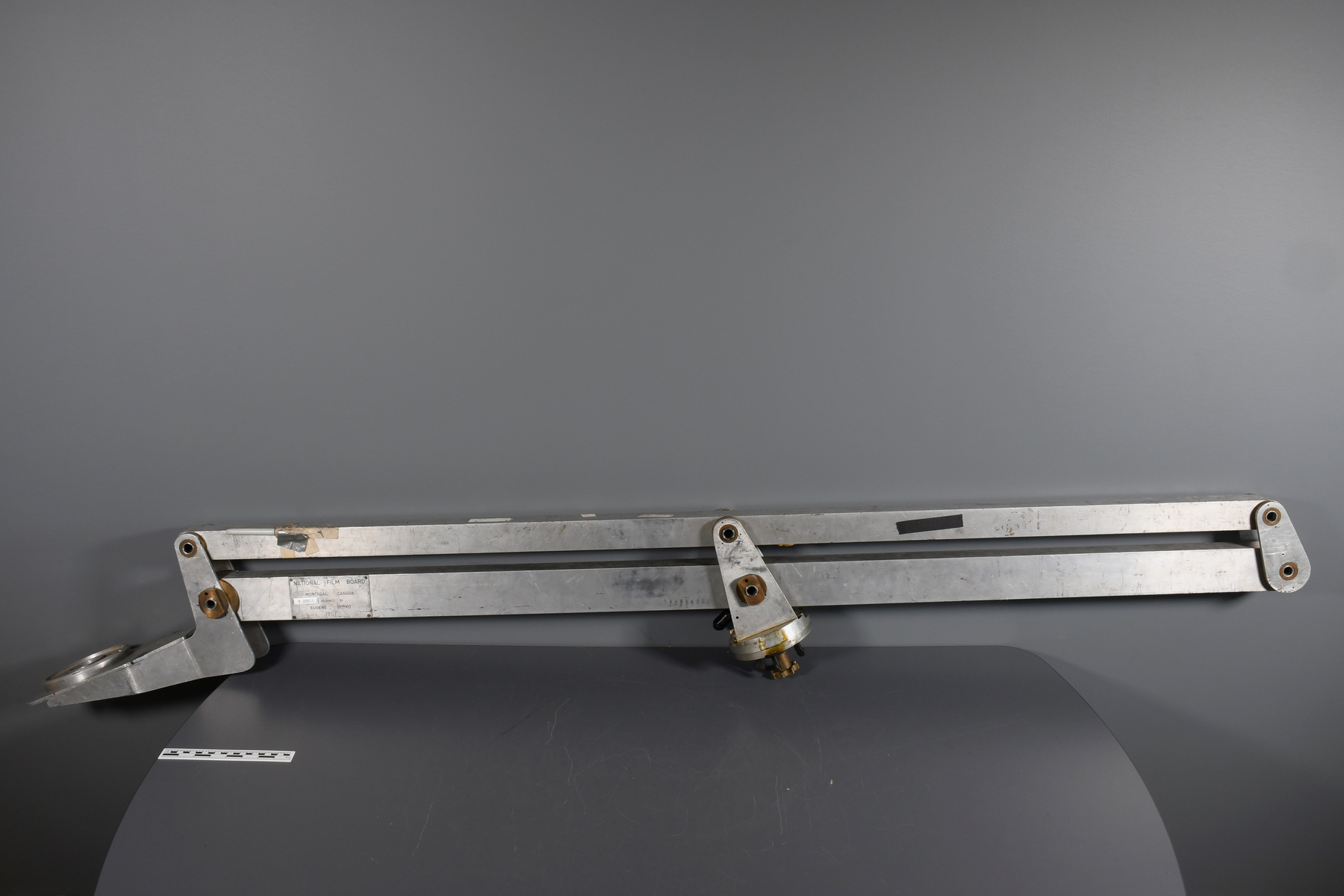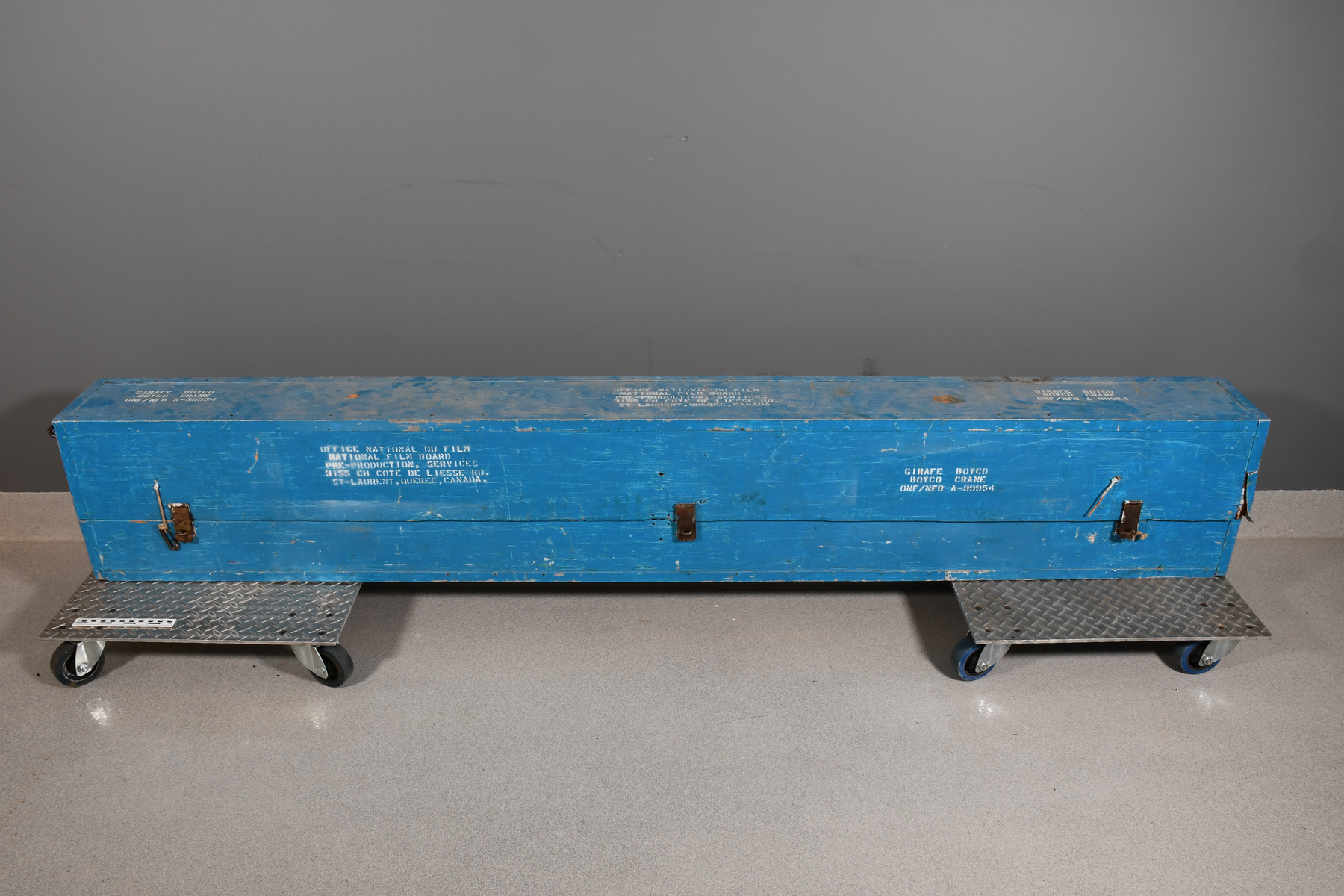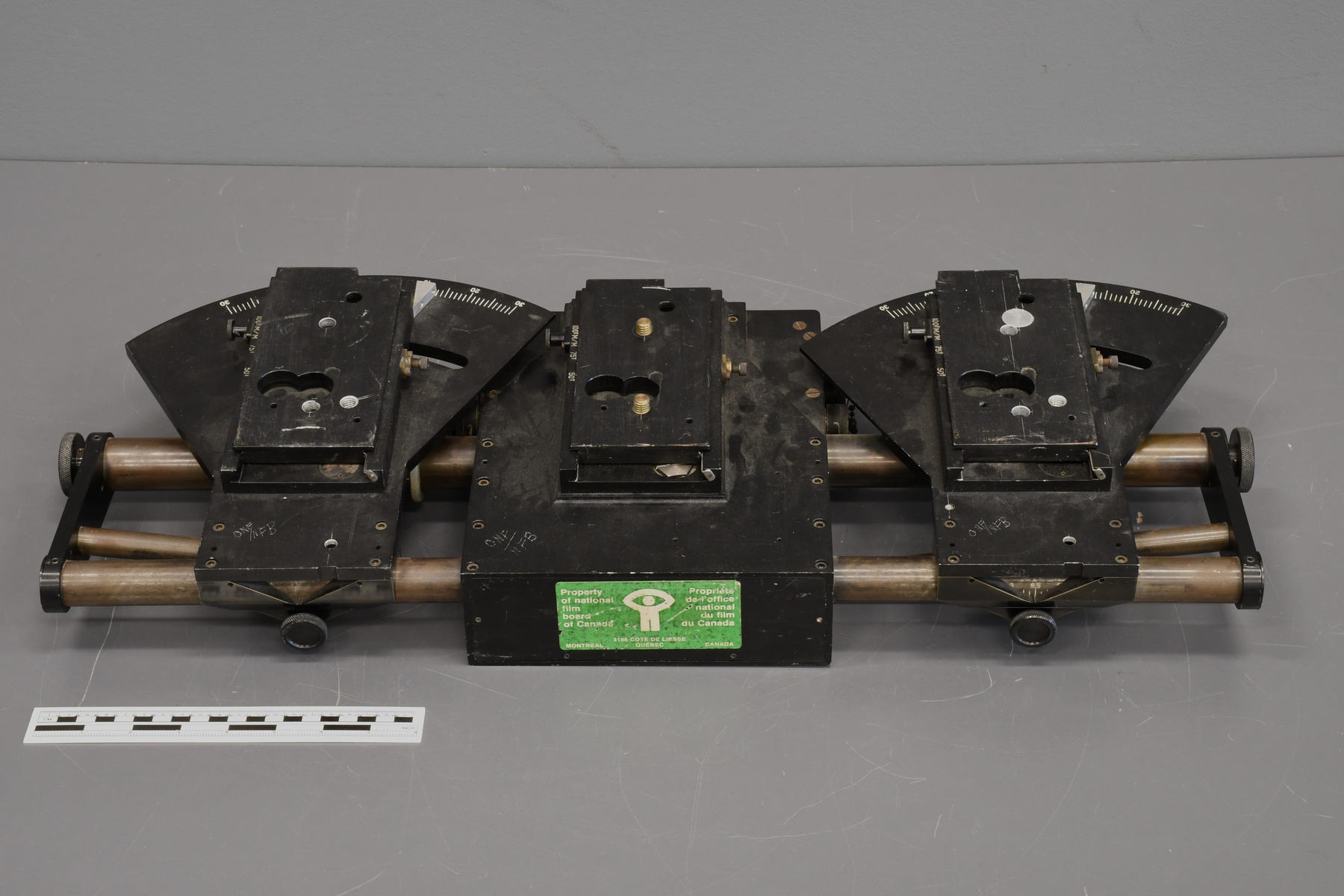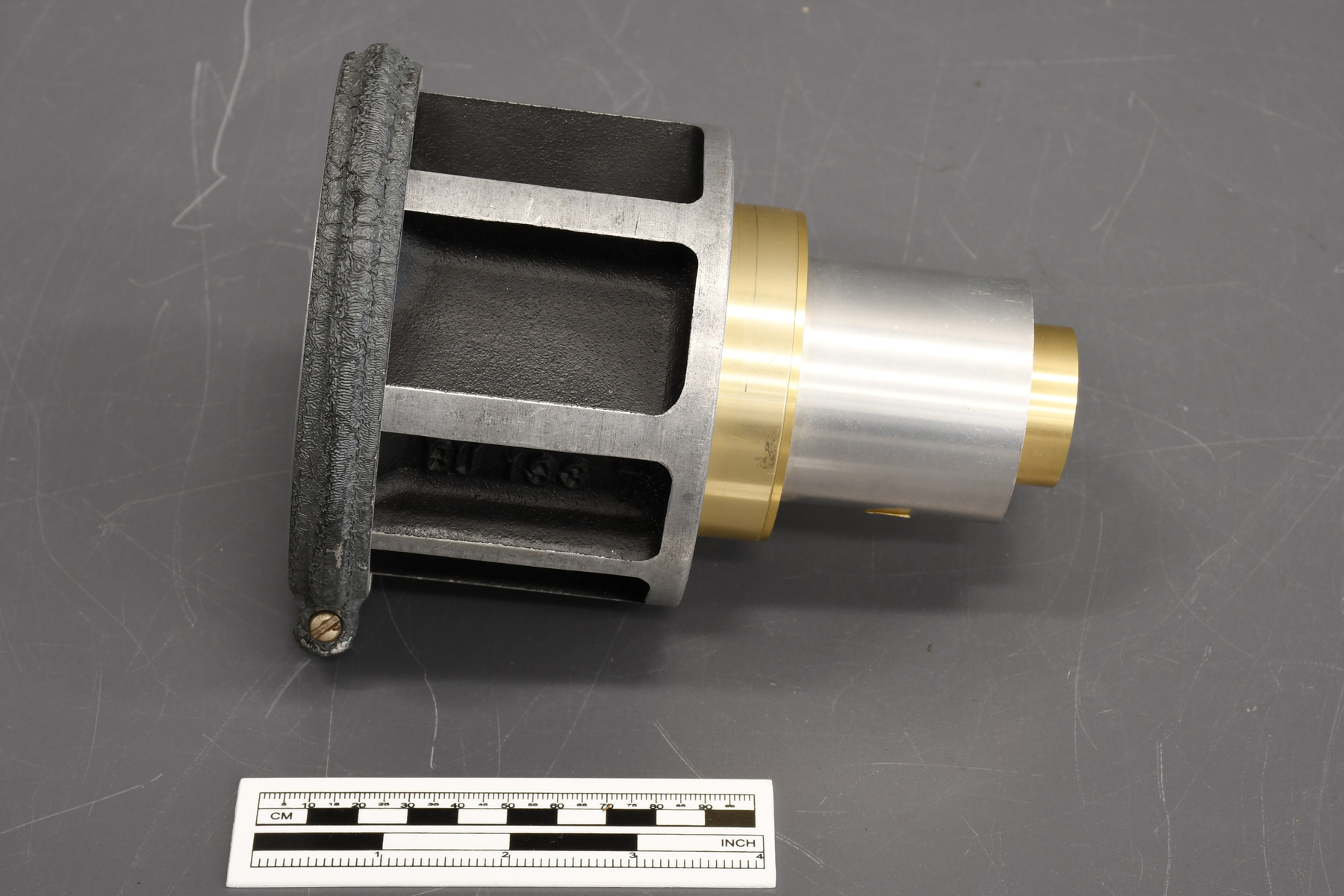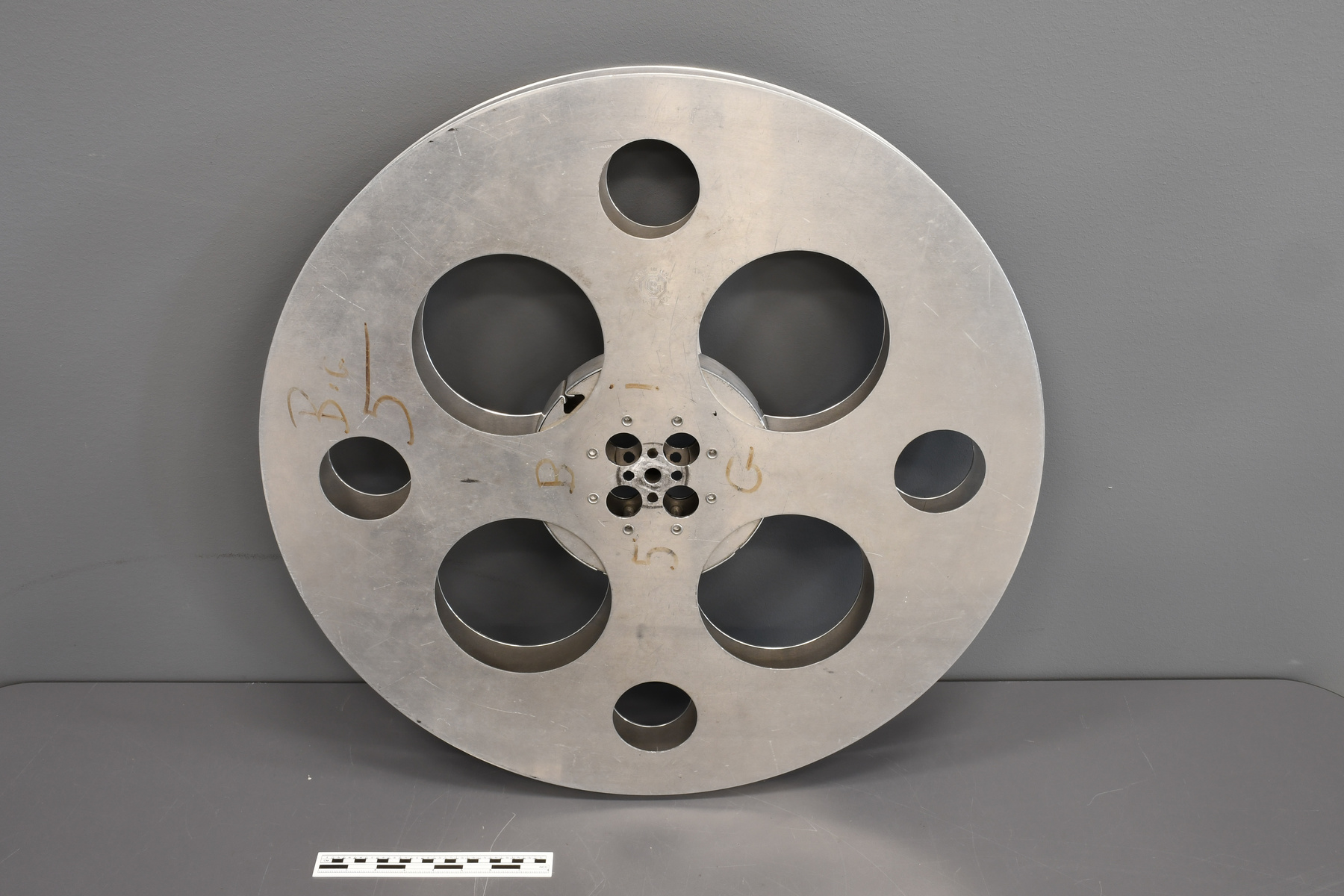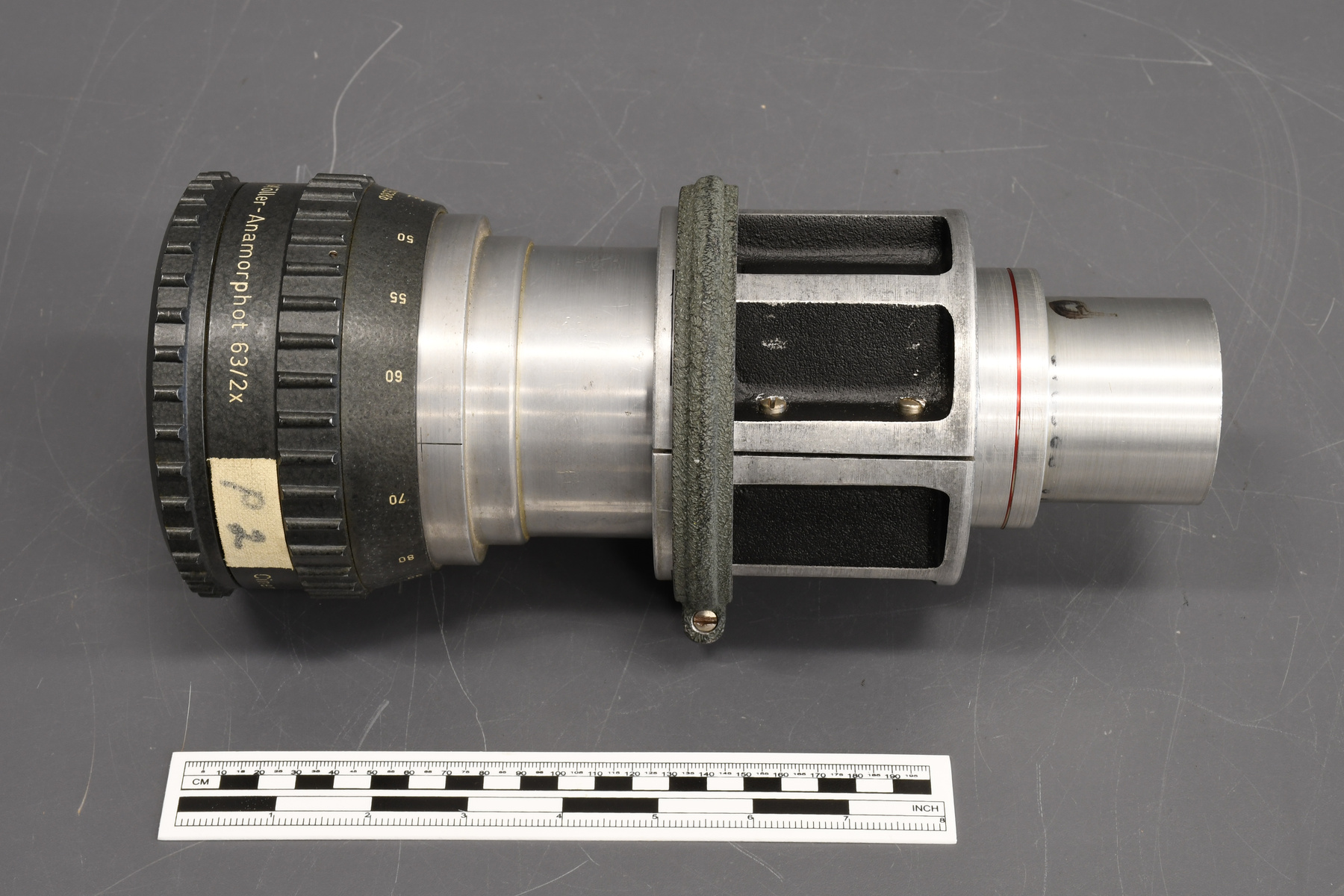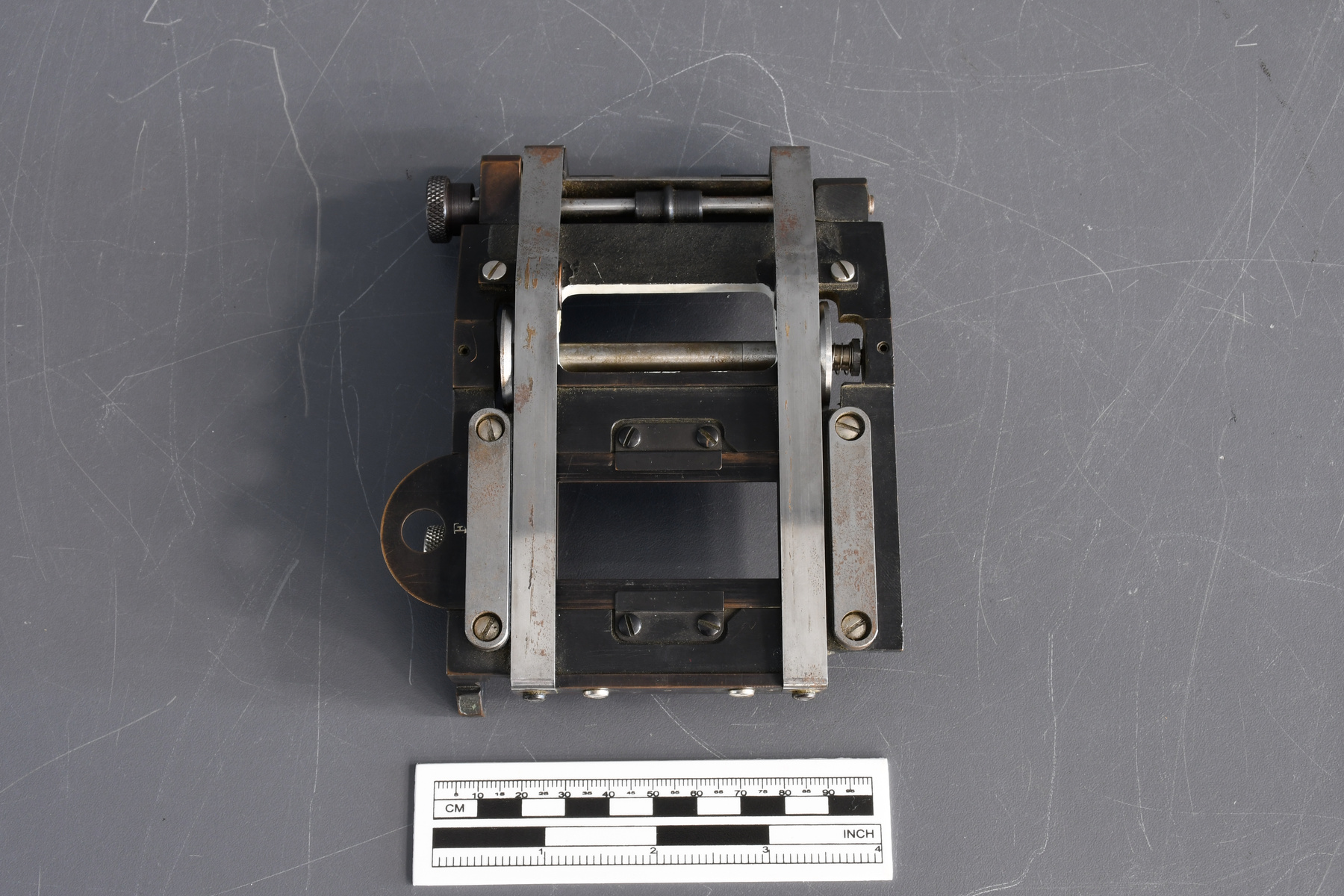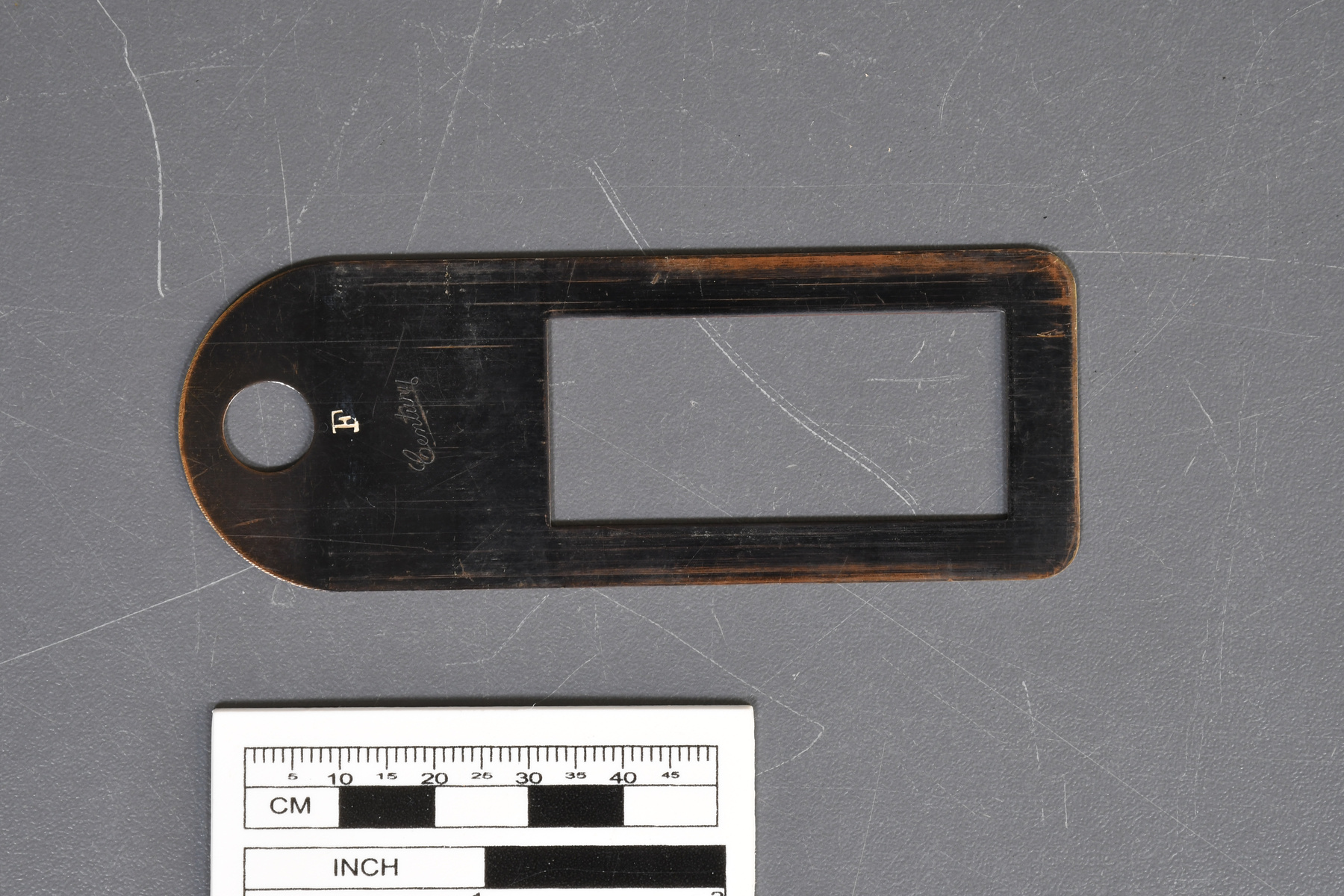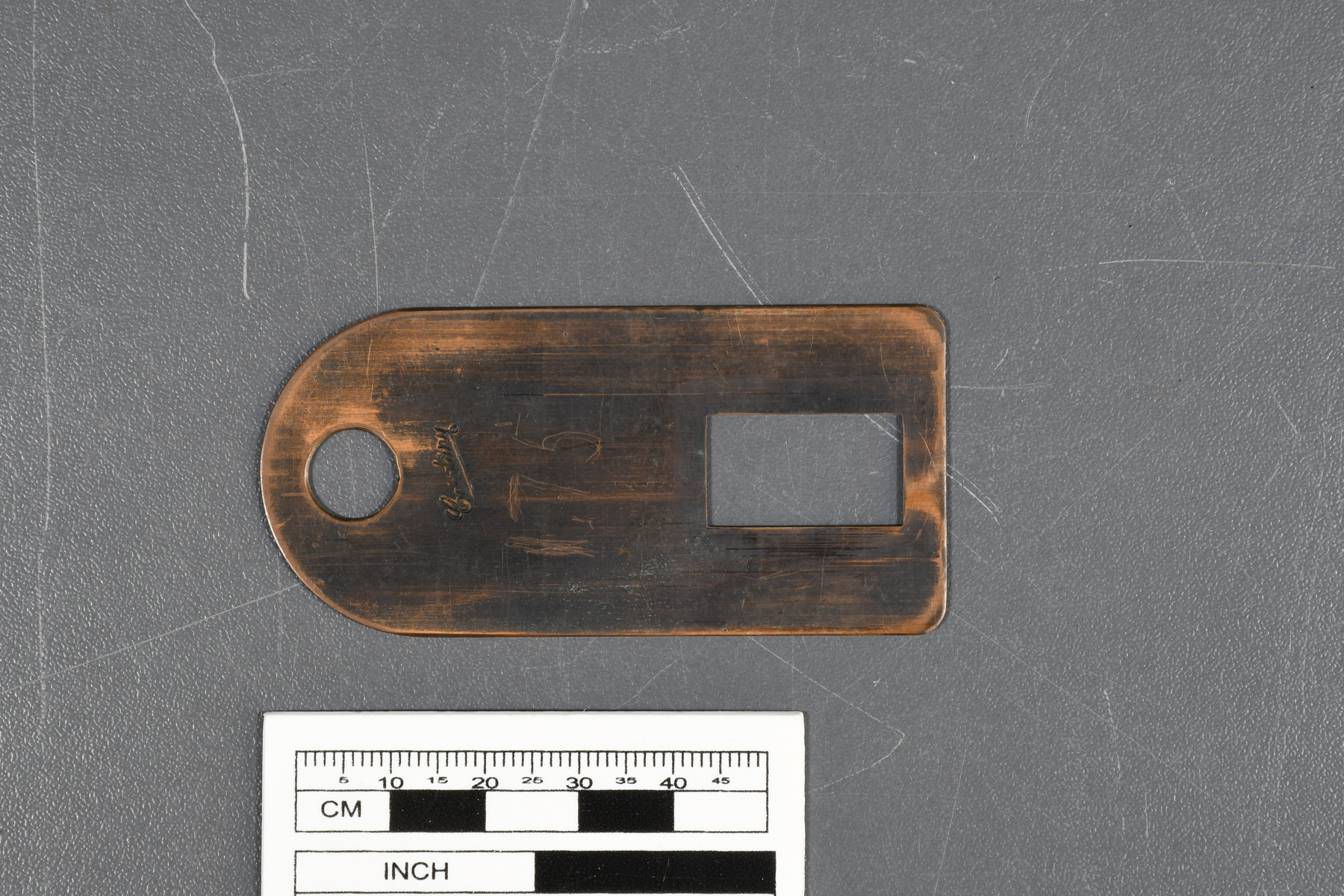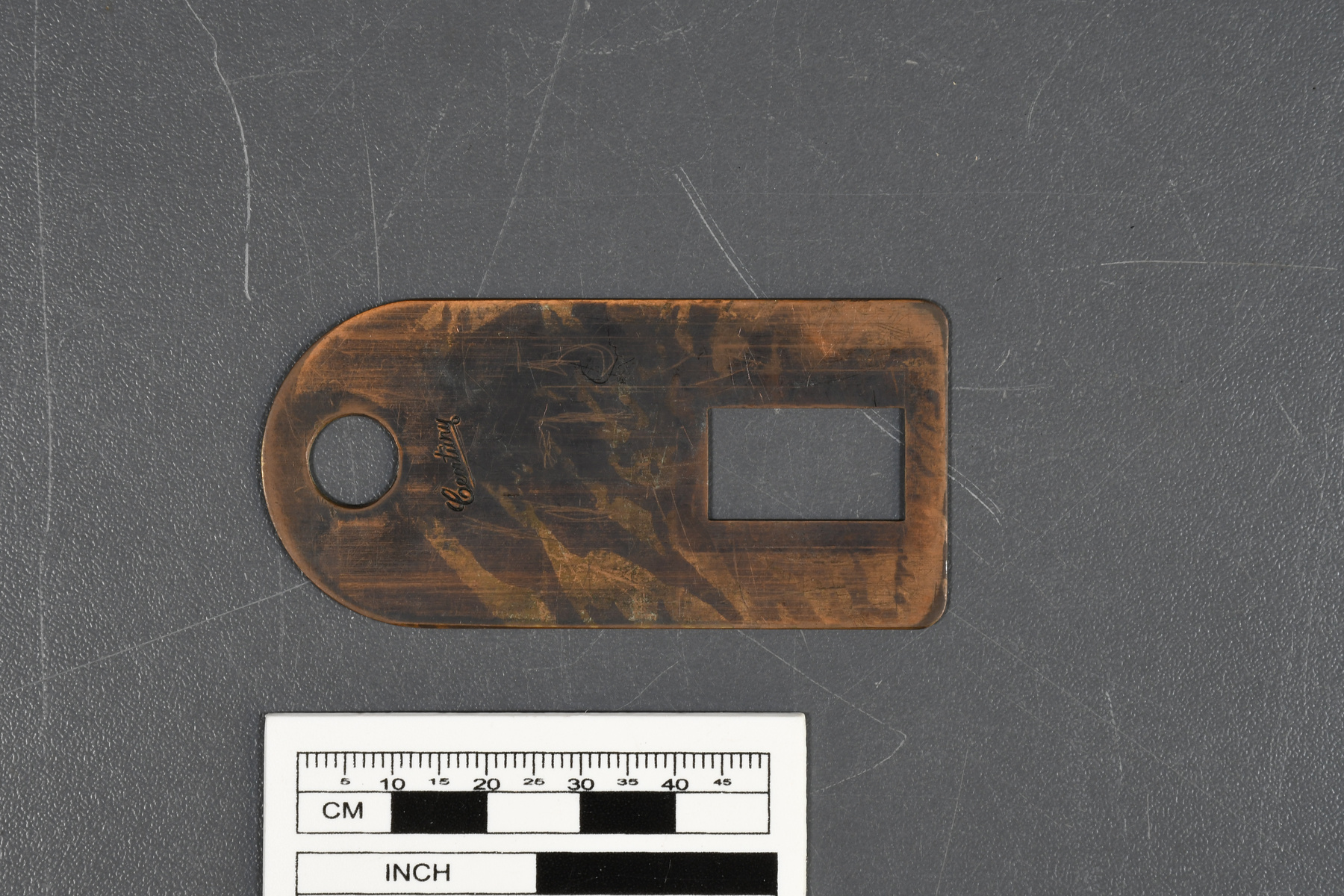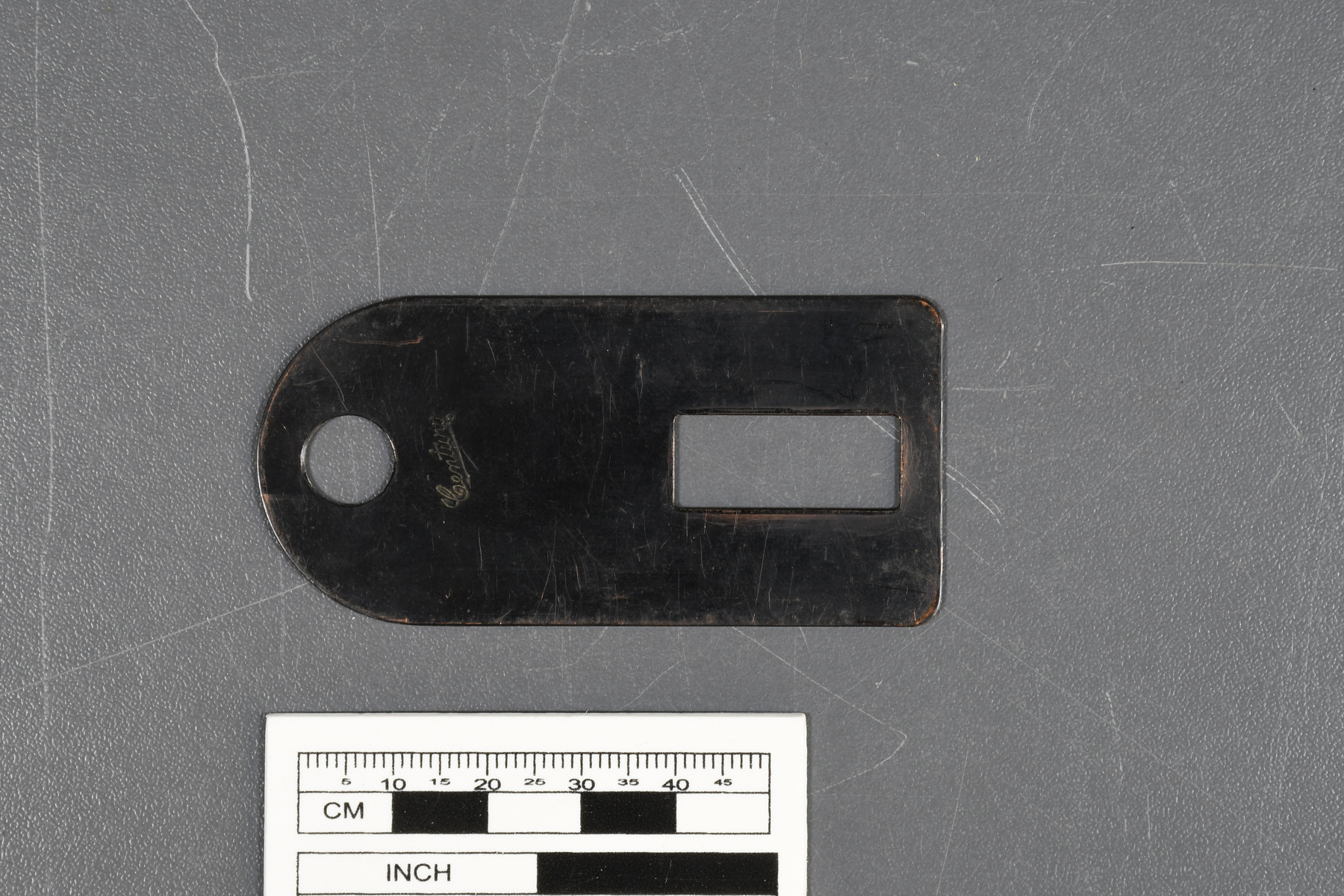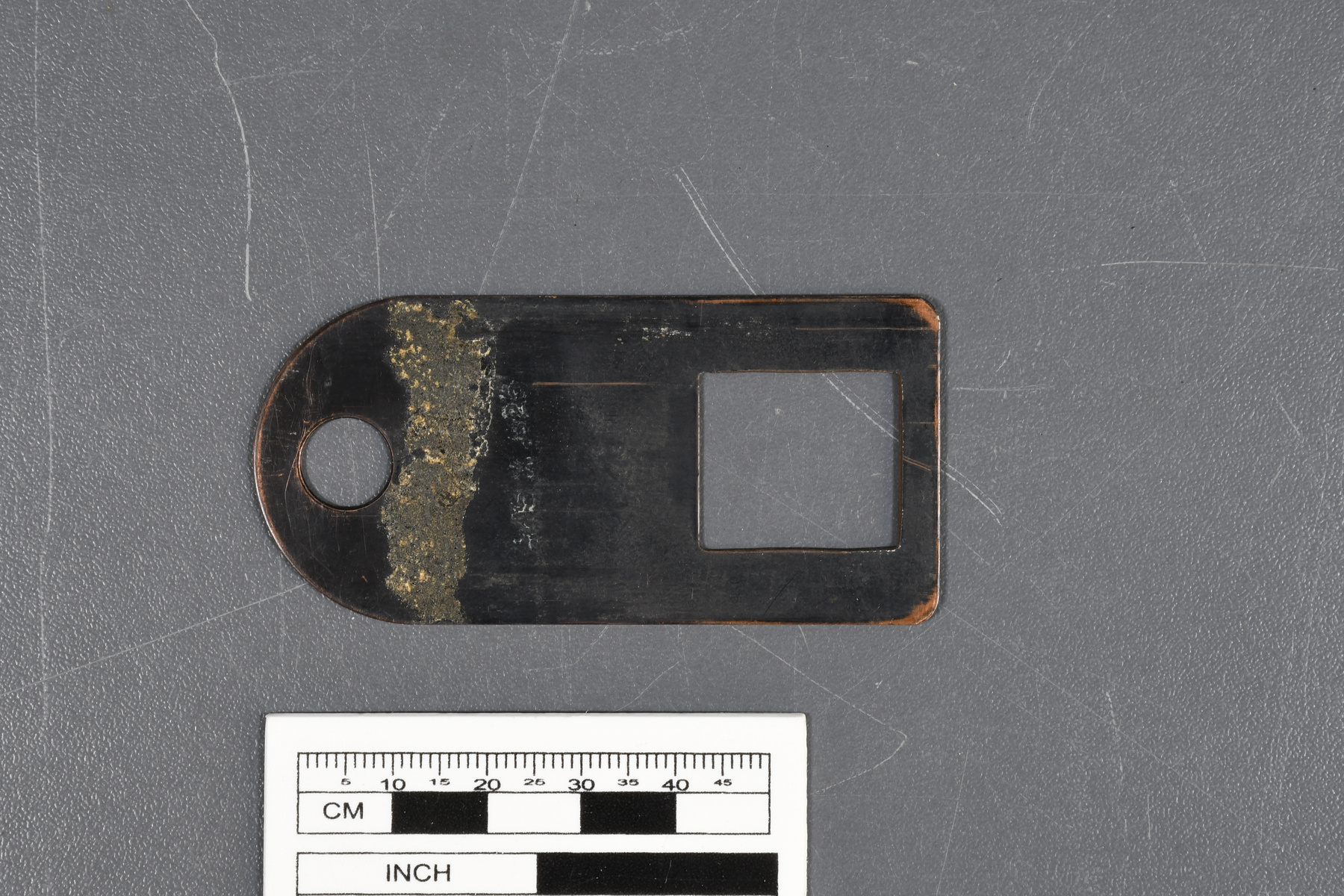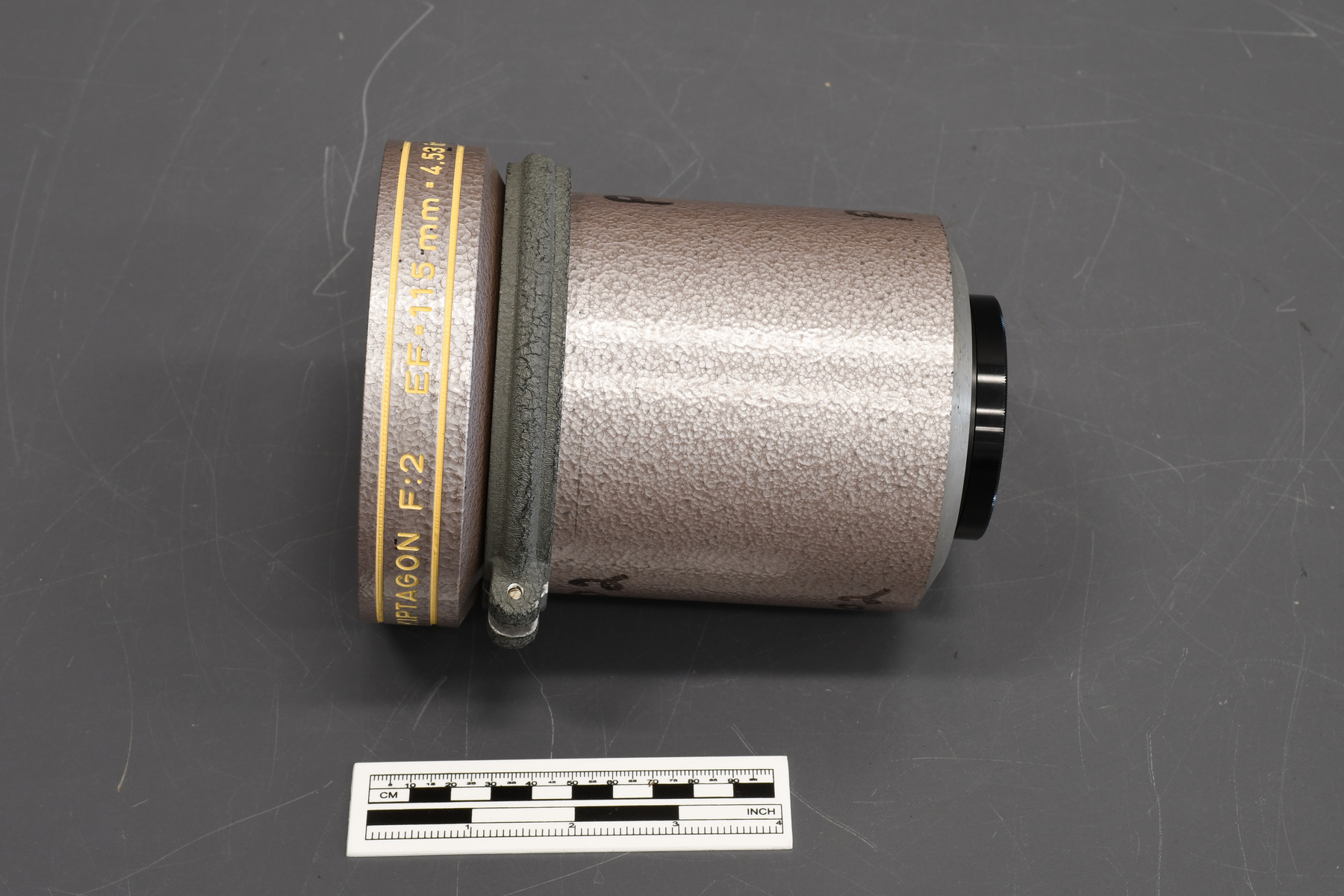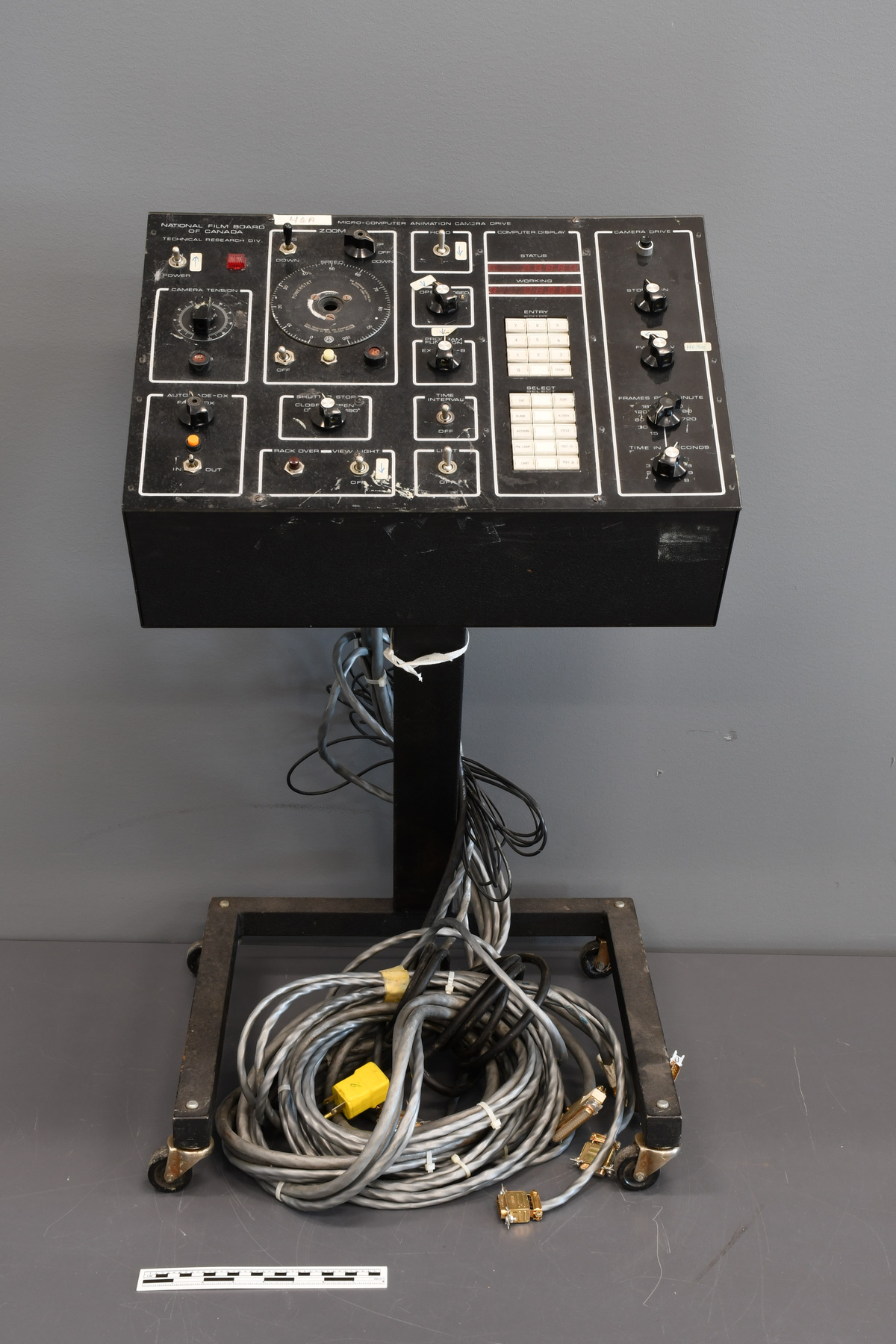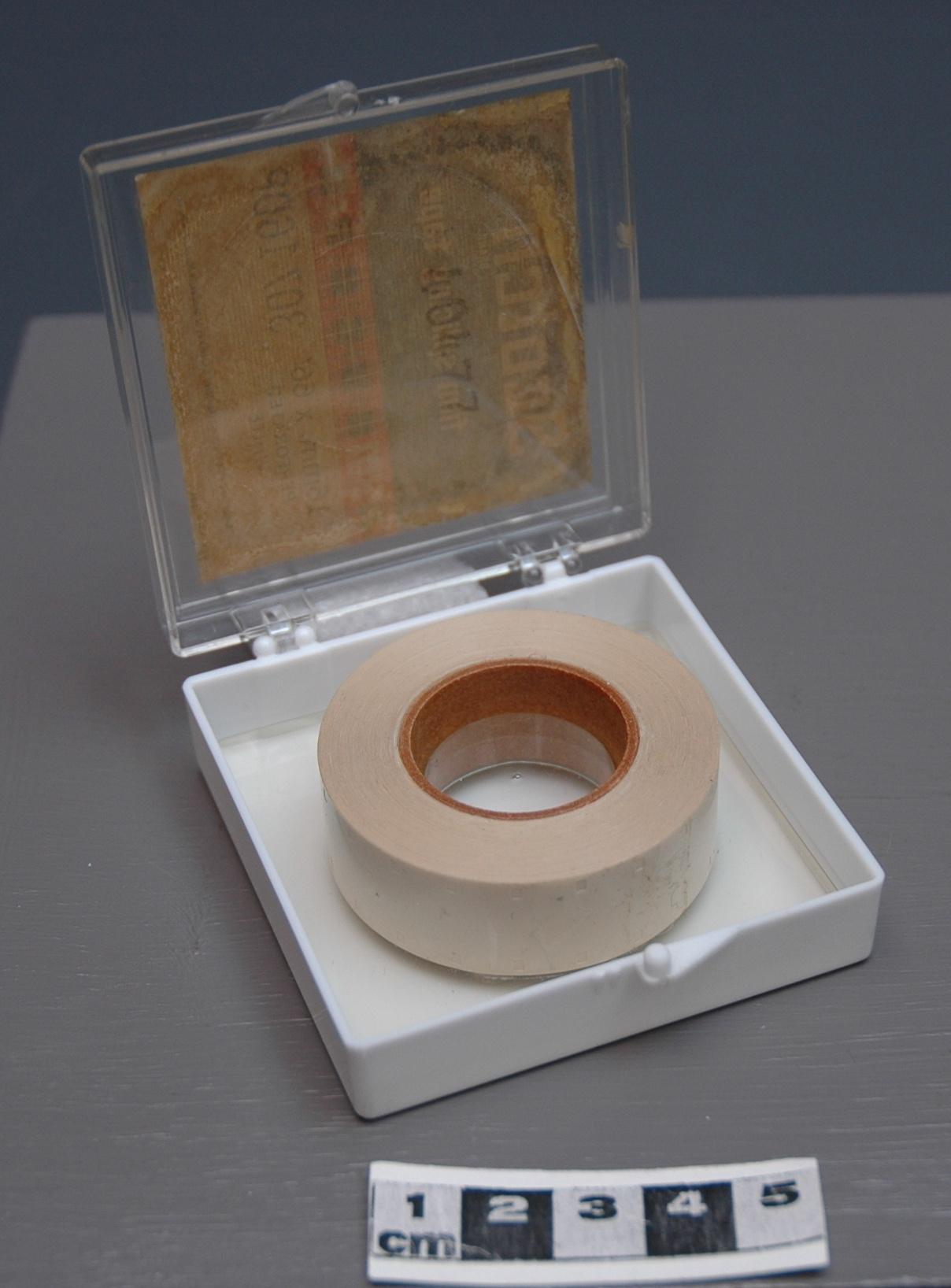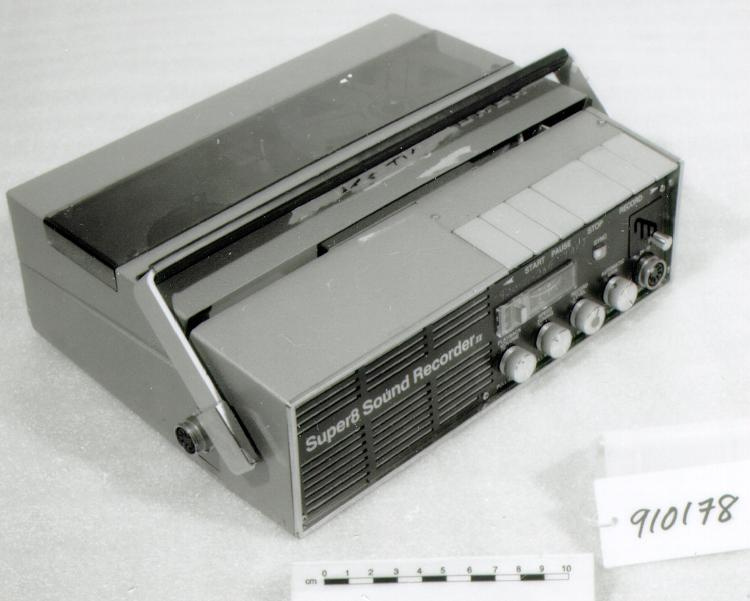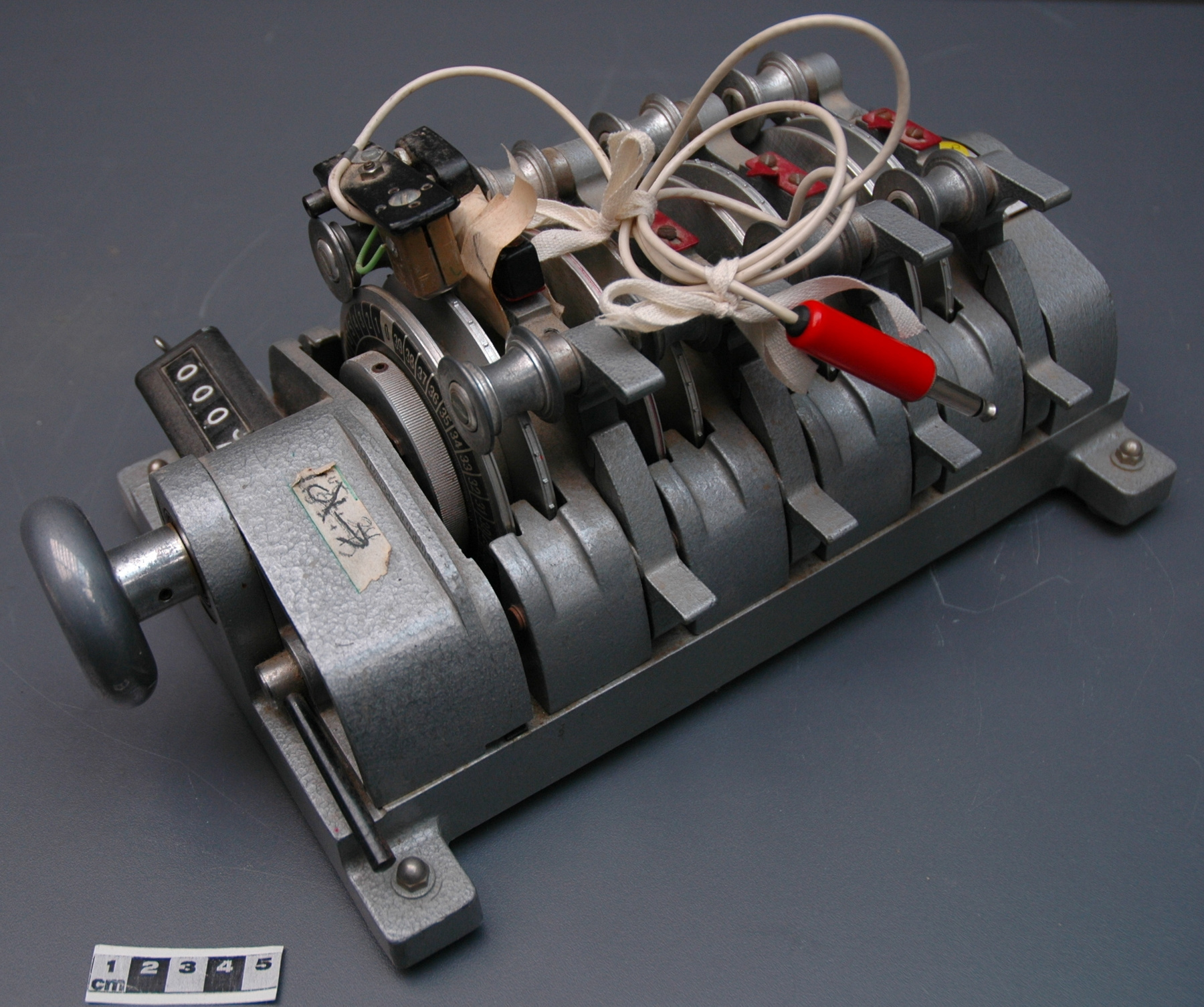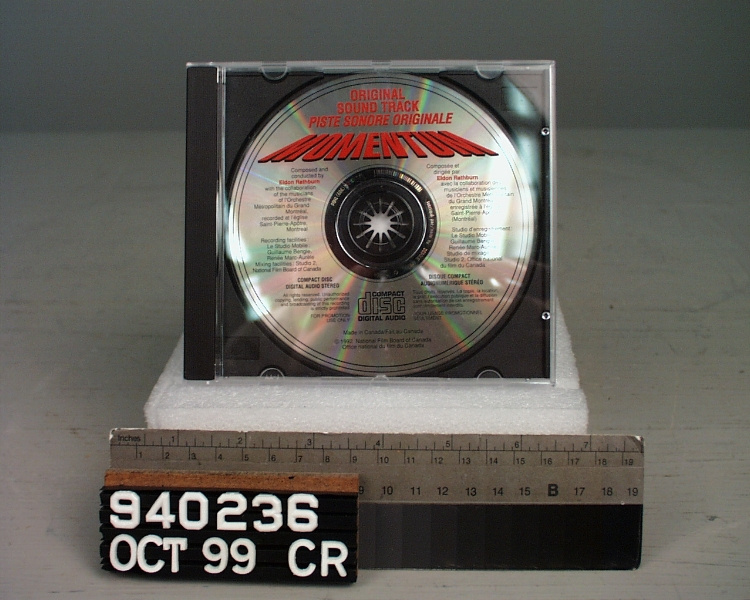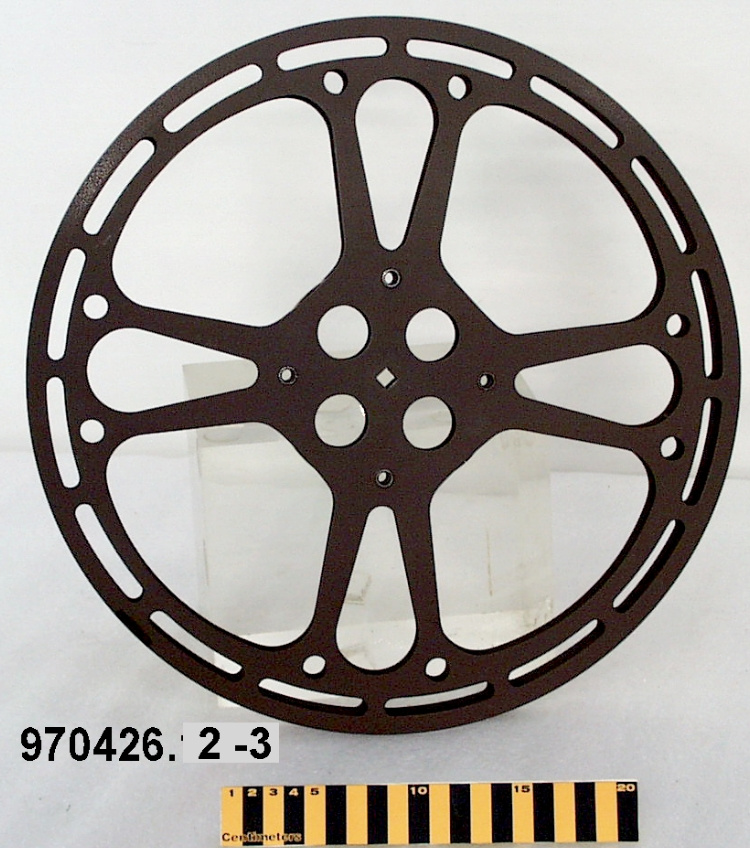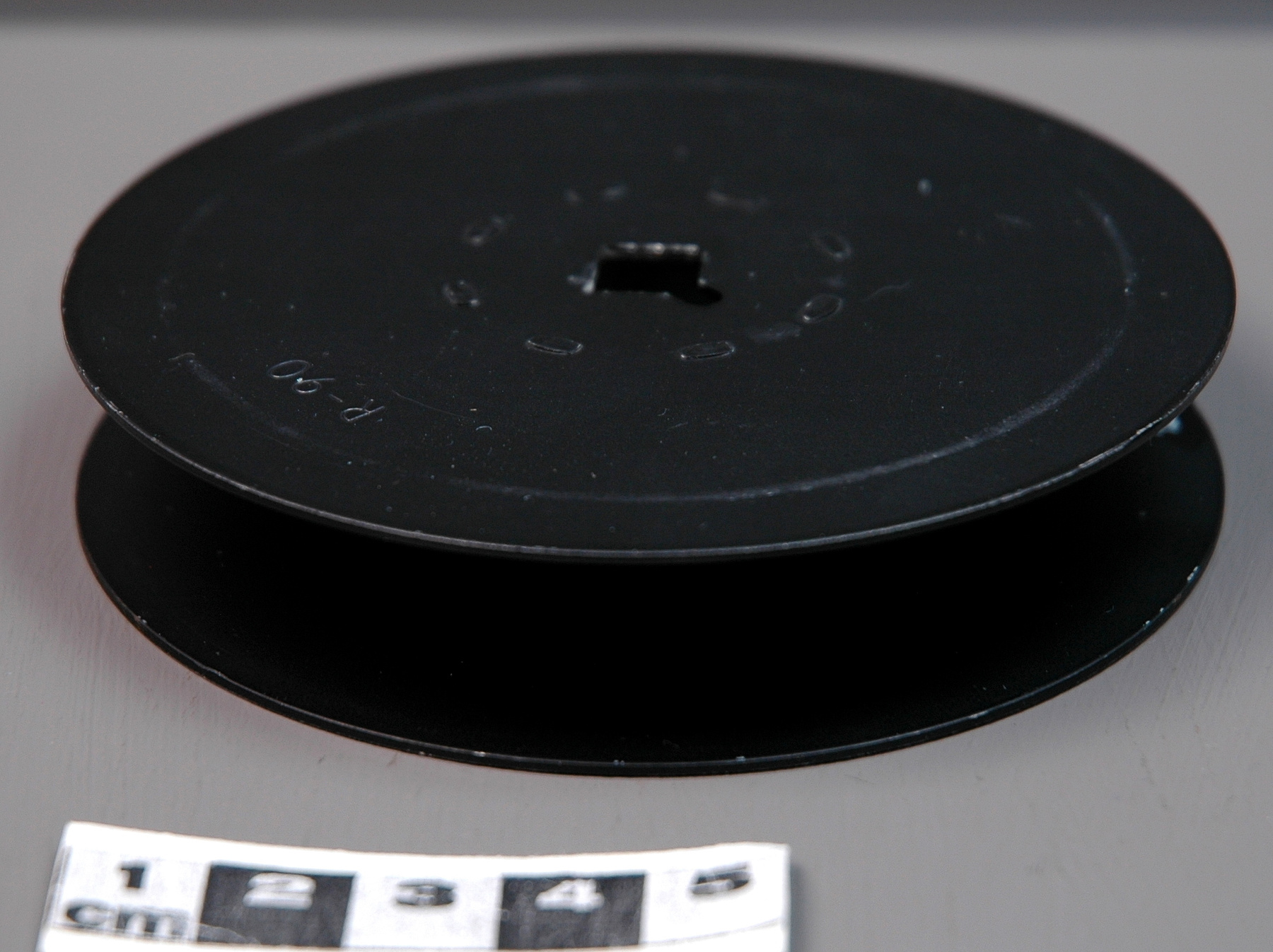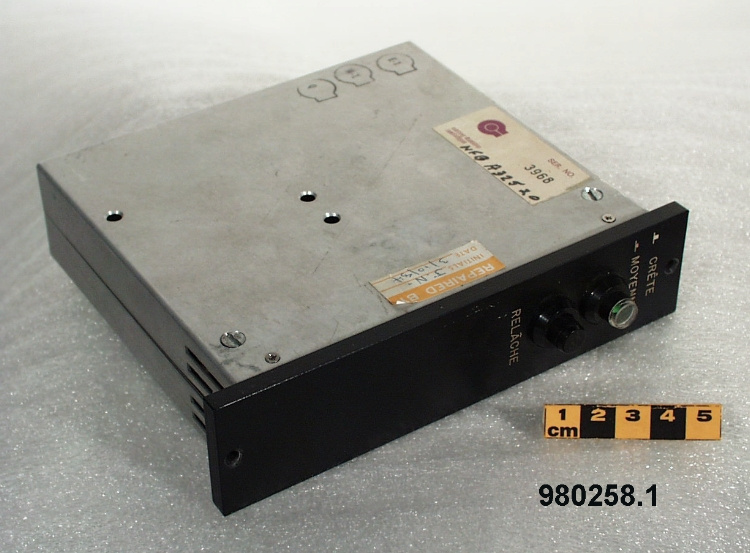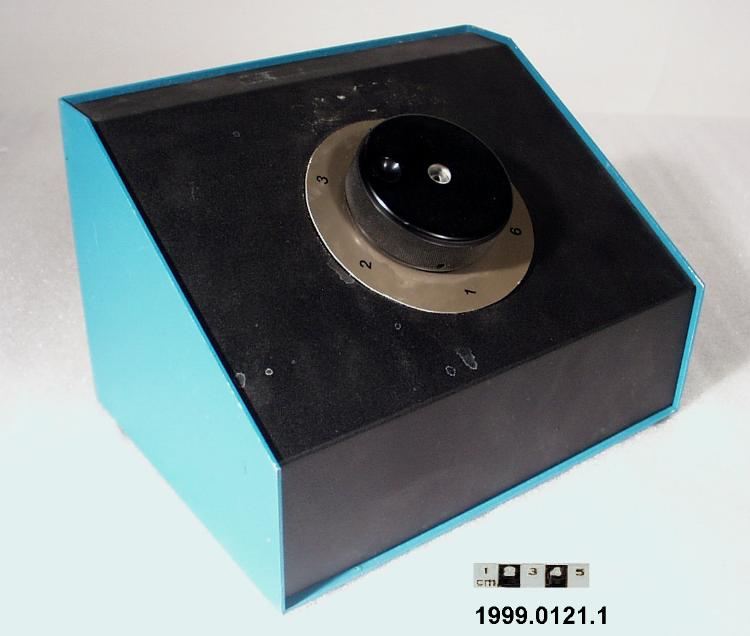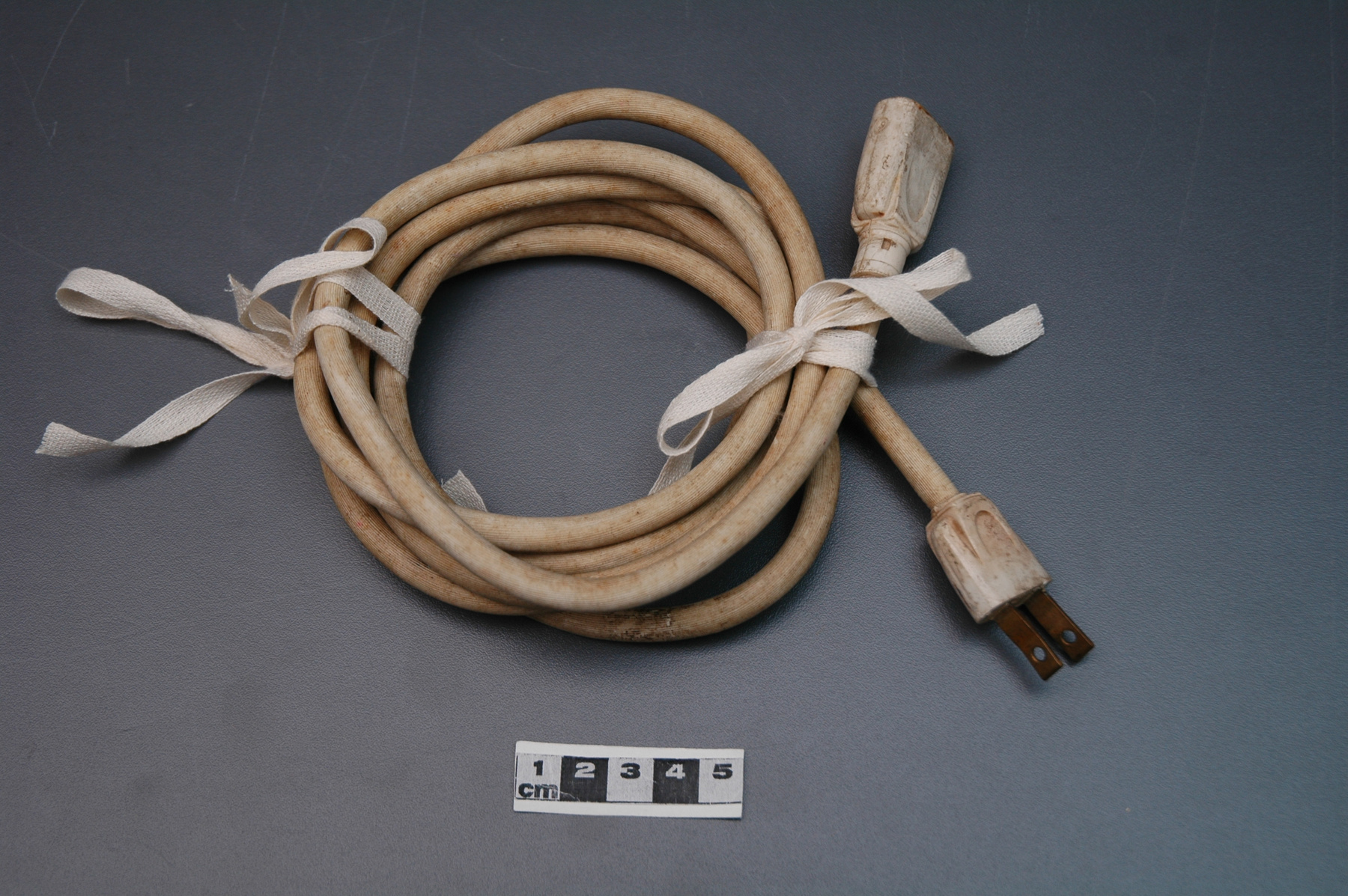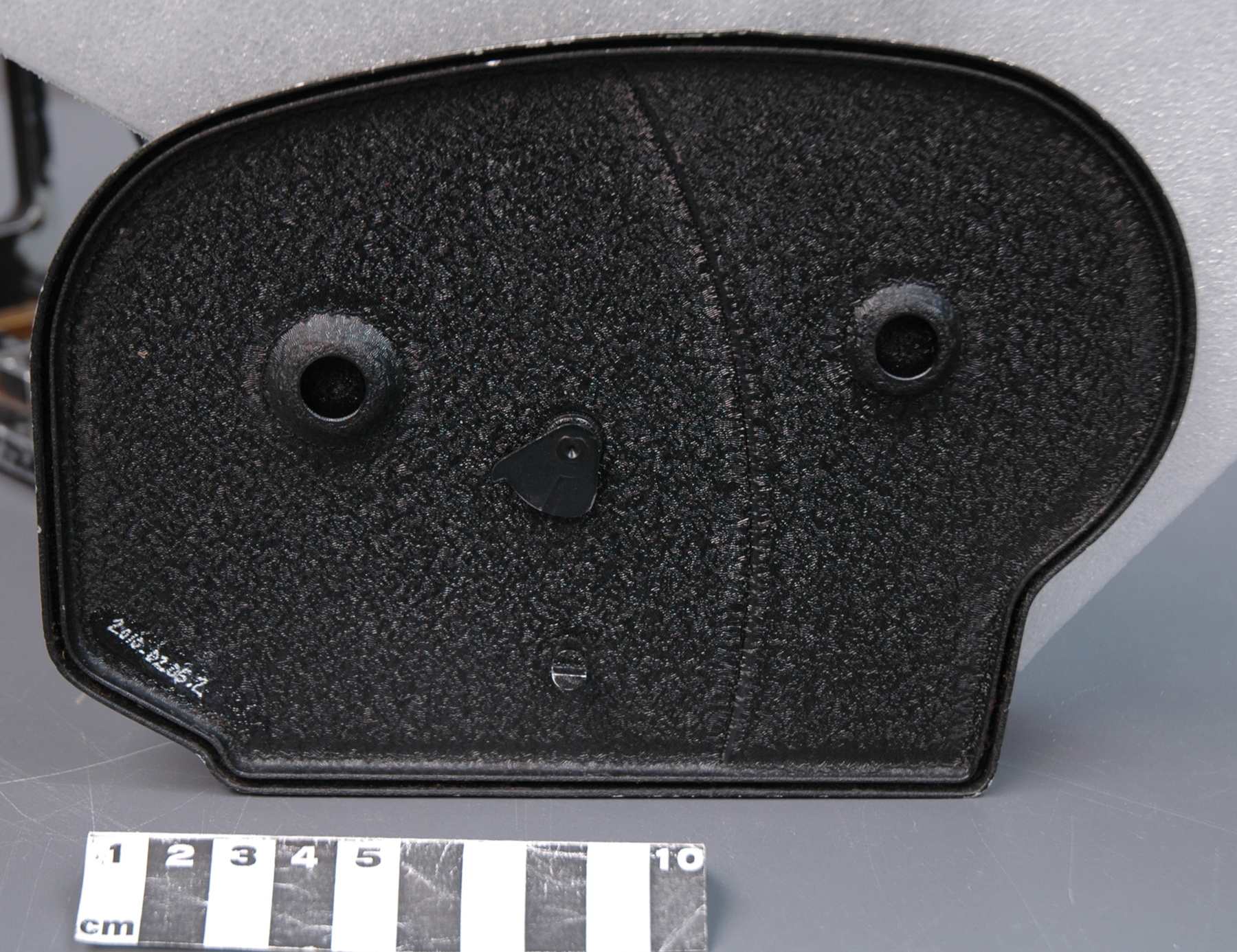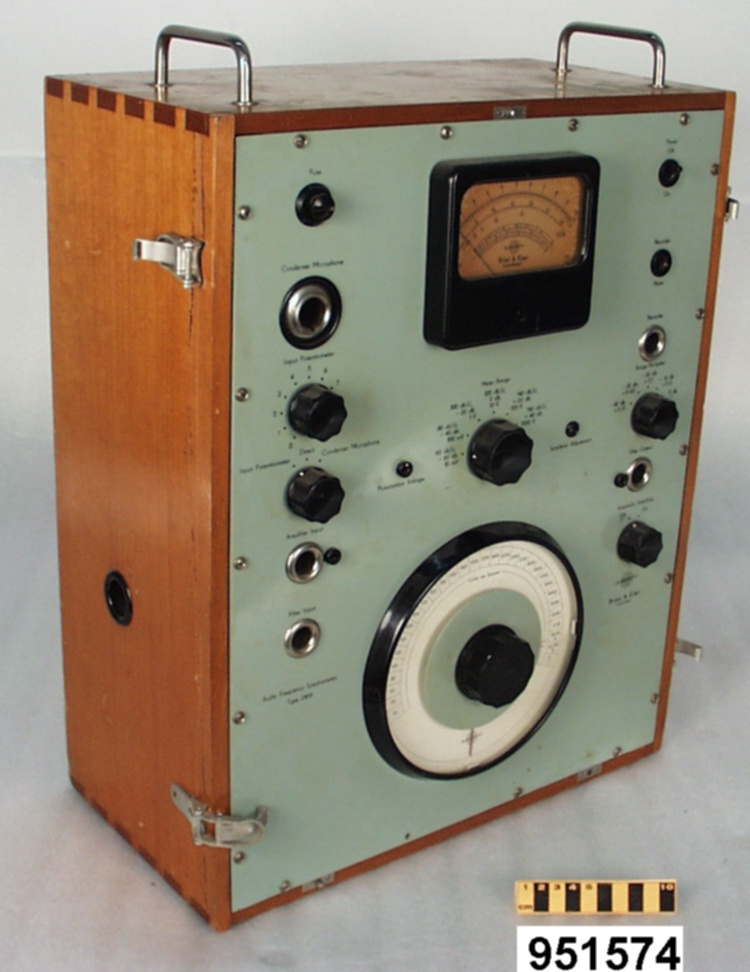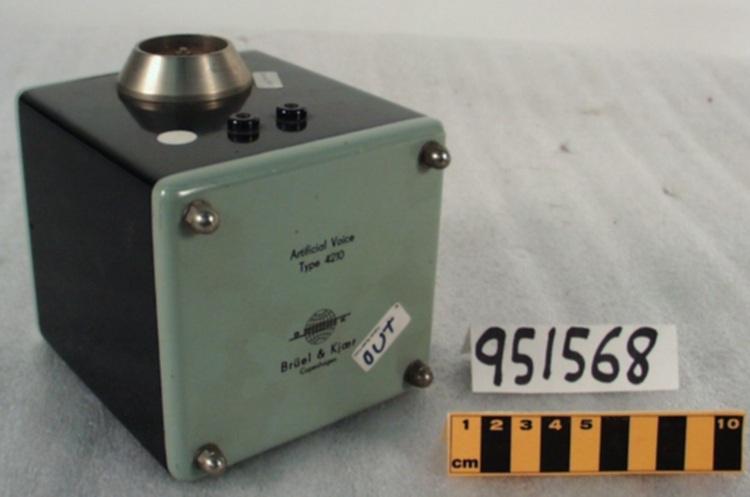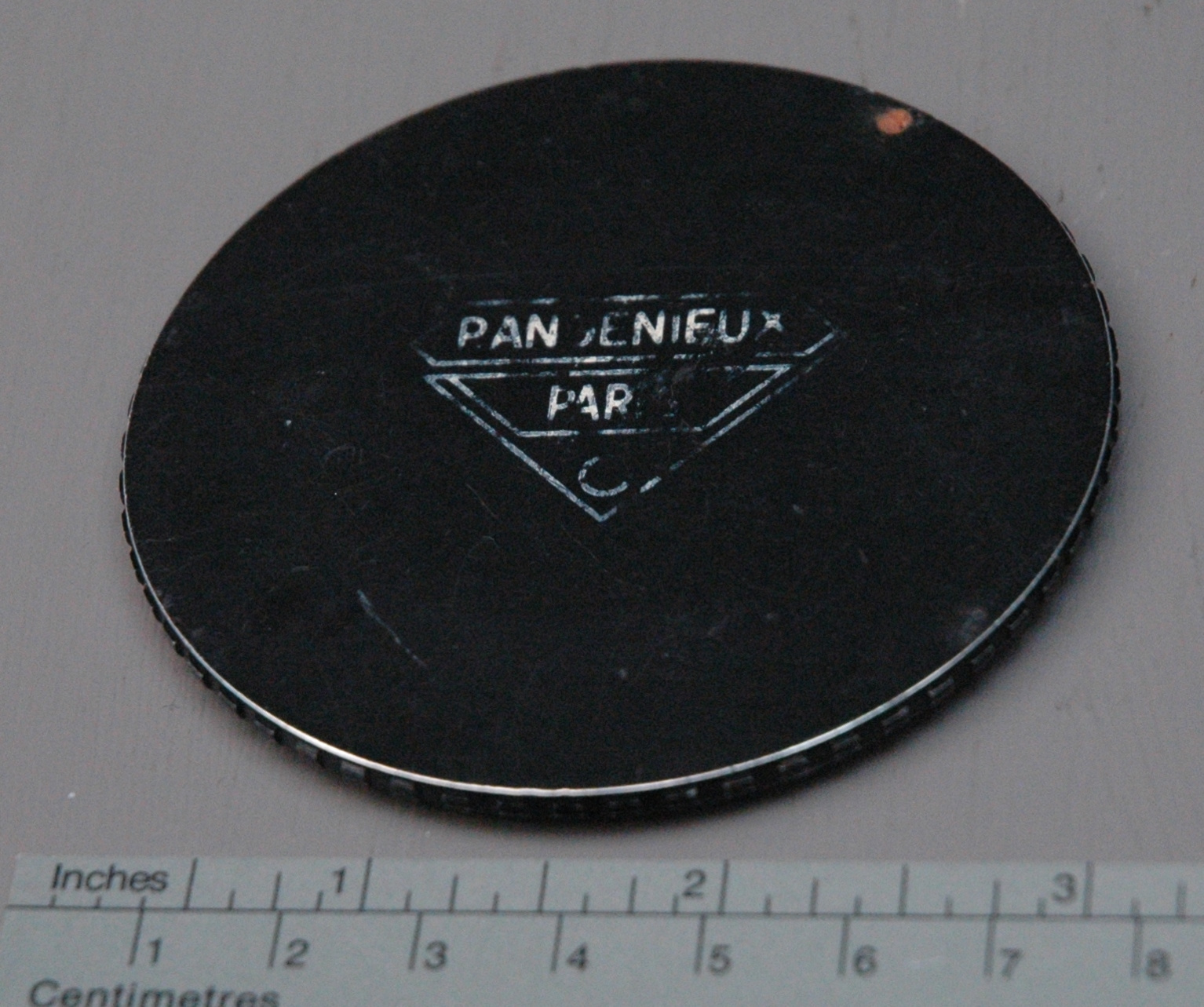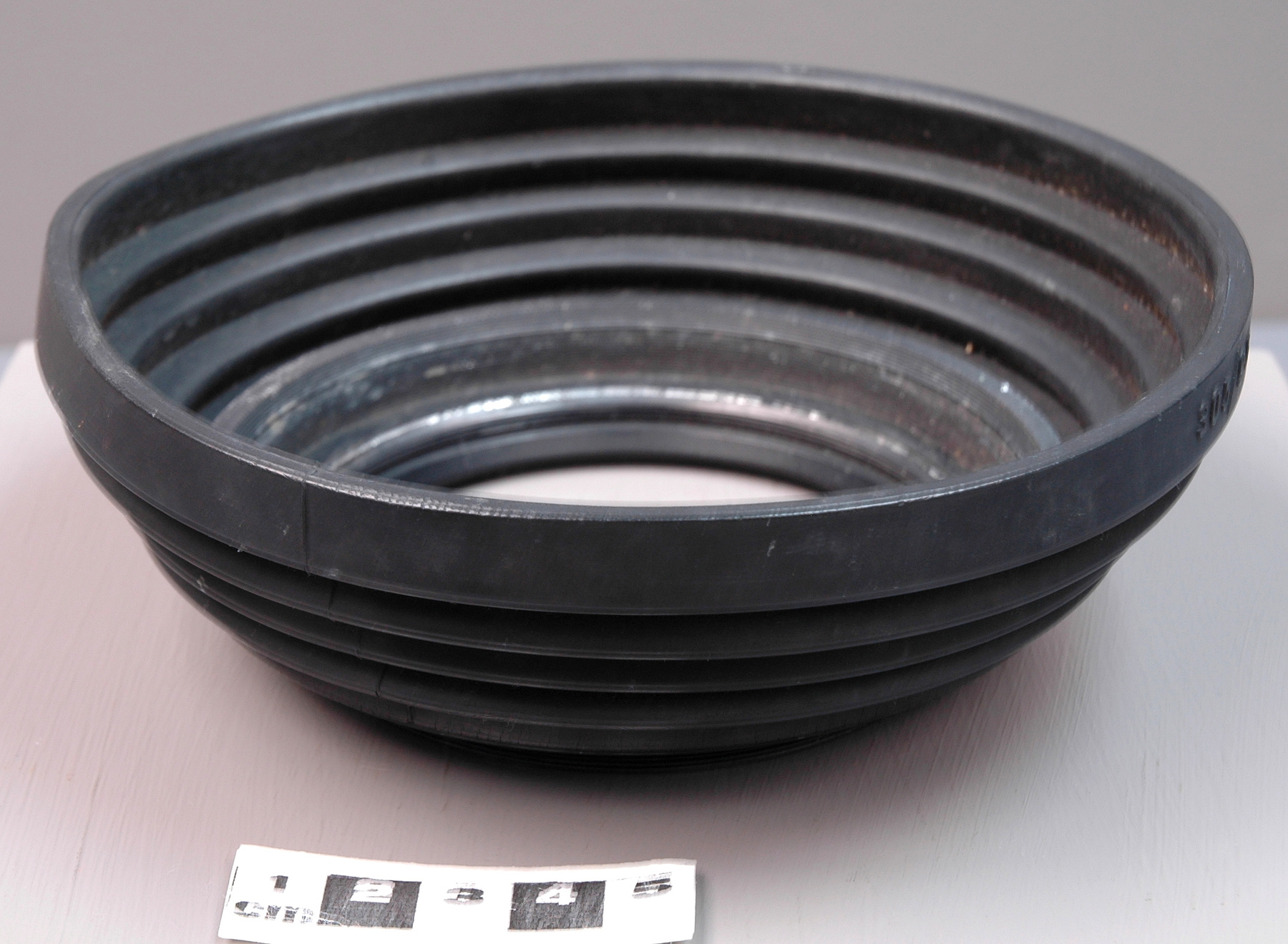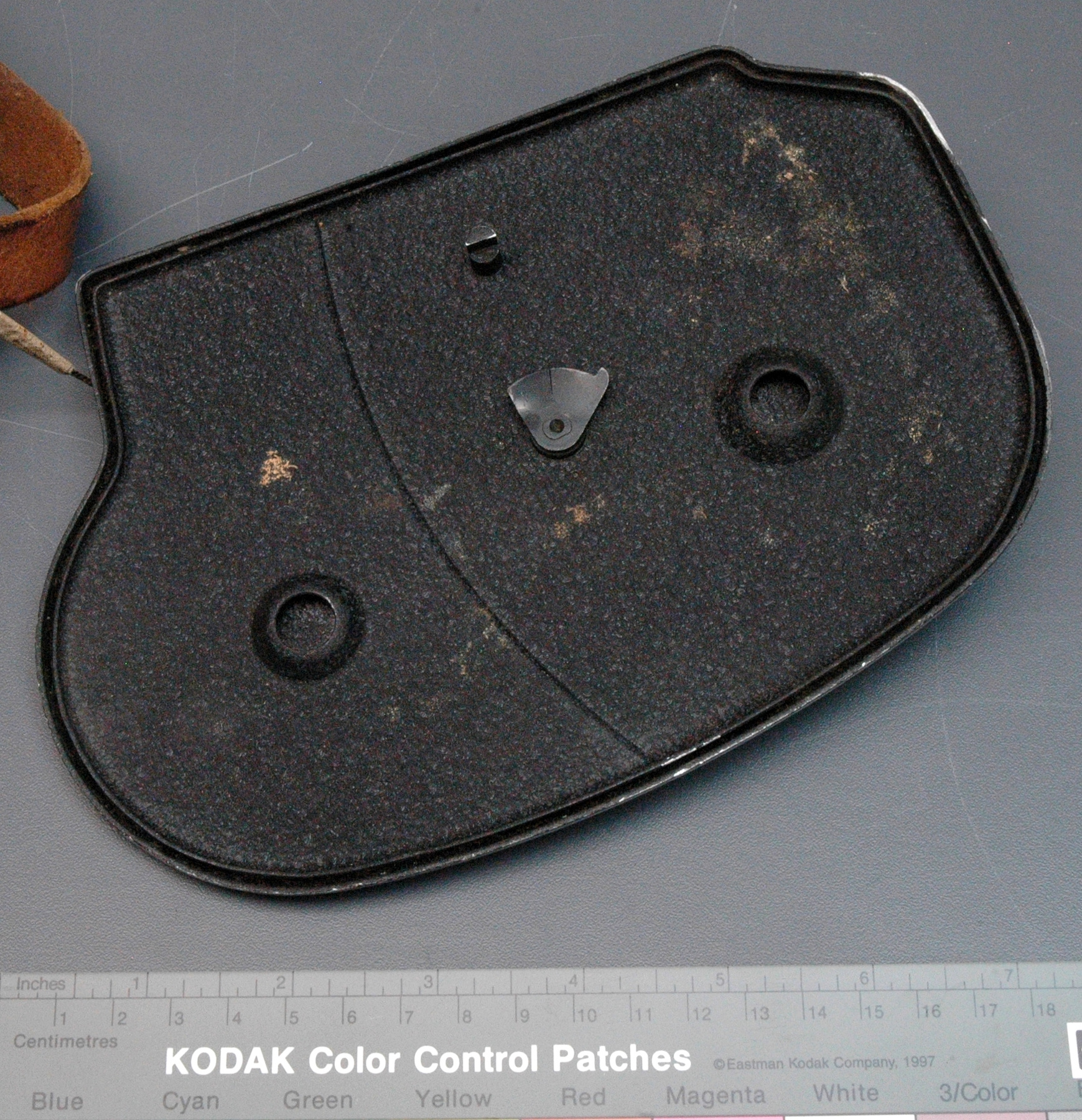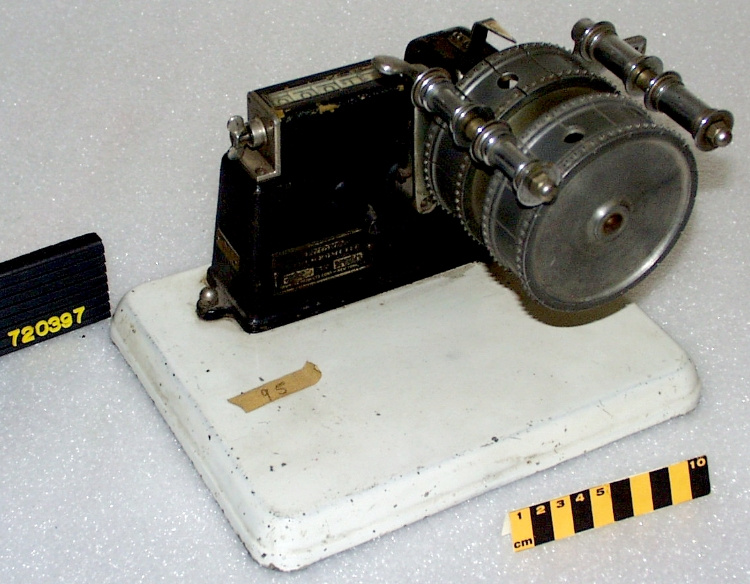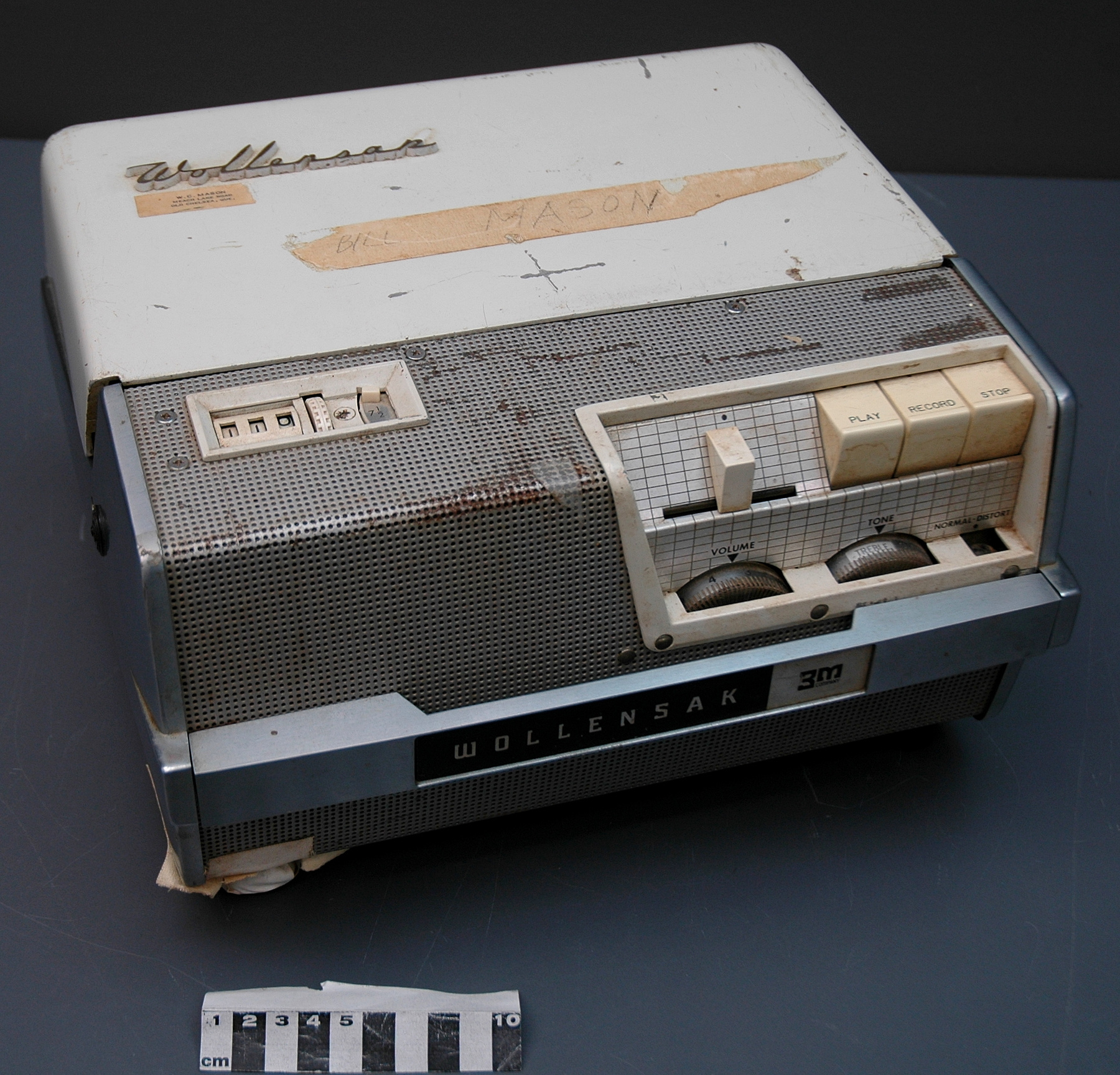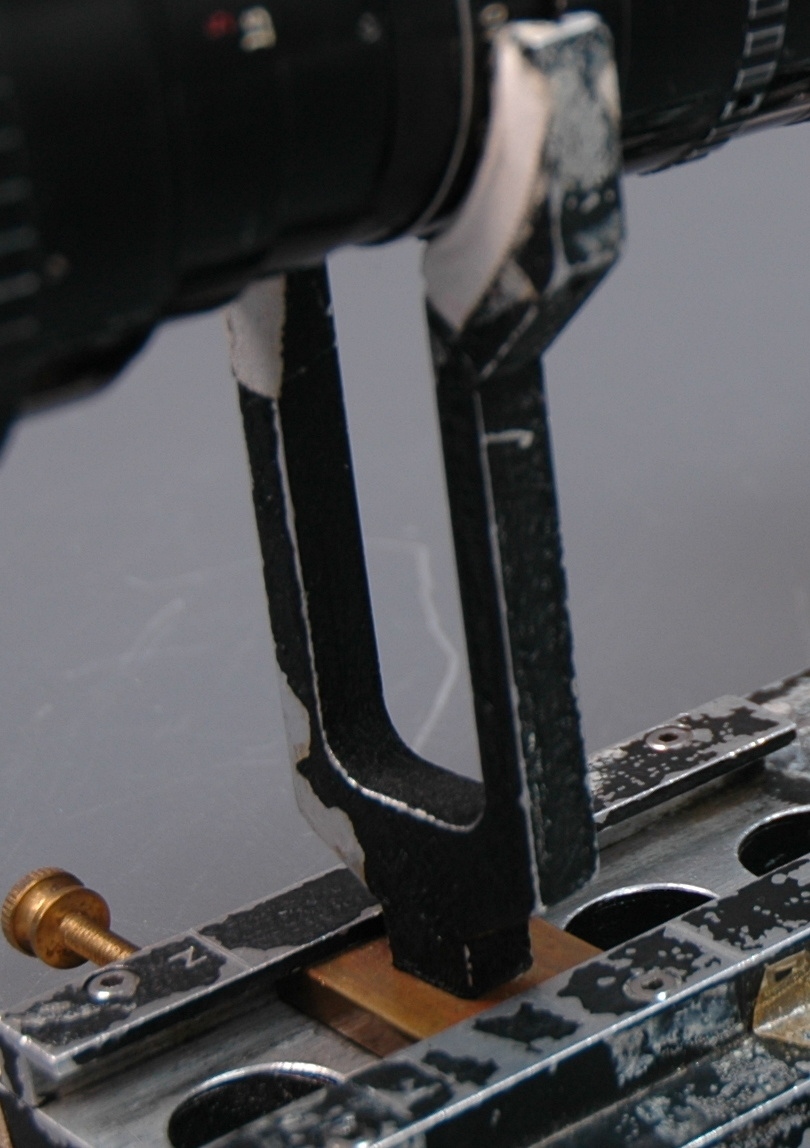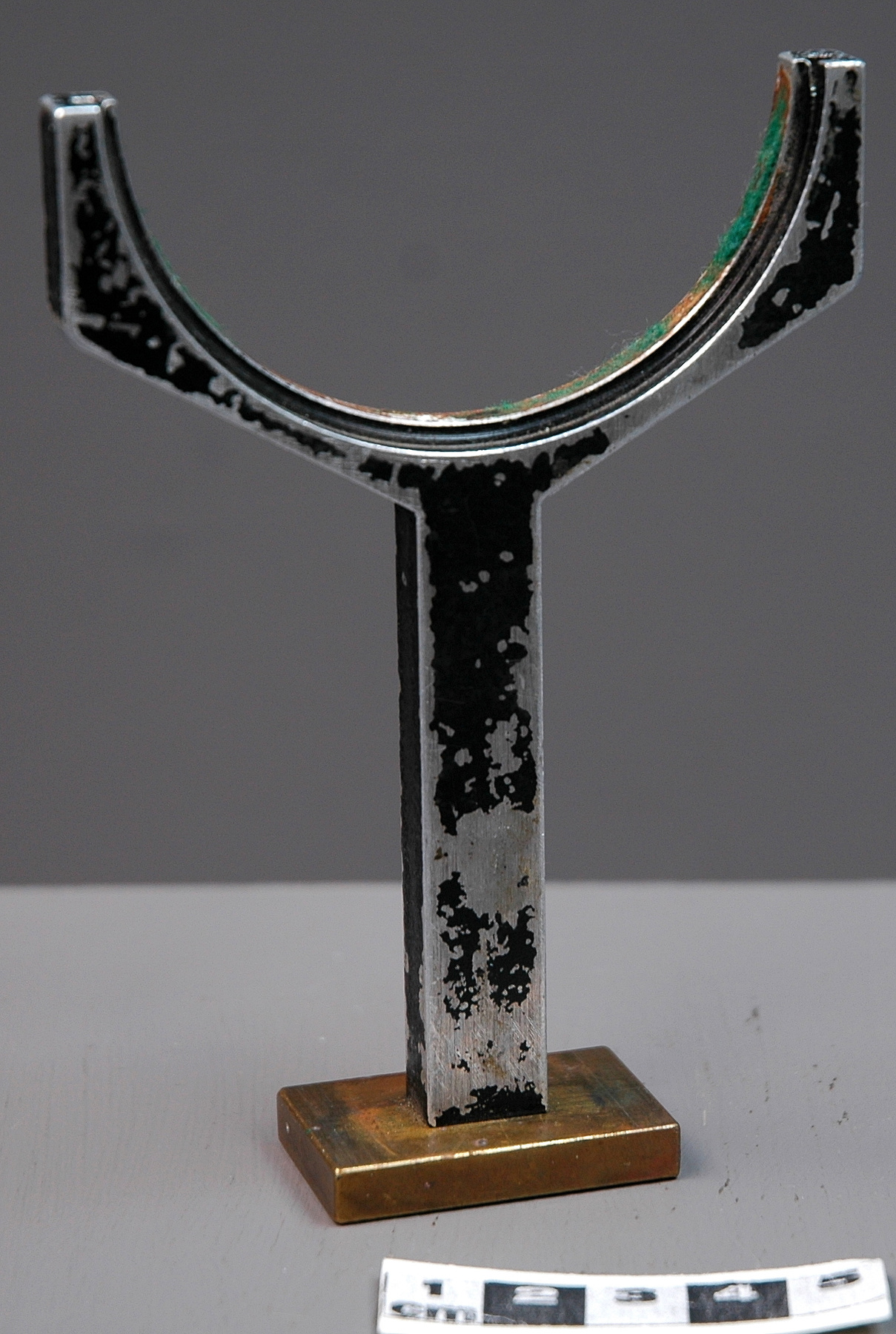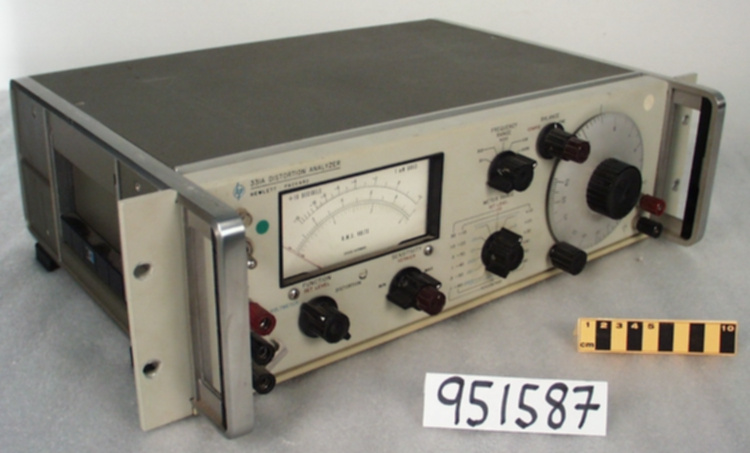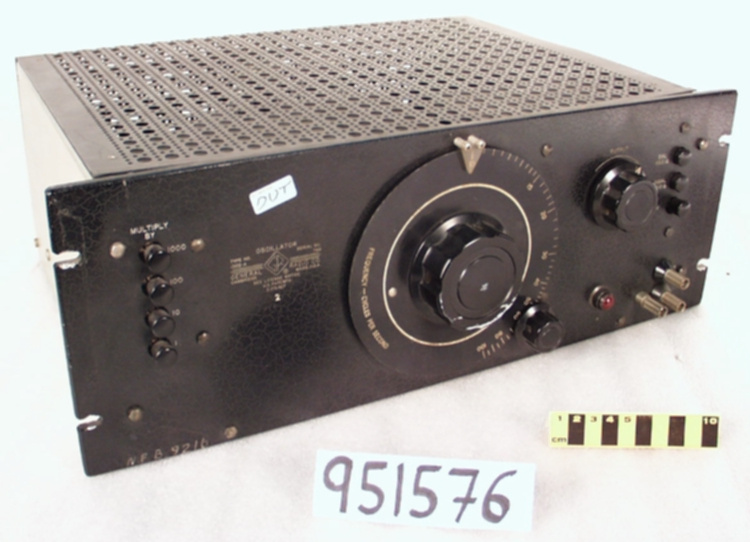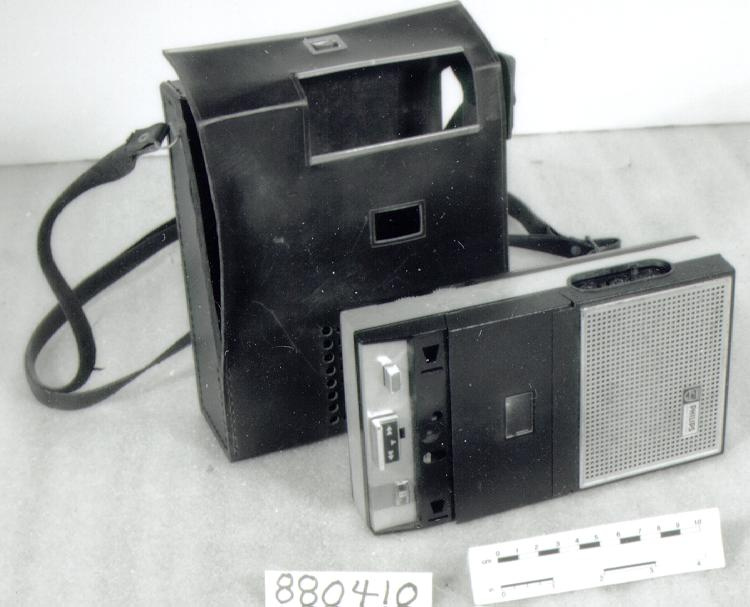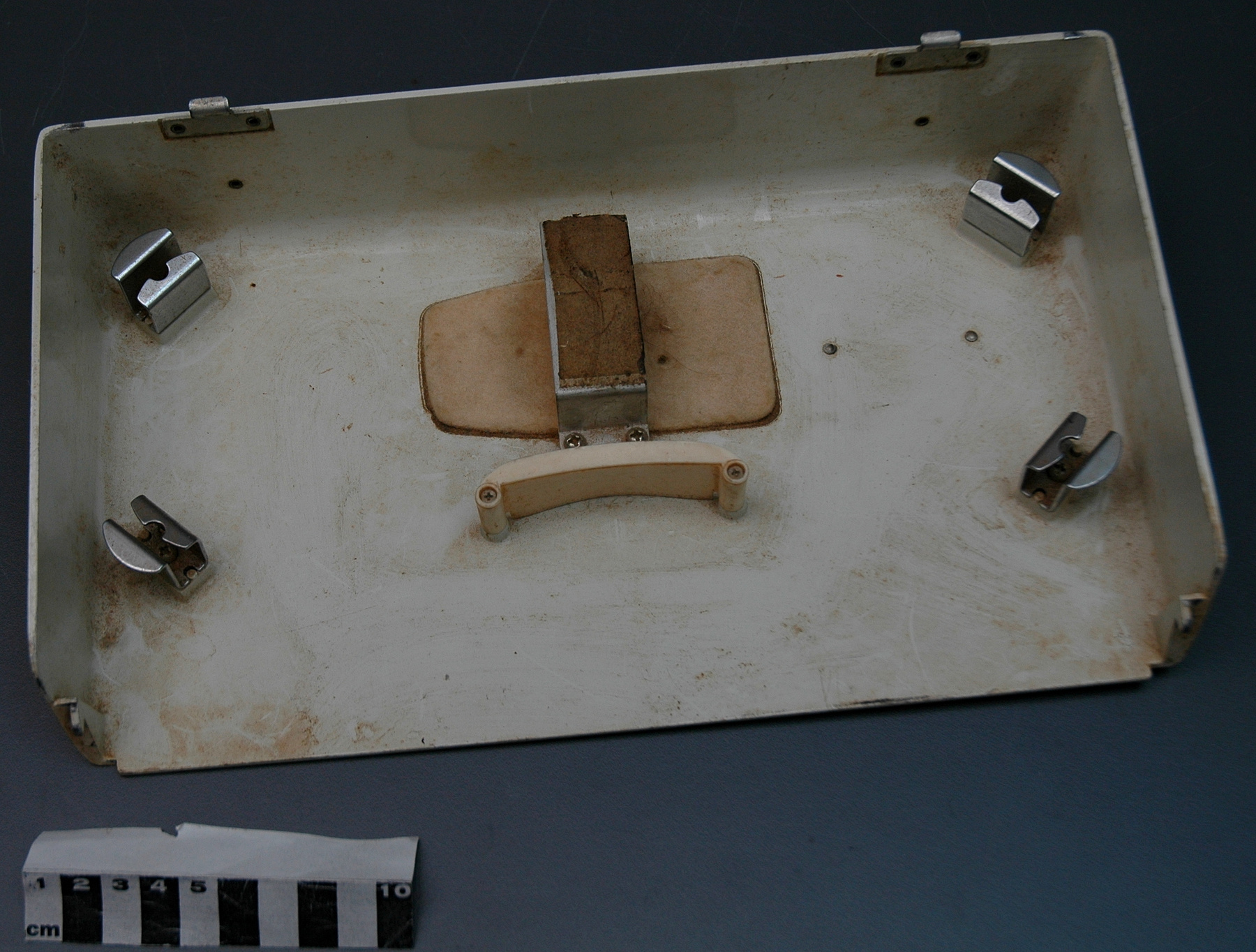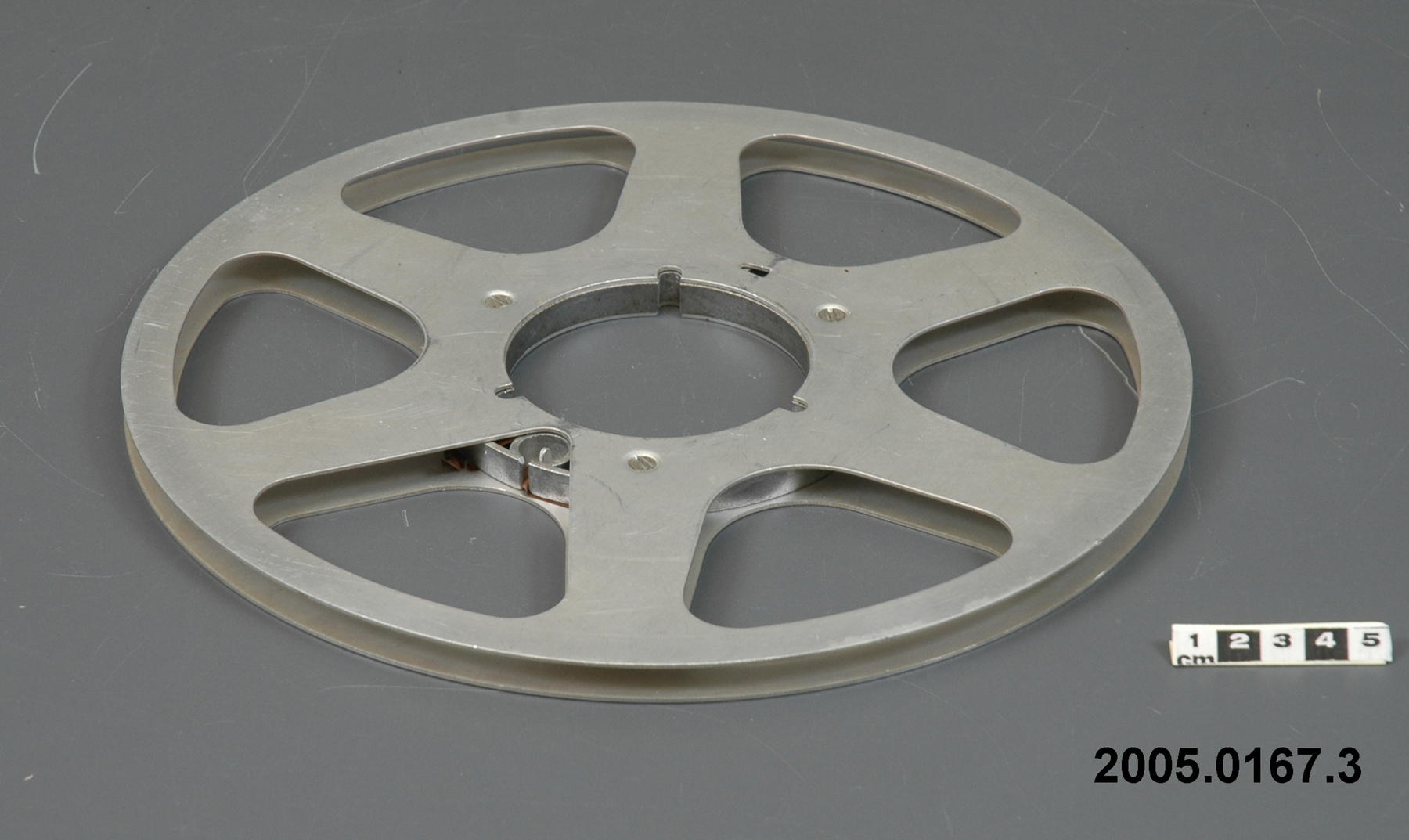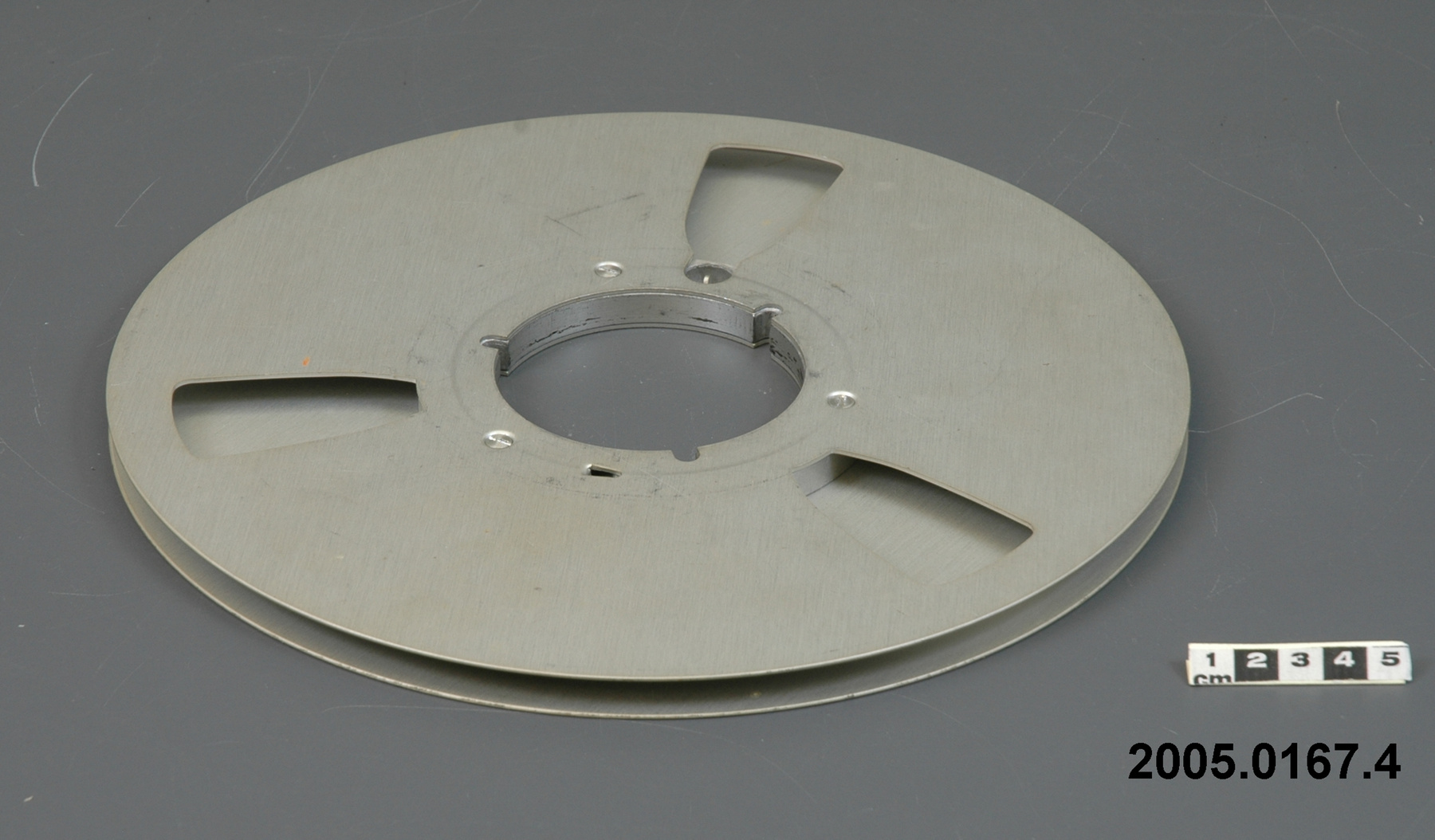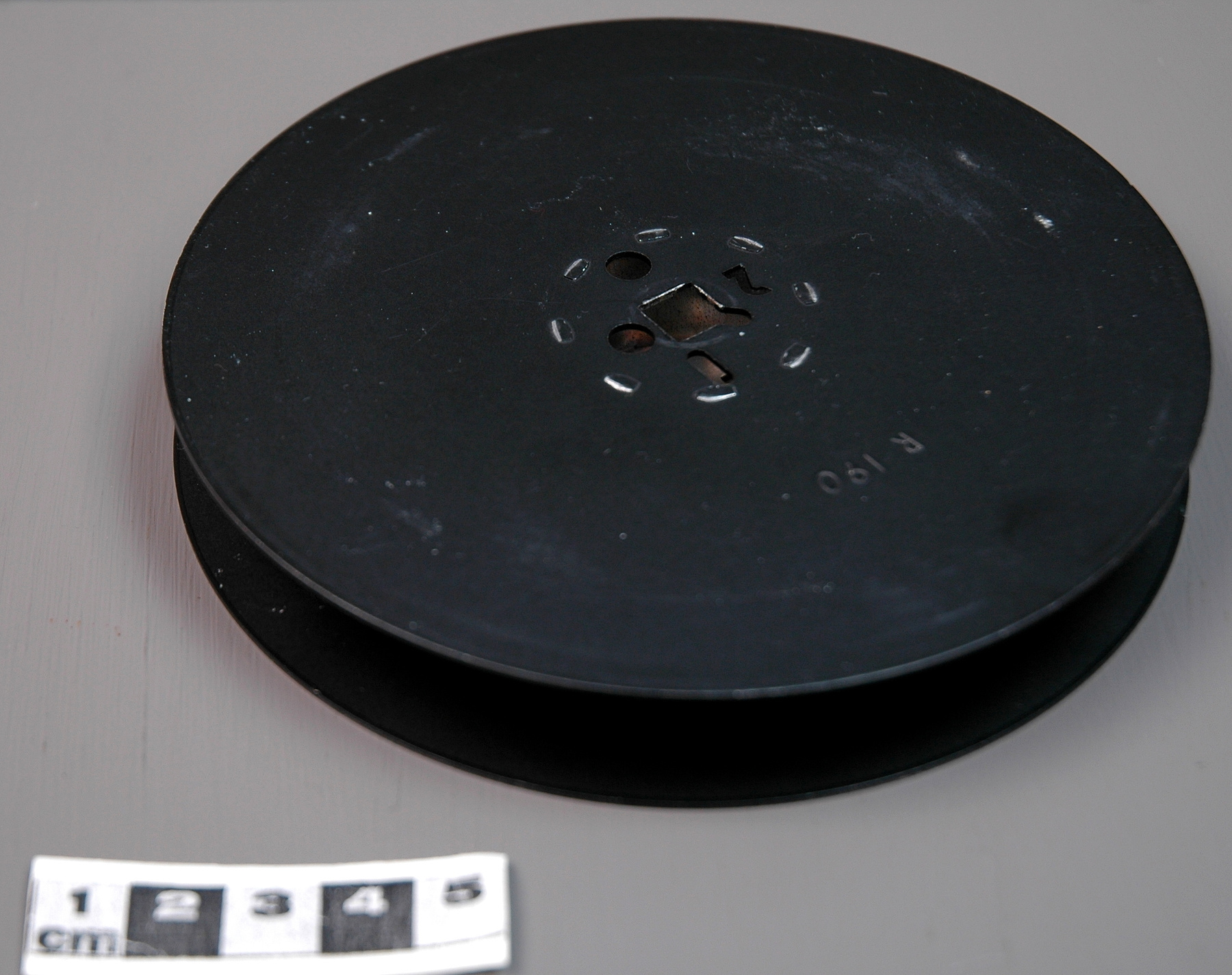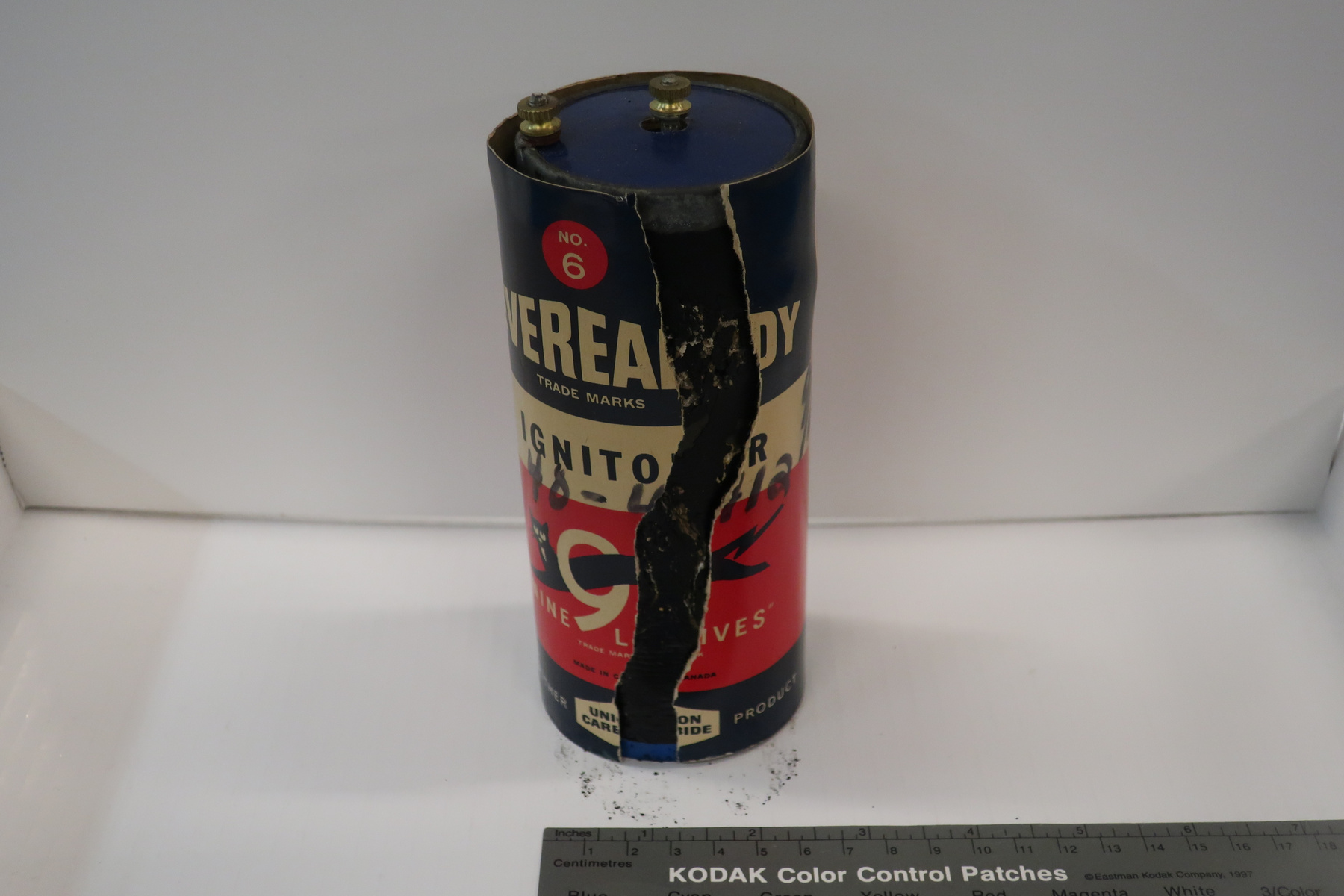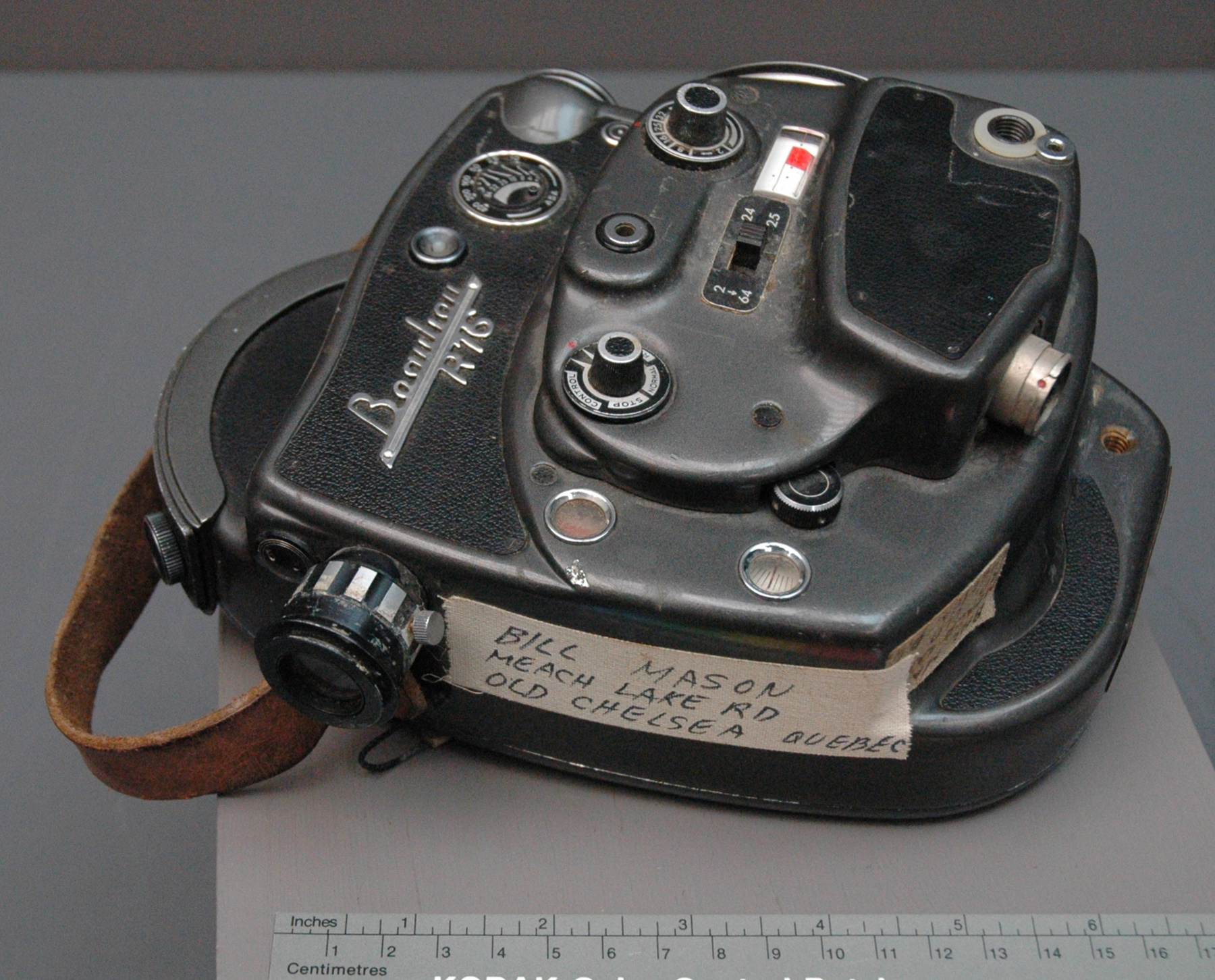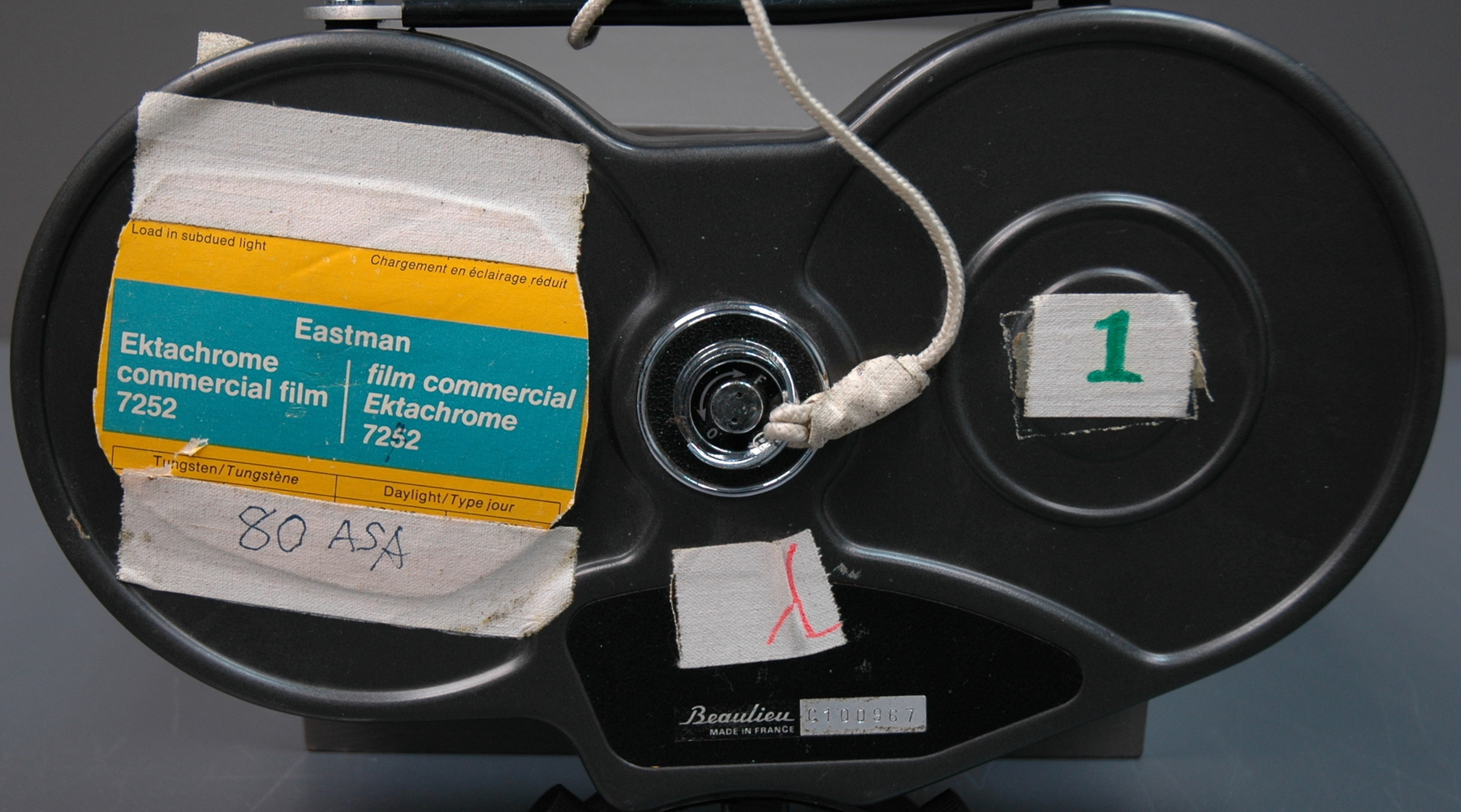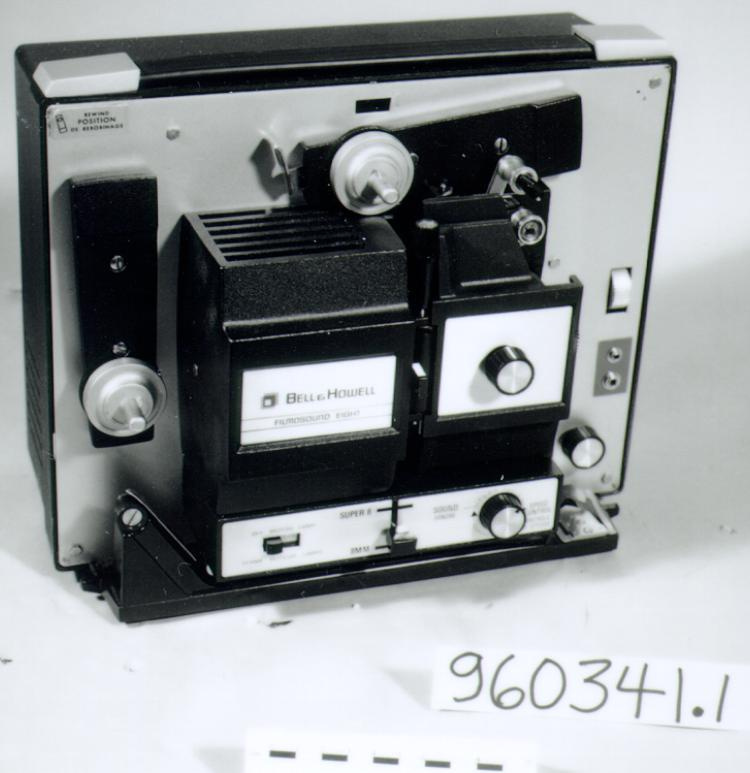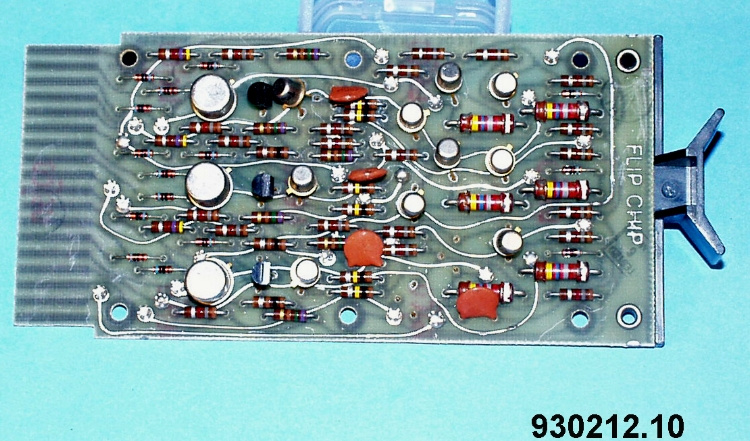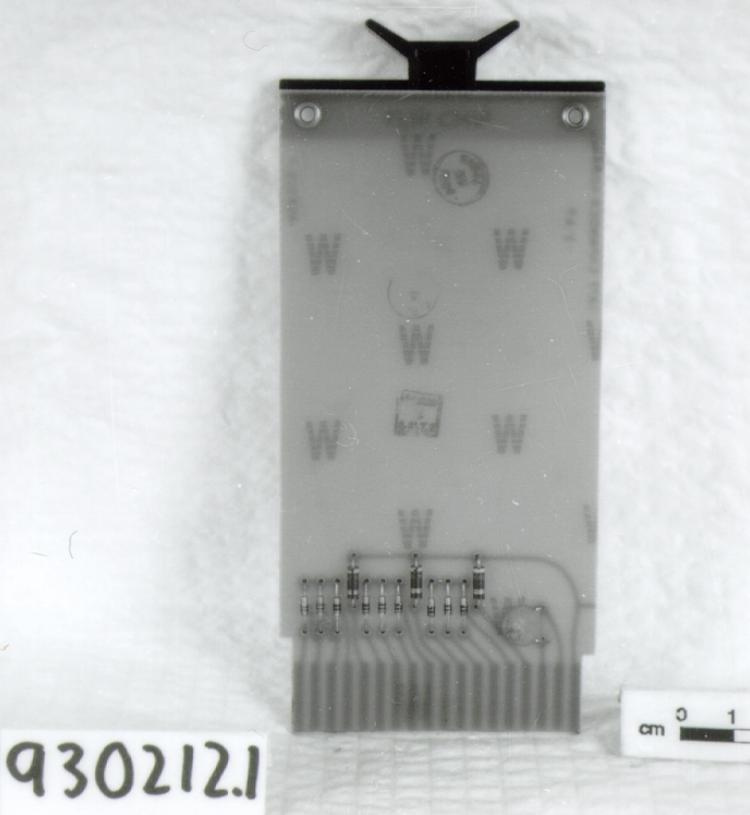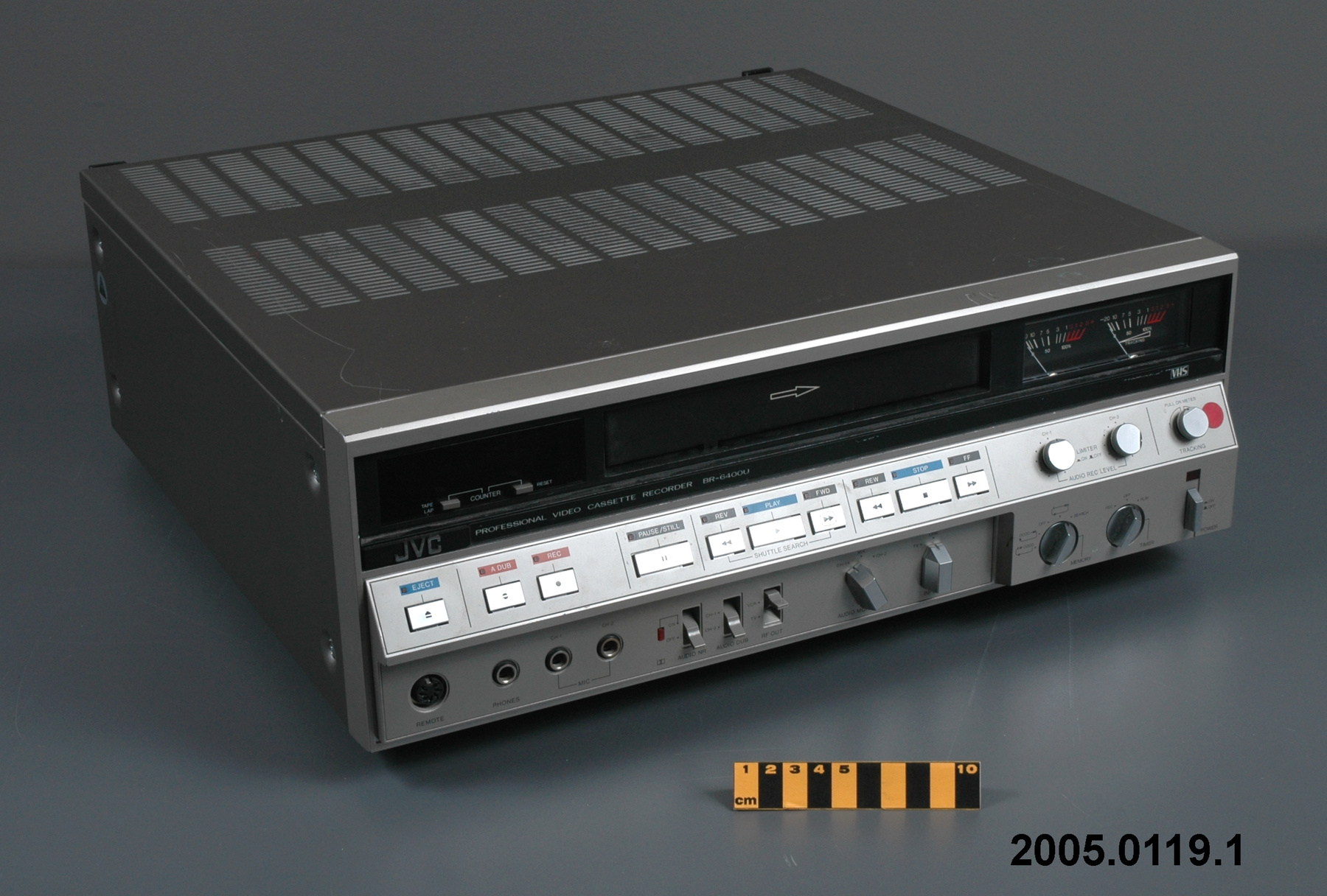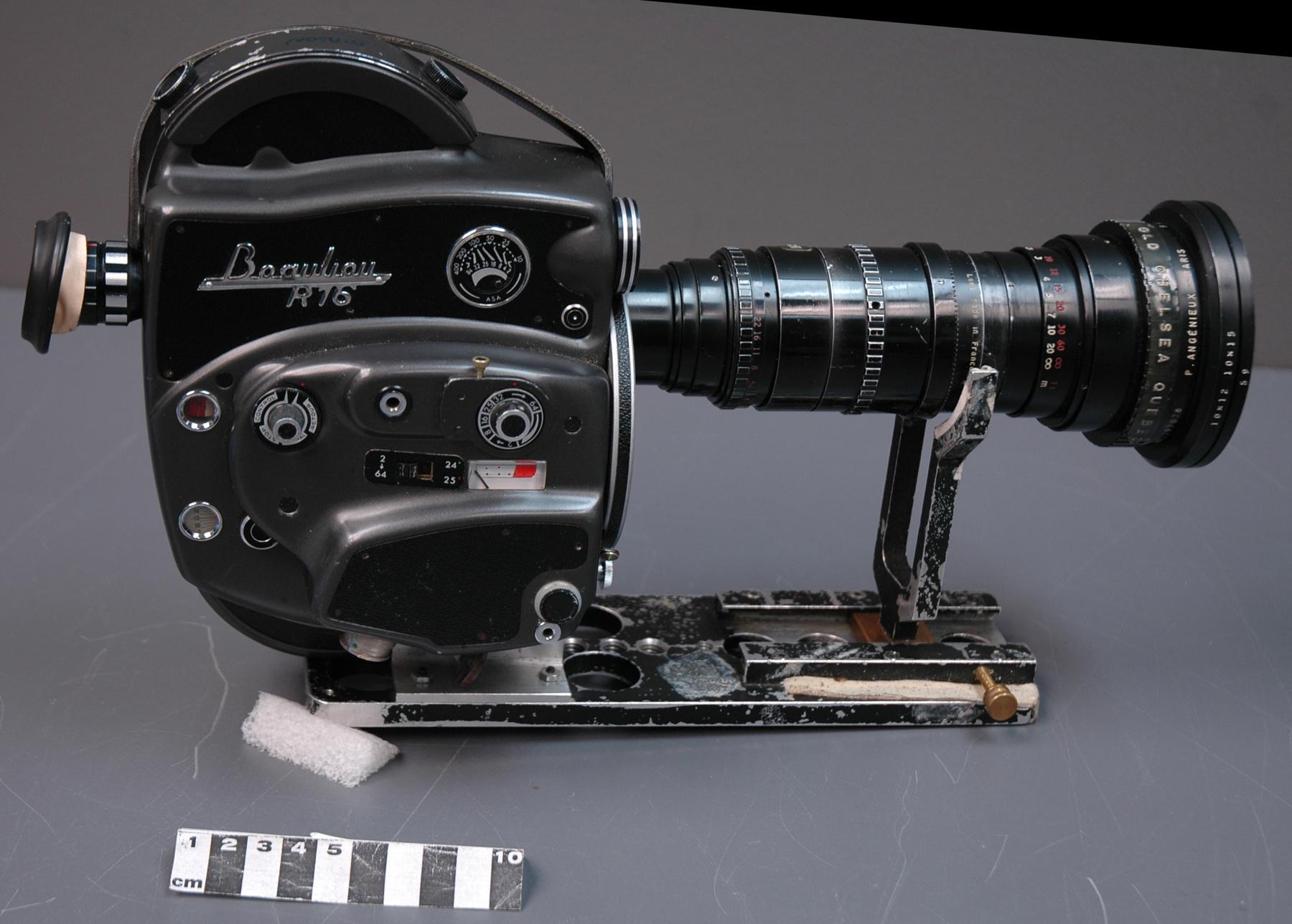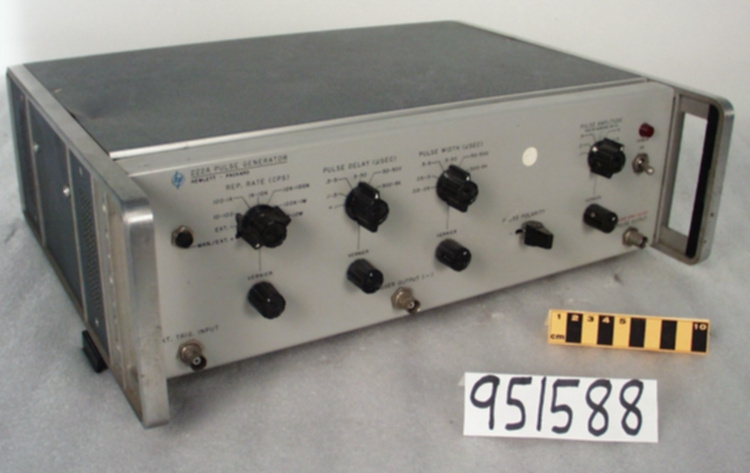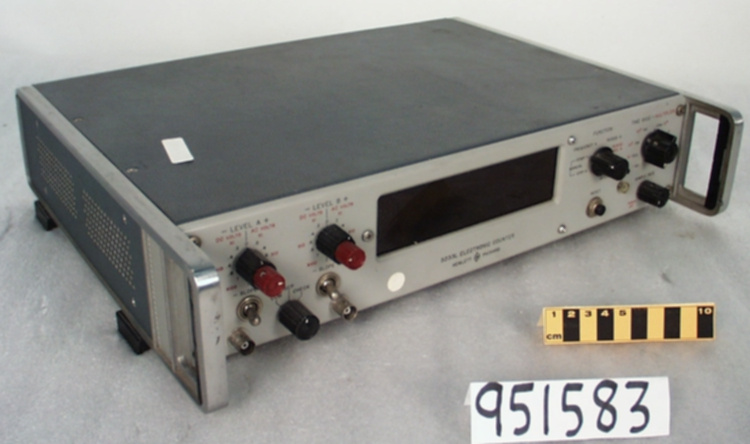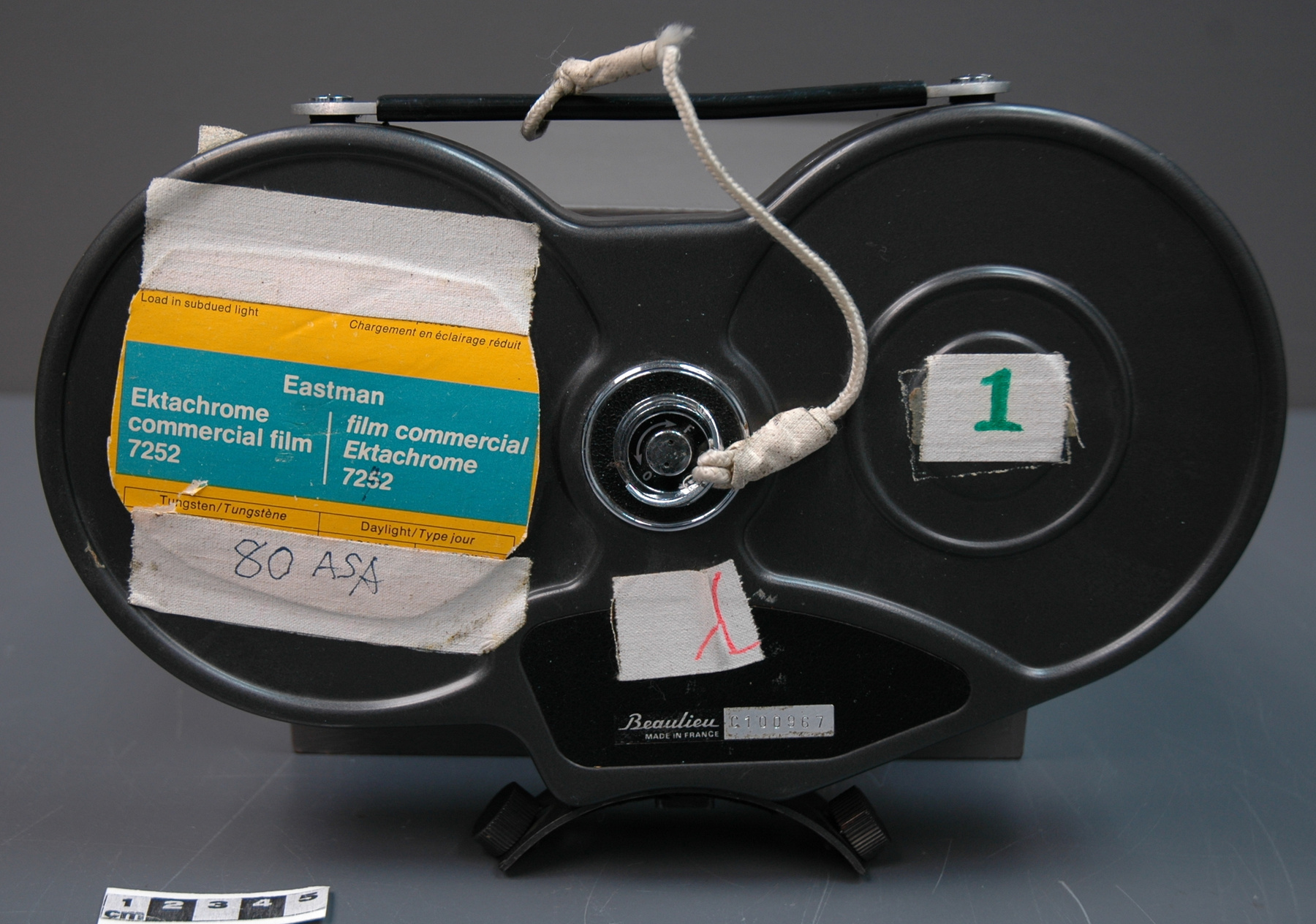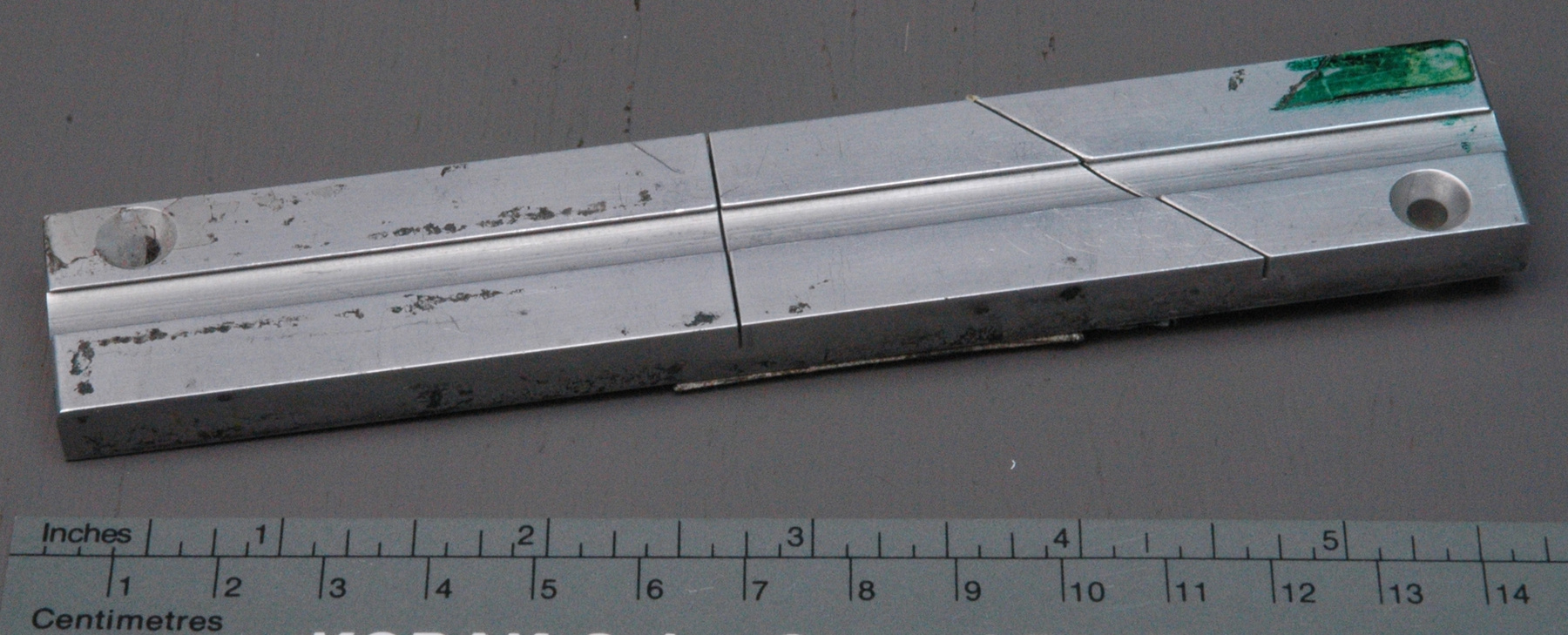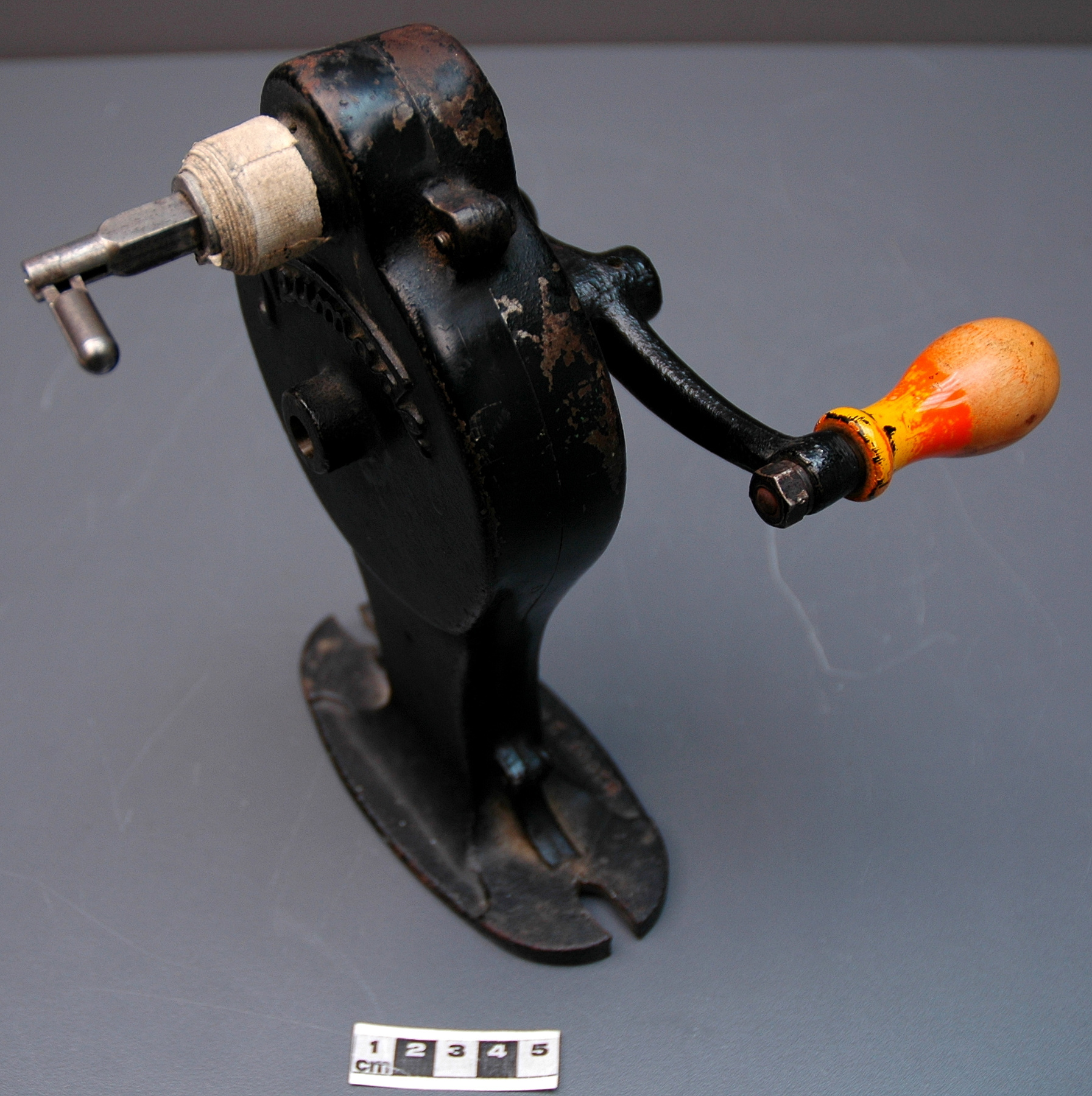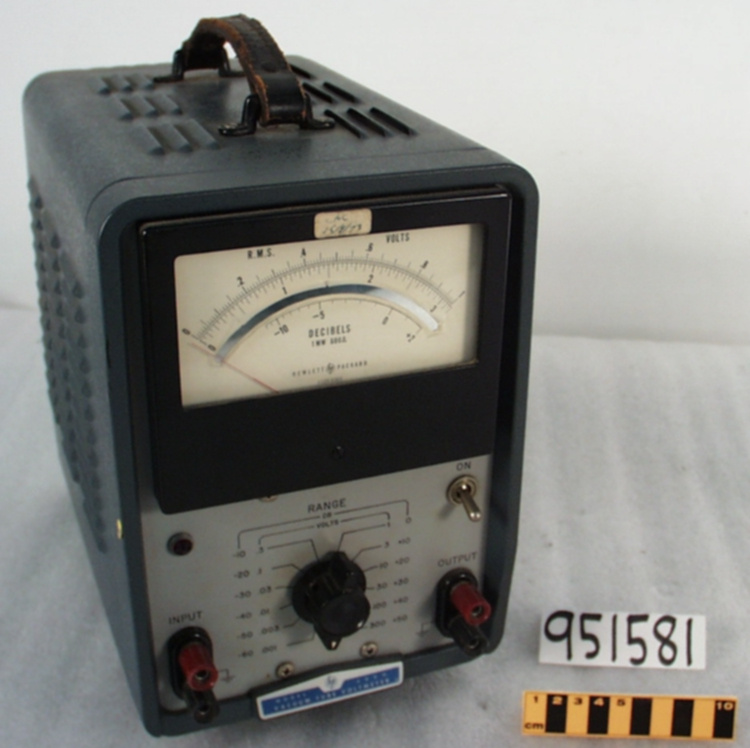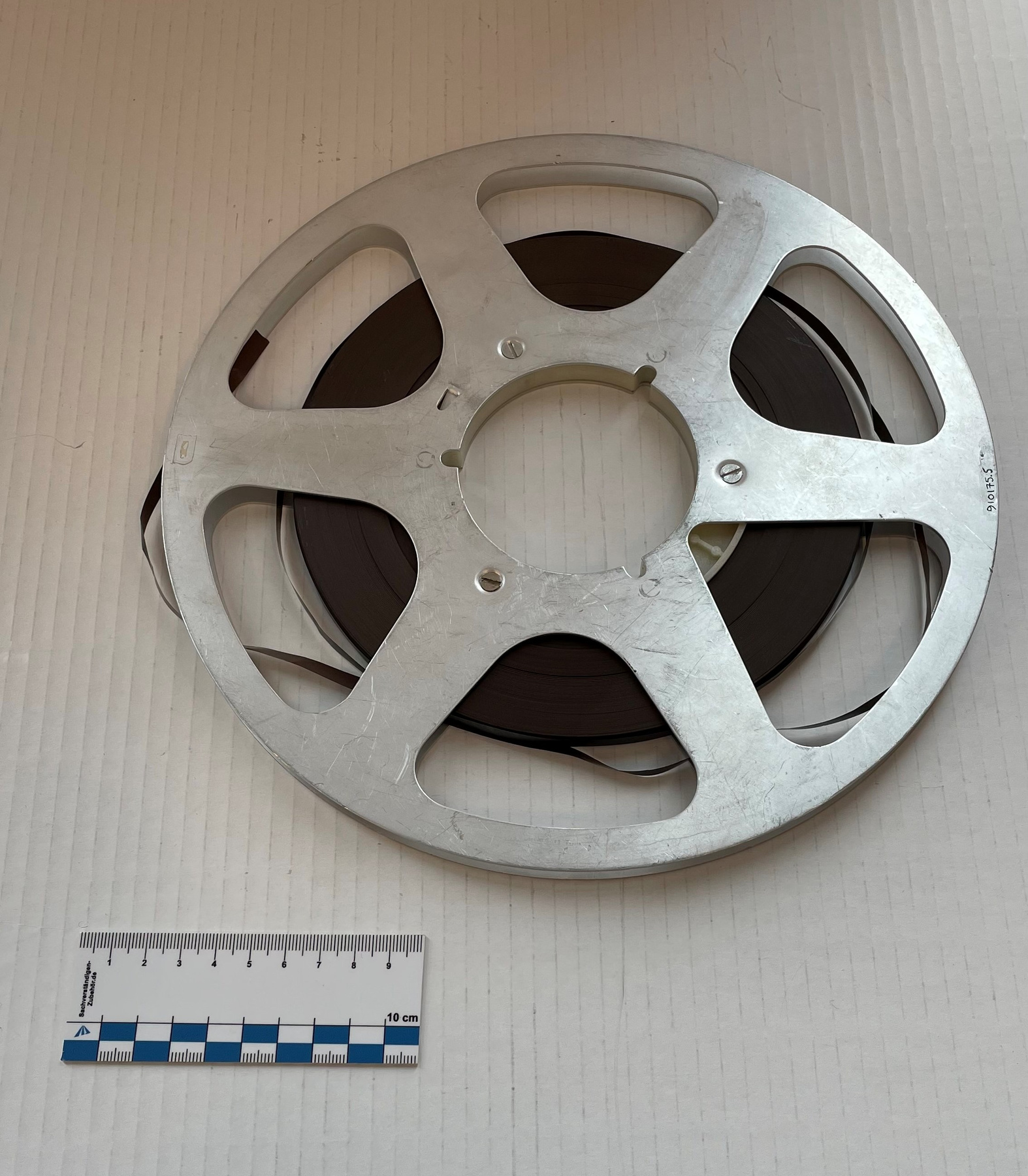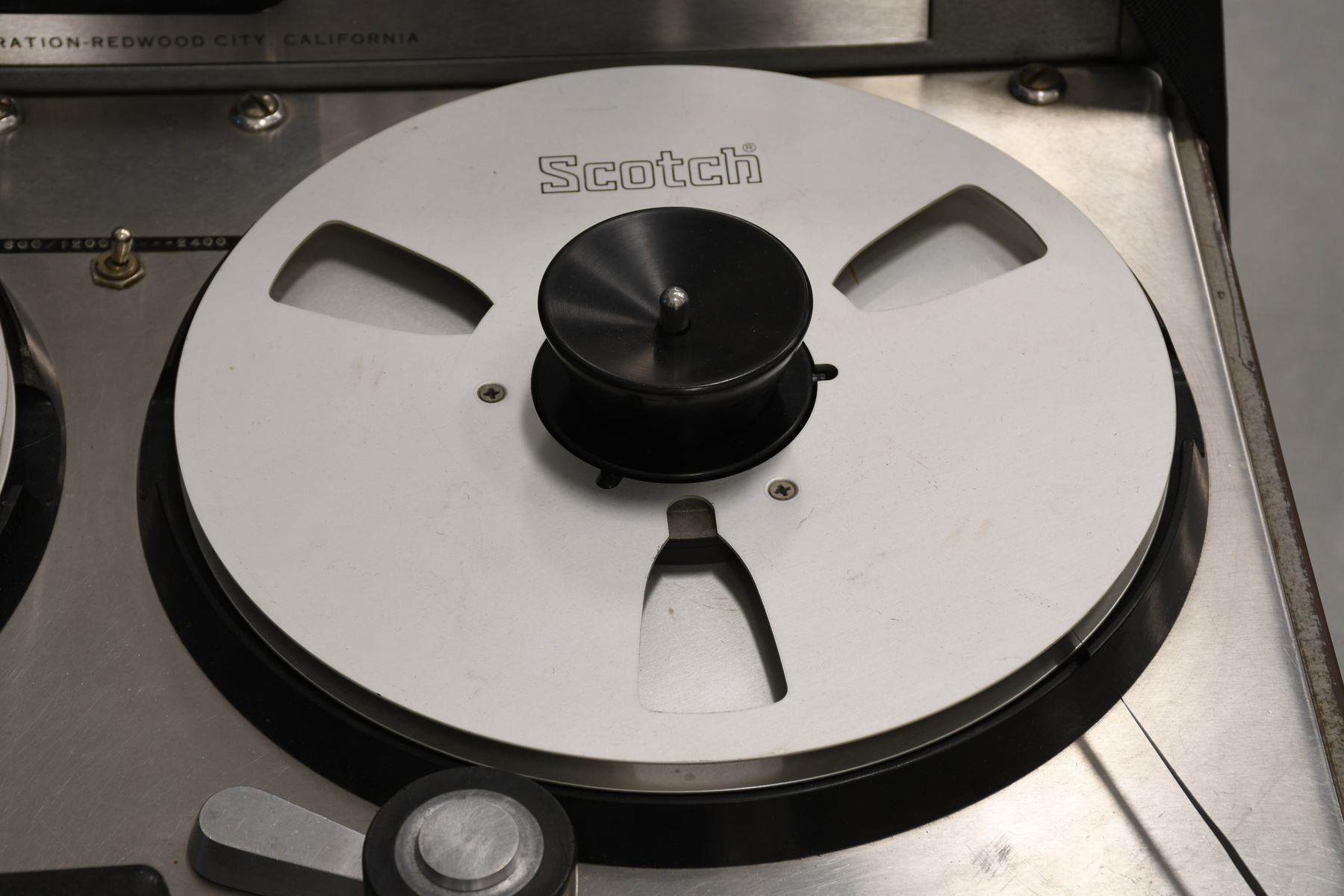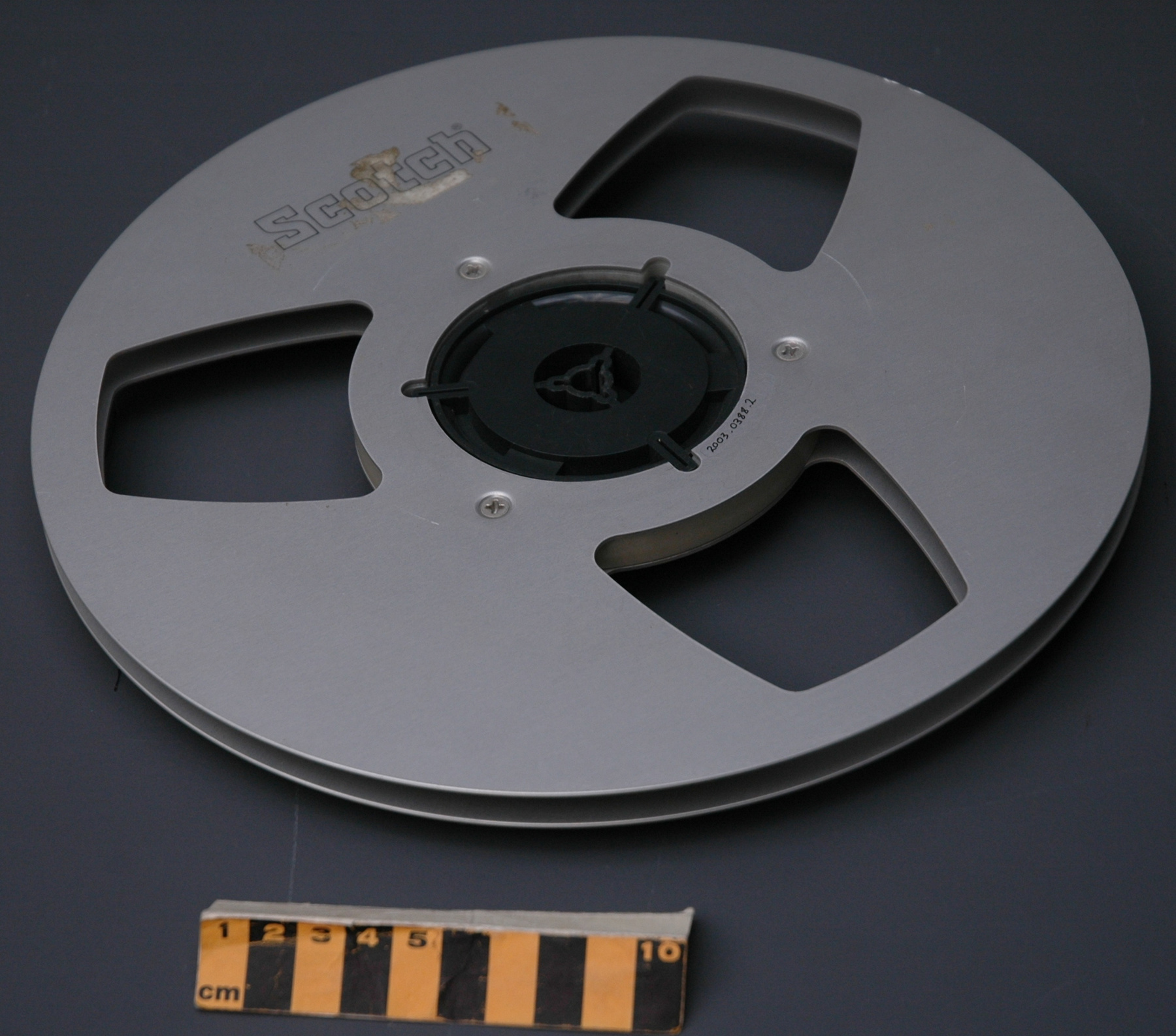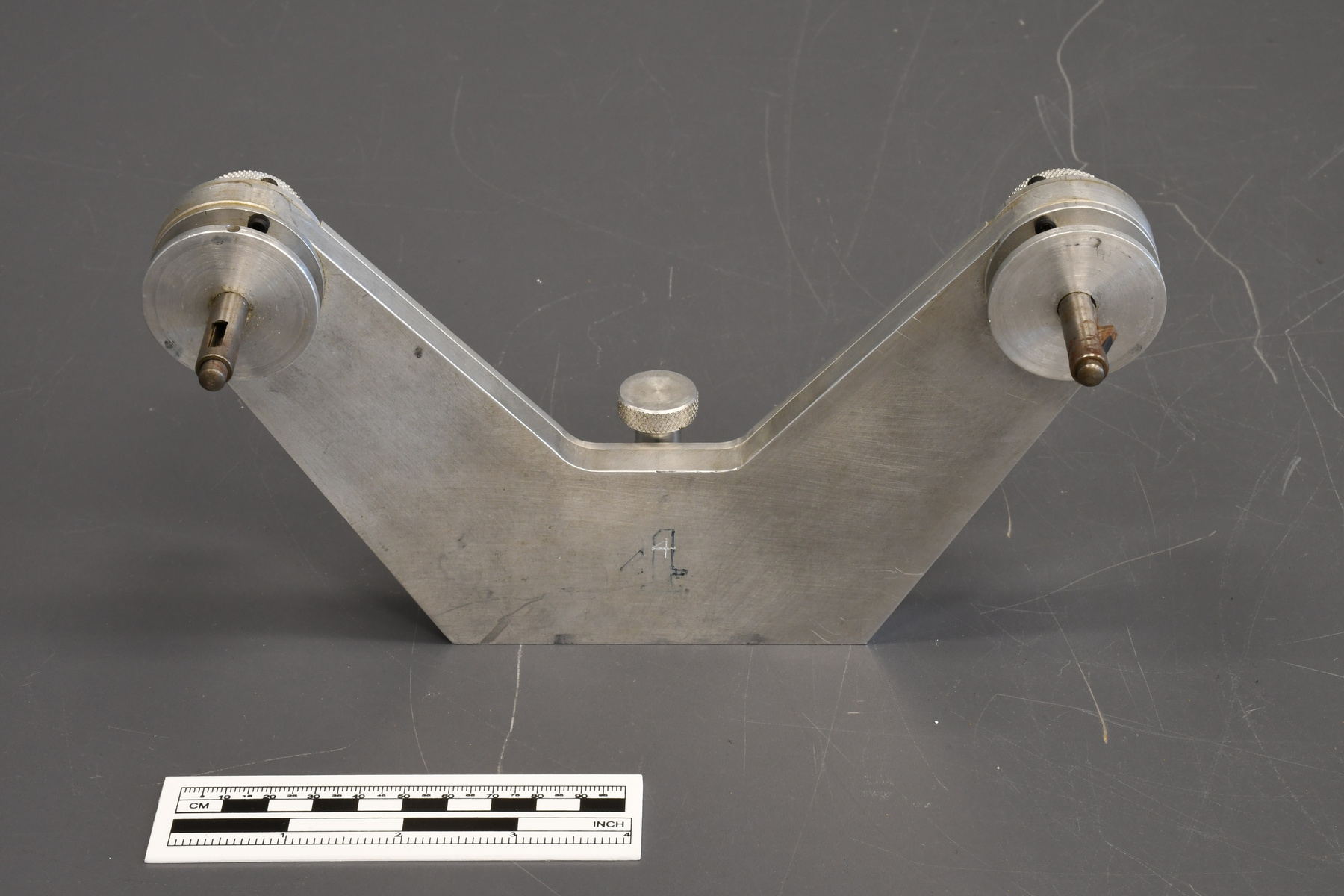Magazine, audio tape
Use this image
Can I reuse this image without permission? Yes
Object images on the Ingenium Collection’s portal have the following Creative Commons license:
Copyright Ingenium / CC BY-NC-ND (Attribution-NonCommercial 4.0 International (CC BY-NC 4.0)
ATTRIBUTE THIS IMAGE
Ingenium,
2011.0300.002
Permalink:
Ingenium is releasing this image under the Creative Commons licensing framework, and encourages downloading and reuse for non-commercial purposes. Please acknowledge Ingenium and cite the artifact number.
DOWNLOAD IMAGEPURCHASE THIS IMAGE
This image is free for non-commercial use.
For commercial use, please consult our Reproduction Fees and contact us to purchase the image.
- OBJECT TYPE
- 2 reel/perforated tape
- DATE
- 1955–1960
- ARTIFACT NUMBER
- 2011.0300.002
- MANUFACTURER
- Salco Corp. Ltd.
- MODEL
- Unknown
- LOCATION
- Toronto, Ontario, Canada
More Information
General Information
- Serial #
- N/A
- Part Number
- 2
- Total Parts
- 3
- AKA
- N/A
- Patents
- N/A
- General Description
- Metal tape winder.
Dimensions
Note: These reflect the general size for storage and are not necessarily representative of the object's true dimensions.
- Length
- 22.0 cm
- Width
- 8.0 cm
- Height
- 13.0 cm
- Thickness
- N/A
- Weight
- N/A
- Diameter
- N/A
- Volume
- N/A
Lexicon
- Group
- Communications
- Category
- Sound
- Sub-Category
- N/A
Manufacturer
- AKA
- Salco
- Country
- Canada
- State/Province
- Ontario
- City
- Toronto
Context
- Country
- Canada
- State/Province
- Ontario
- Period
- Used ca. late 1950s to early 1960s.
- Canada
-
For decades after its founding in 1941 the National Film Board was Canada’s largest centre for the production of films, the training of filmmakers, and the development of new film technology. Unlike the CBC, much of whose production was broadcast live, recorded on video tape, purchased from other sources, or limited to ephemeral news films, the NFB was dedicated to the production of original films for exhibition largely in the film medium. Due to its freedom from commercial pressures, its large permanent staff and its possession of its own studios and laboratories, the NFB was able to maintain high technical standards and encourage technical and stylistic innovation by its staff. From the early 1950s through the early 1960s, the National Film Board enjoyed a "golden age" with a string of award-winning documentaries and innovative animated films. Expo 67 and the NFB's showcase Labyrinth pavilion marked the apogee of the institution's political and financial fortunes. By the end of the 1960s, however, there was growing public and political disenchantment with the NFB over unsuccessful forays into feature films, a number of controversial documentaries and a decline in its output of educational and sponsored factual films. Over the next two decades, the federal government promoted the development of a commercial film industry by taking away the NFB's lucrative sponsored work (done for government departments) and providing grants and tax incentives for privately produced feature films. Henceforth the Board would increasingly limit itself to research and experimentation, the training of young filmmakers, and provision of technical and distribution services for independent producers. Board staff produced a steady supply of award-winning documentaries, dramas and animated films through the 1970s and 1980s, yet its role within the Canadian film landscape was steadily diminishing. In the last two decades, it has sharpened its focus on “social issue documentaries, auteur animation and alternative dramas” and has brought its distribution system into the digital age. Increasingly, its films are realized through a diverse range of community-based projects, programs for emerging filmmakers, and joint productions with independent producers and directors. - Function
-
Holds the audio tape and a take up reel and allows them to turn when the recorder-player is running. - Technical
-
Chester Beachell of the NFB technical staff designed the Sprocketape portable, lightweight magnetic tape recorder in 1954-55. Sprocketape solved a problem for sound crews on mobile production teams by allowing synchronization of an audiotape recorder with the camera, allowing the separate image and sound records to later be matched and combined. At this time the only practical method of on-location synchronized sound filming was the Auricon Filmagnetic sound camera, in which audio was recorded on a magnetic stripe along one edge of the image film. Sound quality was barely adequate and the film was difficult to edit because the sound track and corresponding picture were staggered by 26 frames. The first two Sprocketape machines, built by the tool and die firm Salco Inc. of Toronto, went into service in January 1956. By 1957 95 per cent of original NFB recordings were done on one of twelve Sprocketapes. The recorder took a 1/4 inch tape perforated along one edge to 16 mm film perforation dimensions. The motor on the recorder was controlled by the camera switch, with synchronization ensured by the identical perforations of film and tape. Aligning sound and picture records during editing was aided by a continuous tone on the tape and an optical streak on the film. The NFB developed and used portable sync equipment well before many American and French film makers who were credited as pioneers of cinéma verité. The Sprocketape location sound recorders, according to one film historian, "made cinéma vérité possible at the Board." Sprocketapes remained the "workhorses" of NFB film crews in the field until 1963, when they were replaced by Kudelski’s new Nagra tape recorders. - Area Notes
-
Unknown
Details
- Markings
- Stamped into the proper front: "4"
- Missing
- Appears complete
- Finish
- Silver-coloured metal arm with black screws.
- Decoration
- N/A
CITE THIS OBJECT
If you choose to share our information about this collection object, please cite:
Salco Corp. Ltd., Magazine, audio tape, circa 1955–1960, Artifact no. 2011.0300, Ingenium – Canada’s Museums of Science and Innovation, http://collection.ingeniumcanada.org/en/id/2011.0300.002/
FEEDBACK
Submit a question or comment about this artifact.
More Like This
